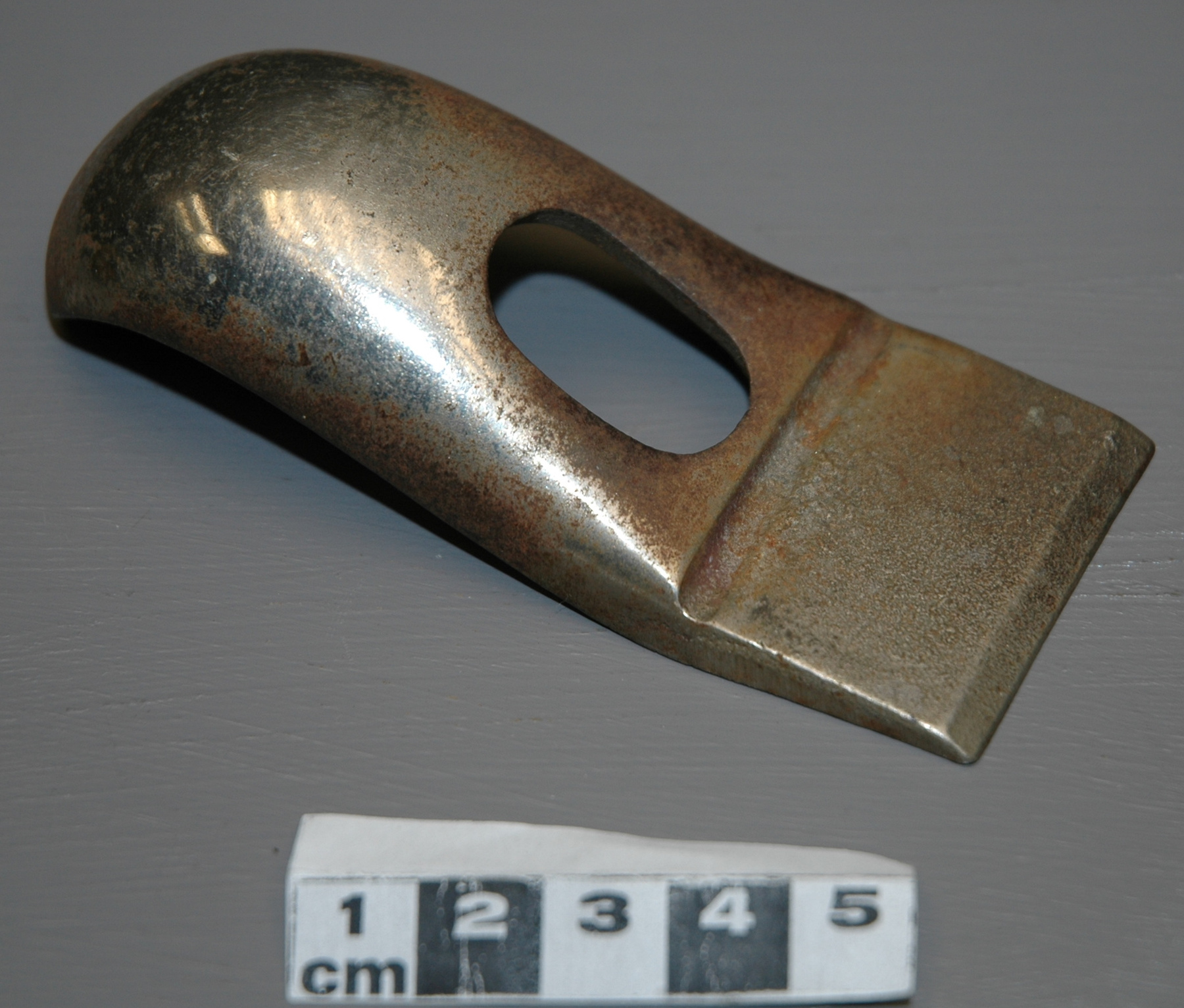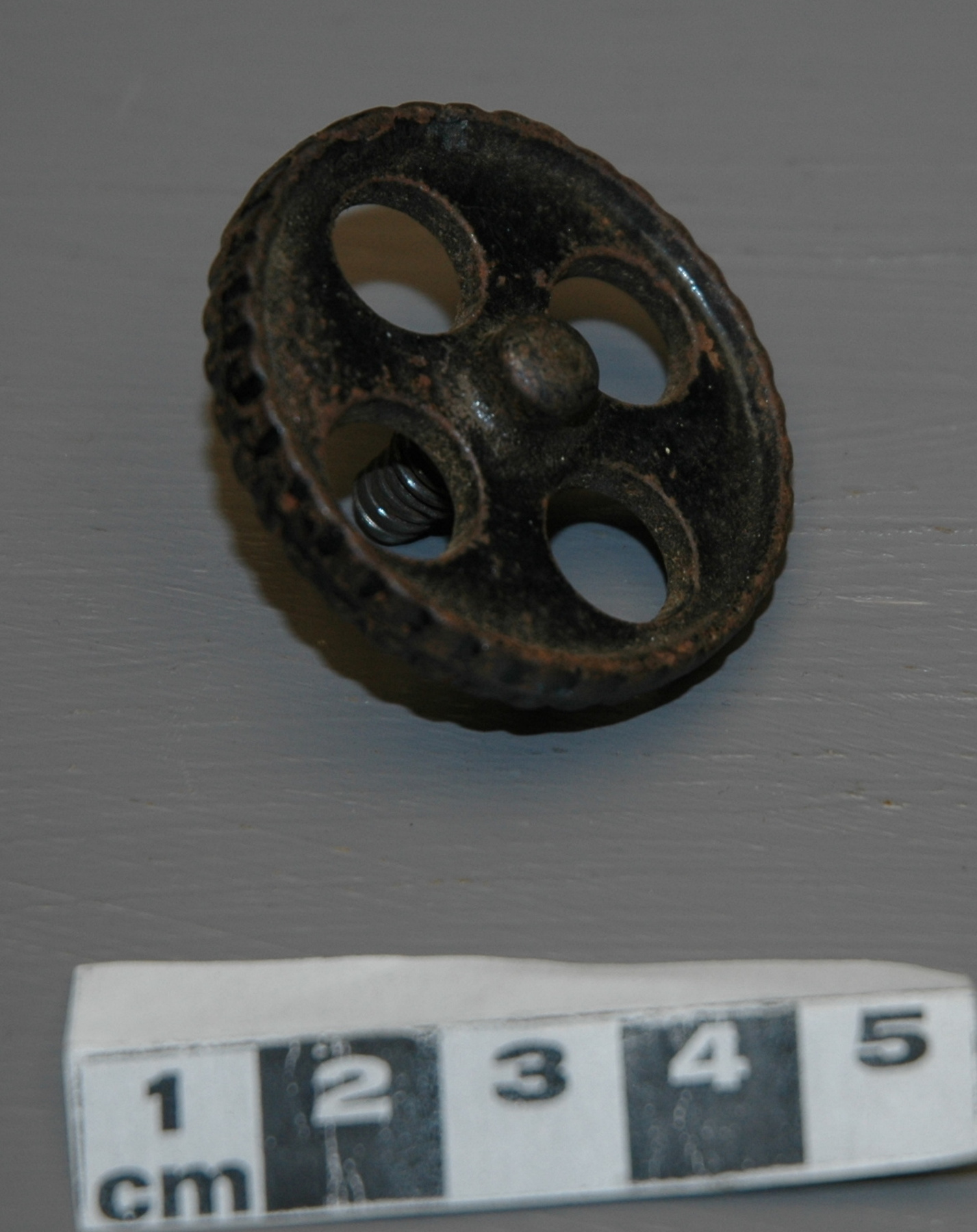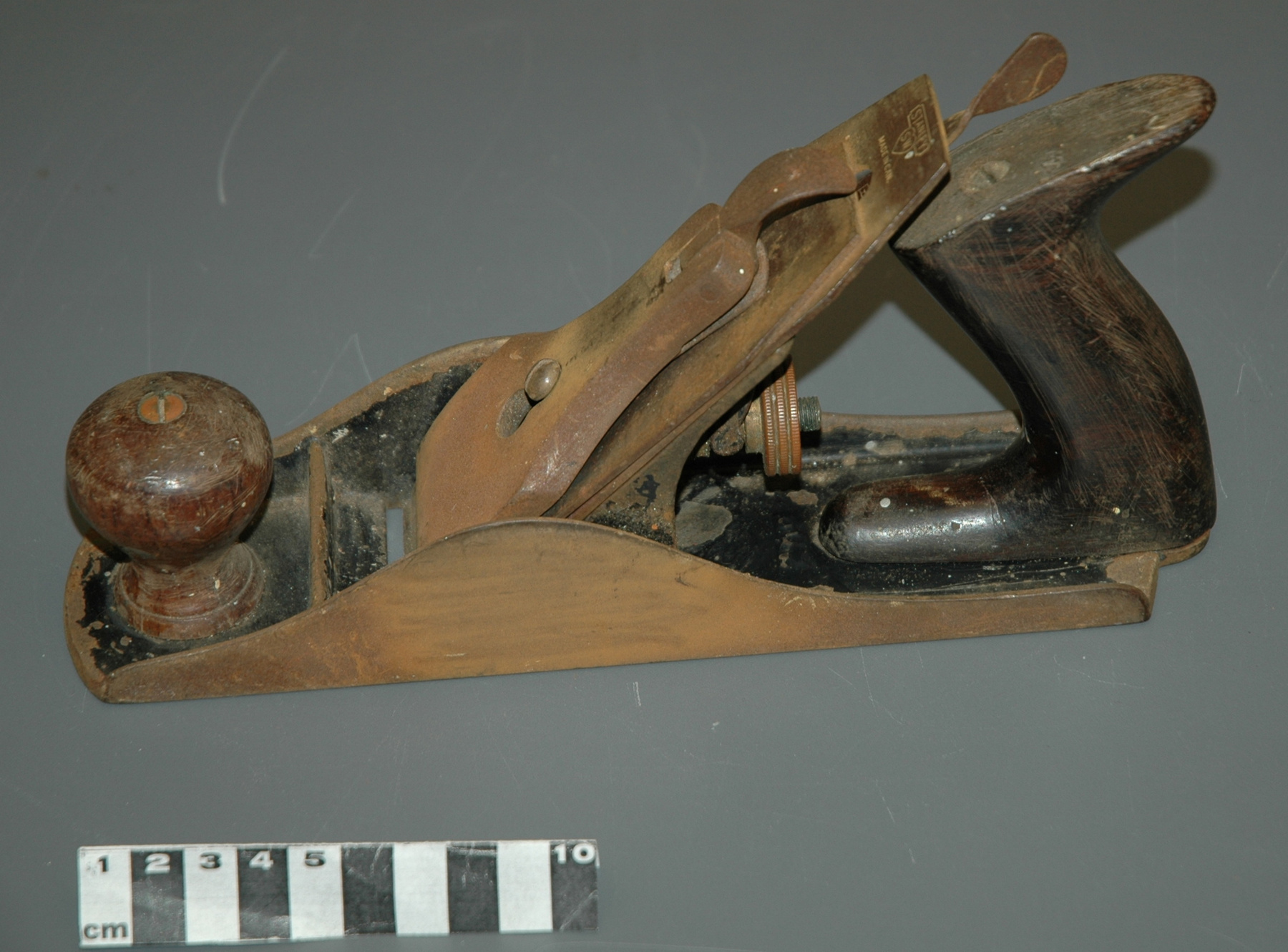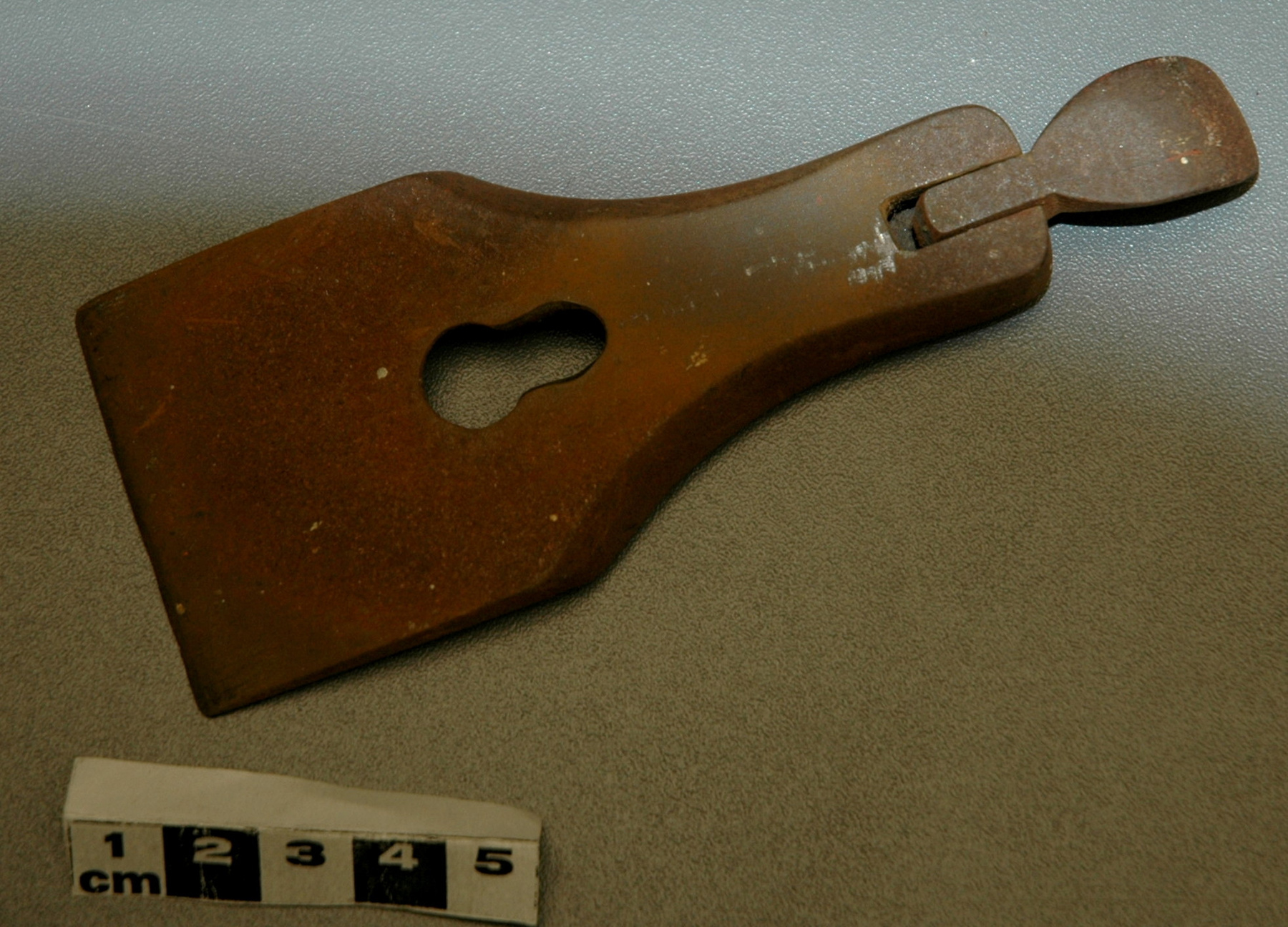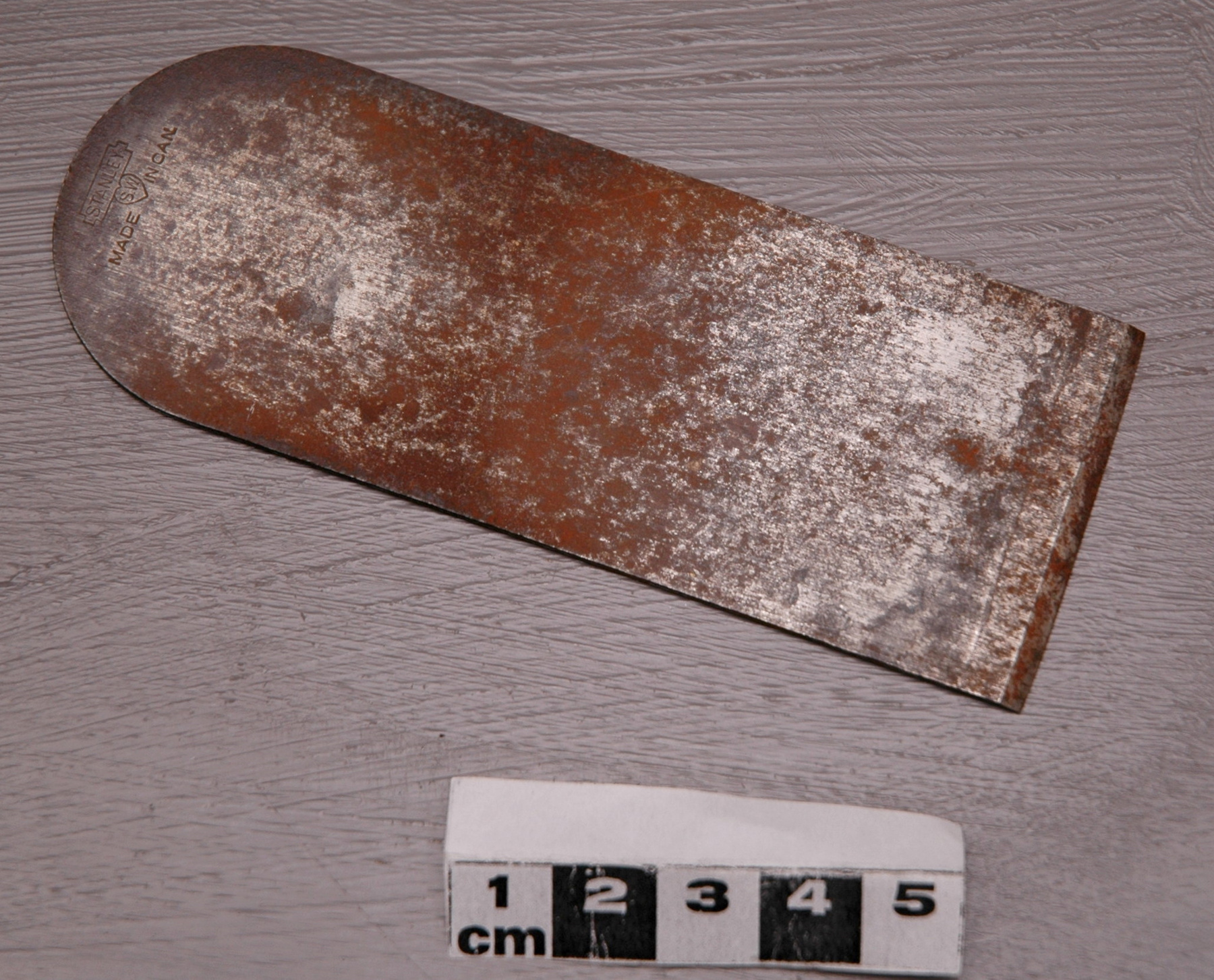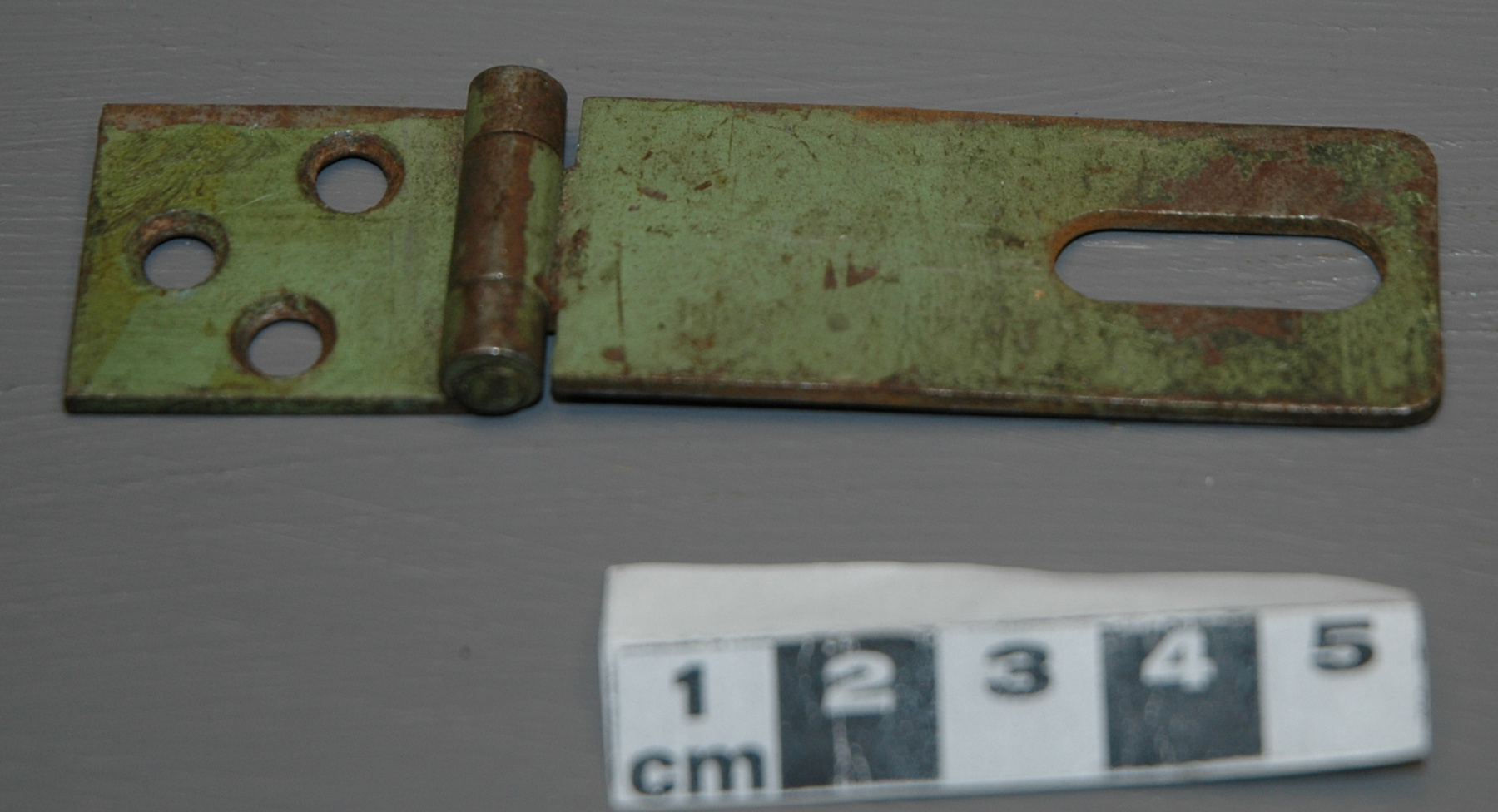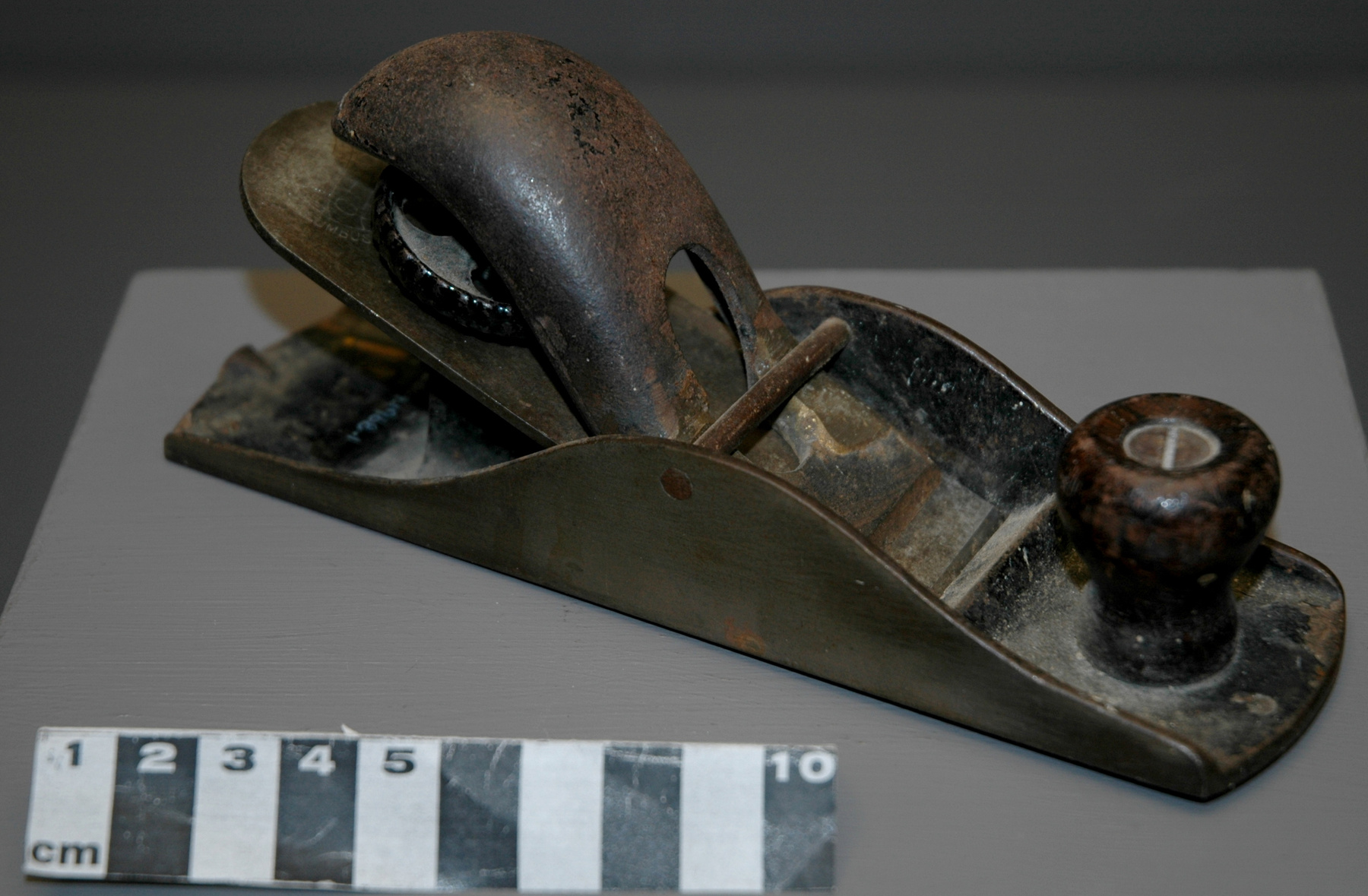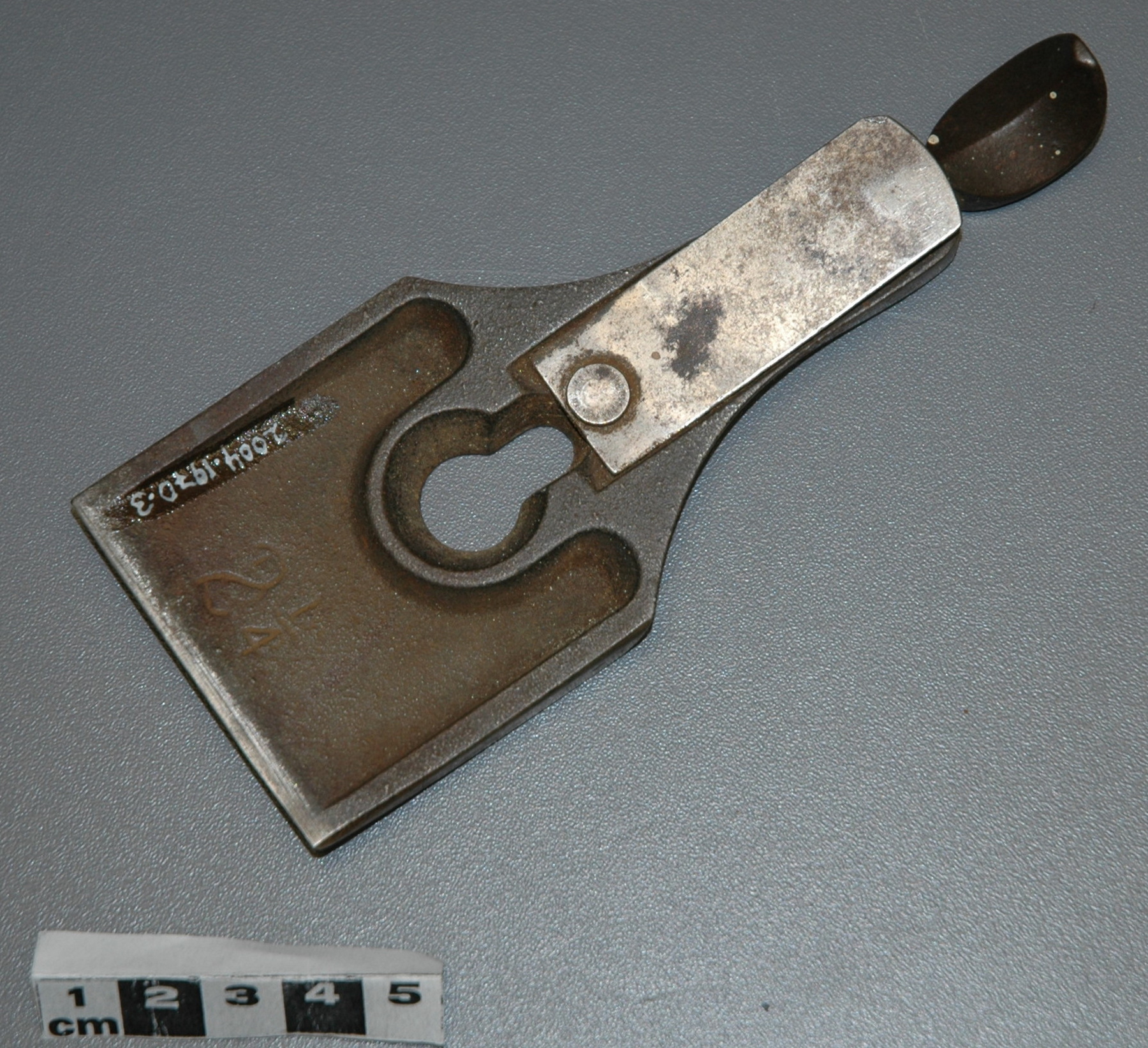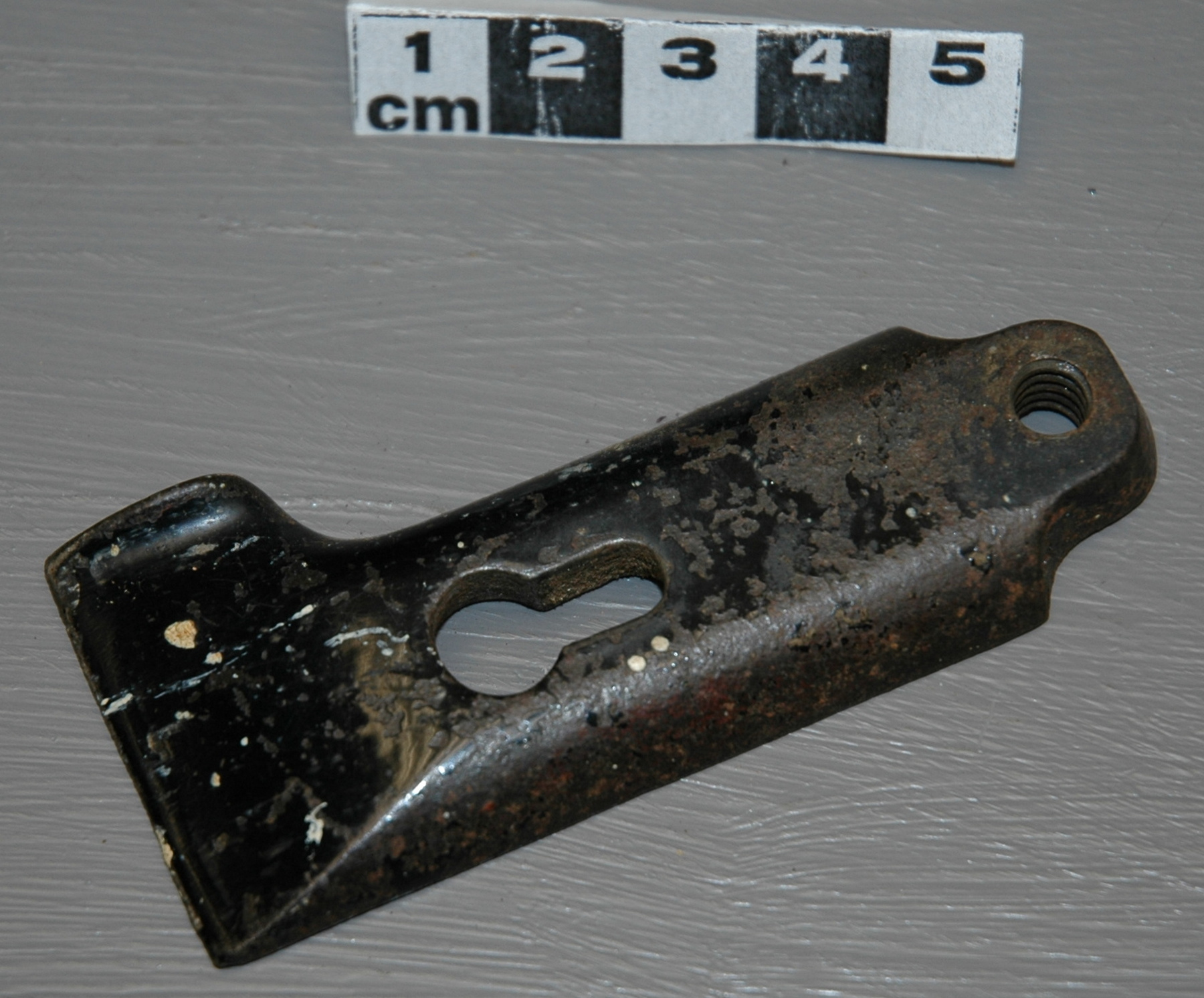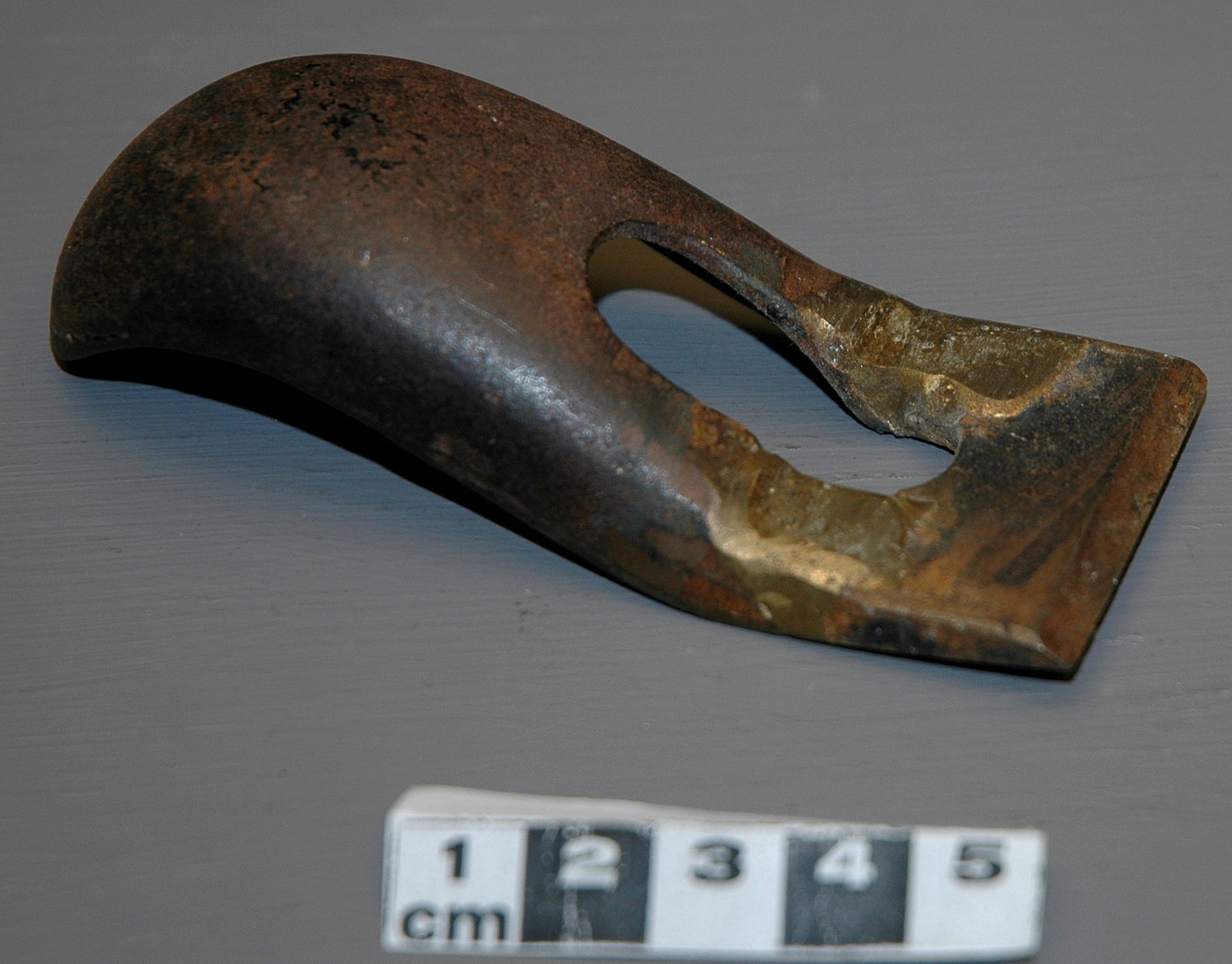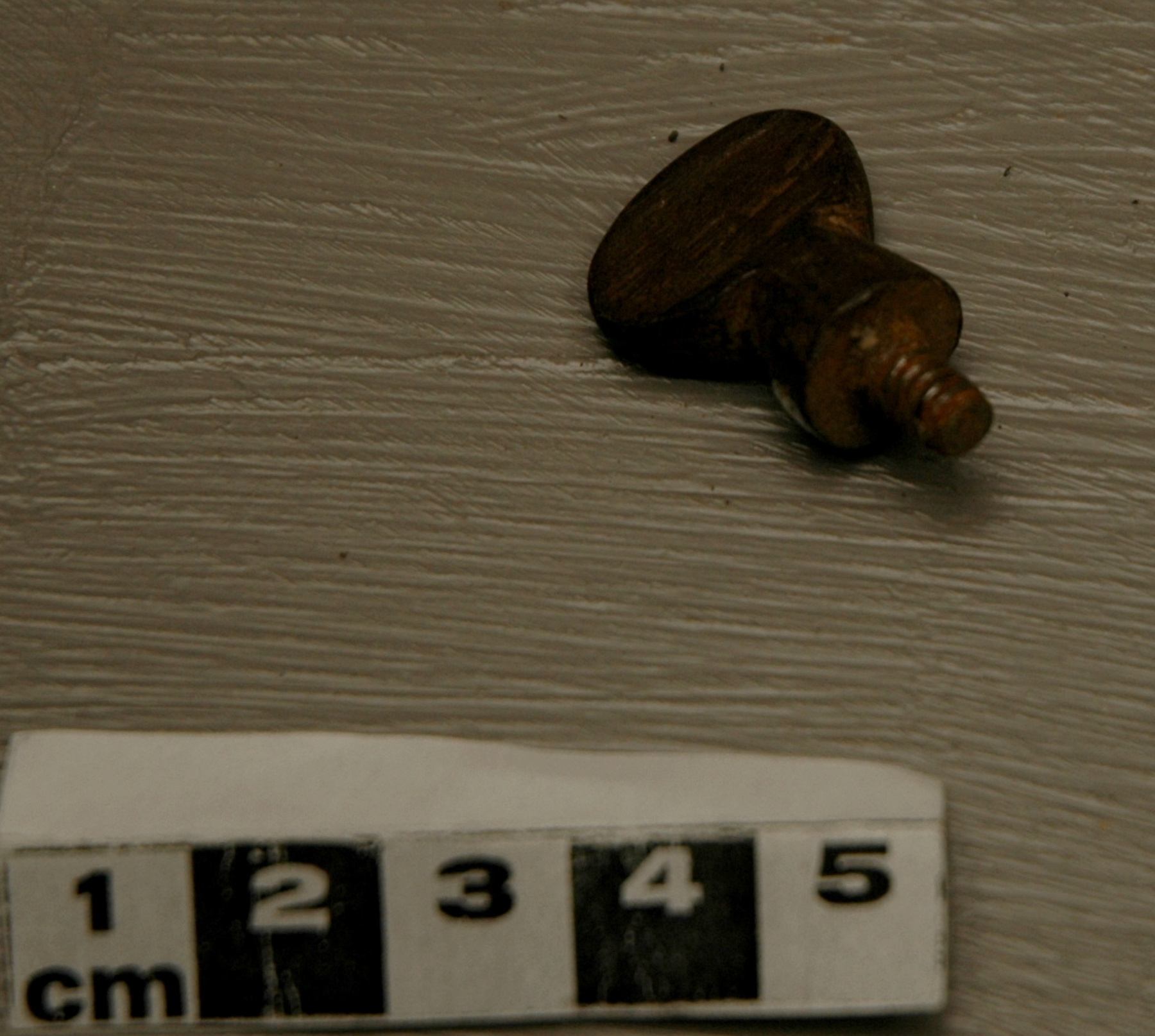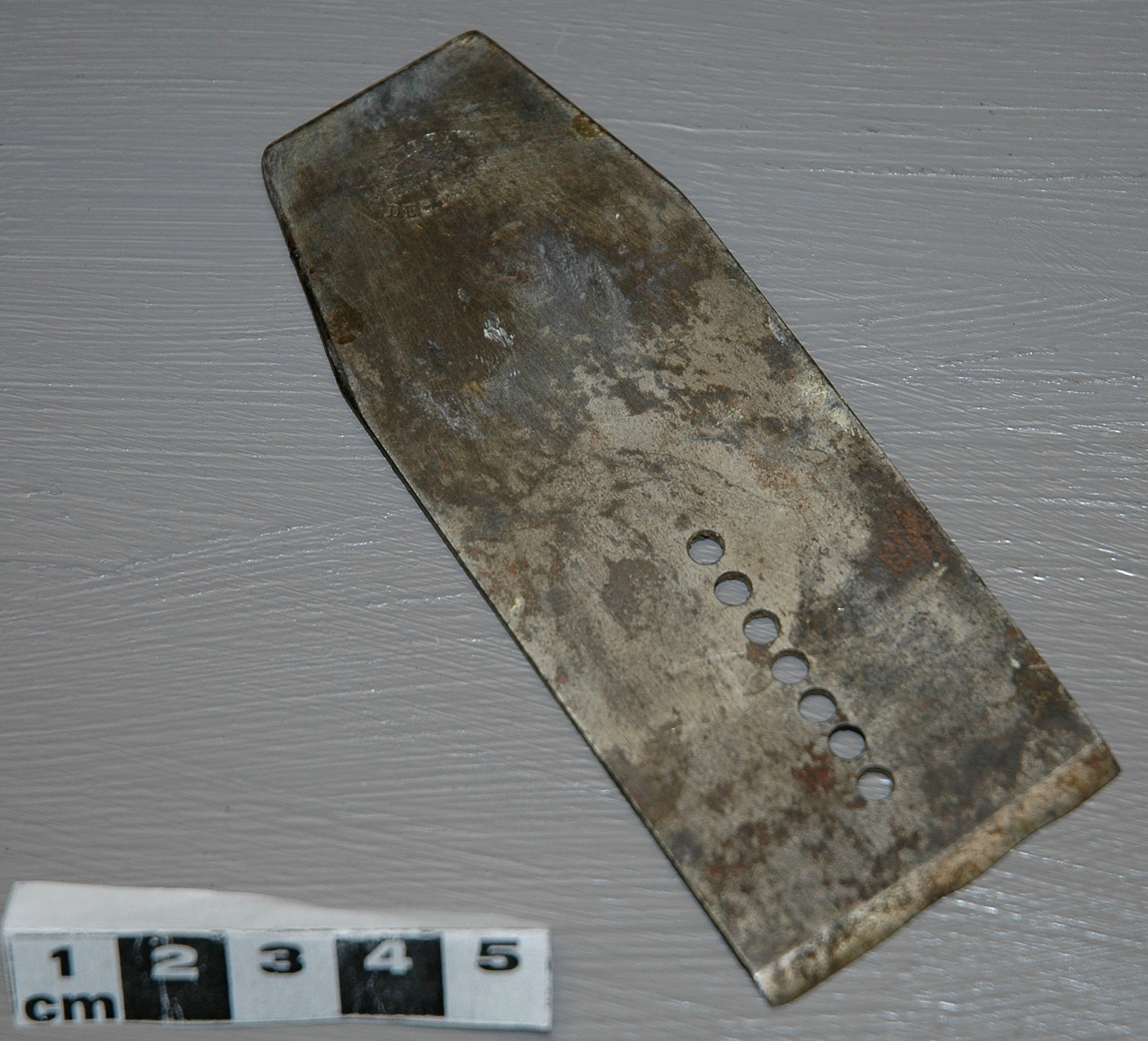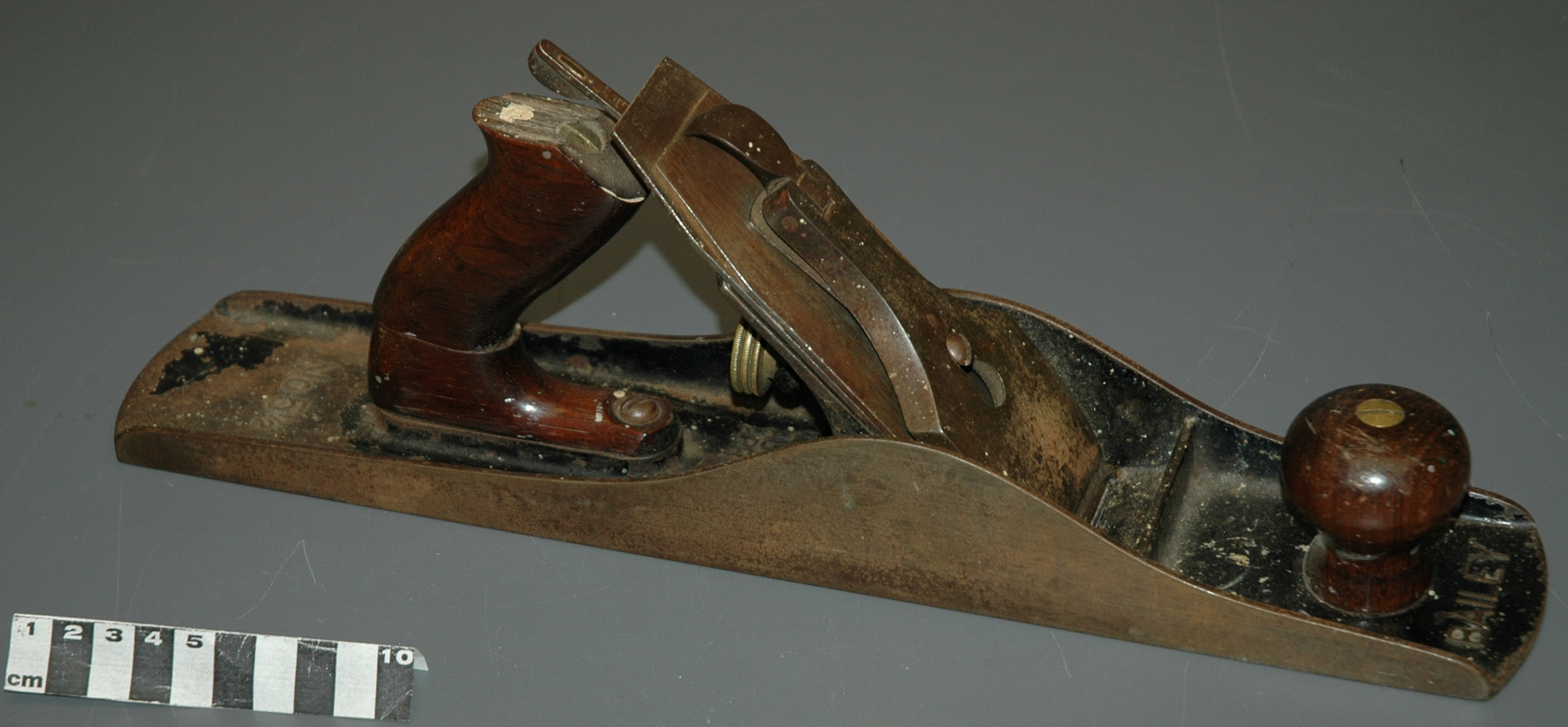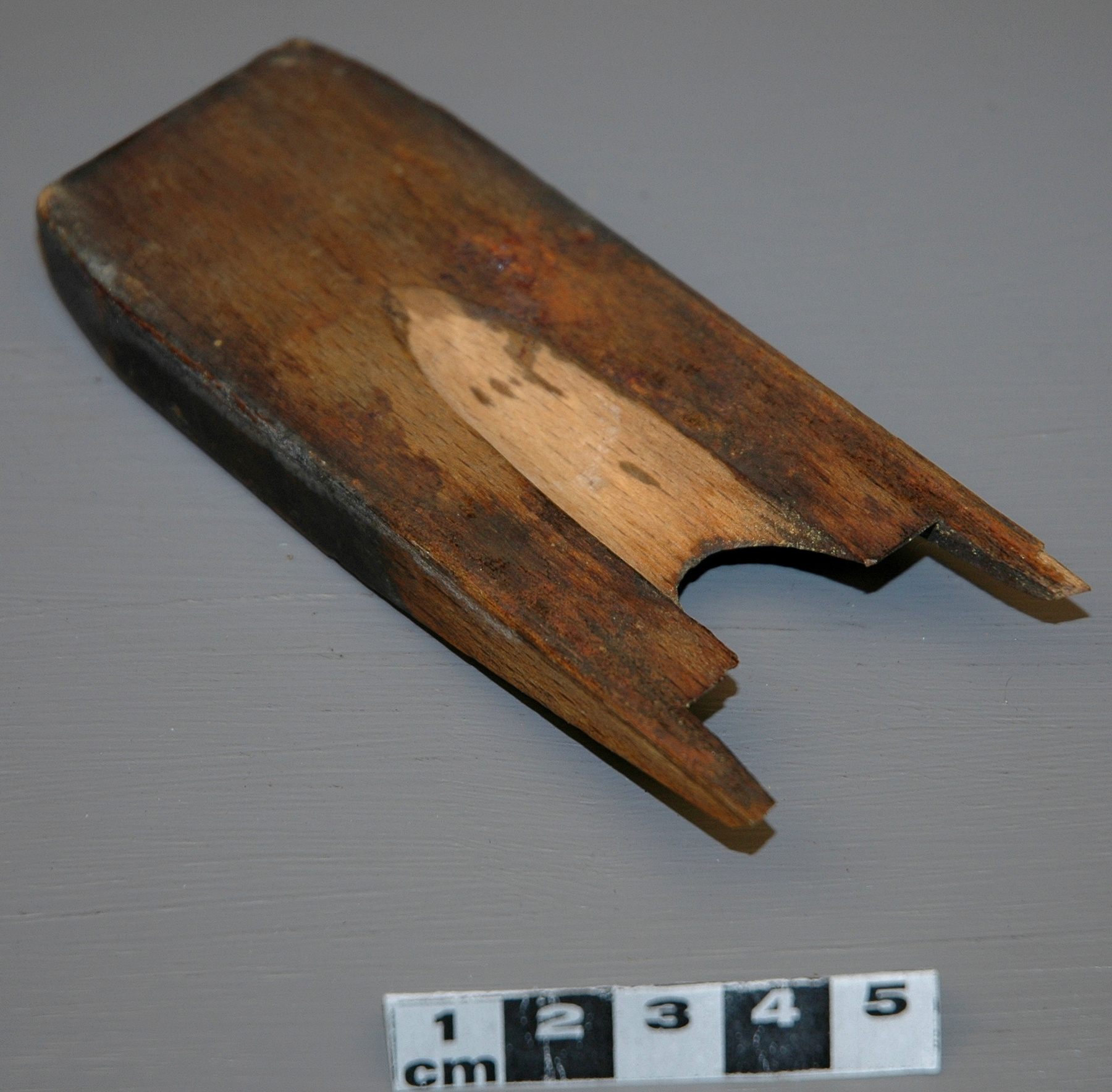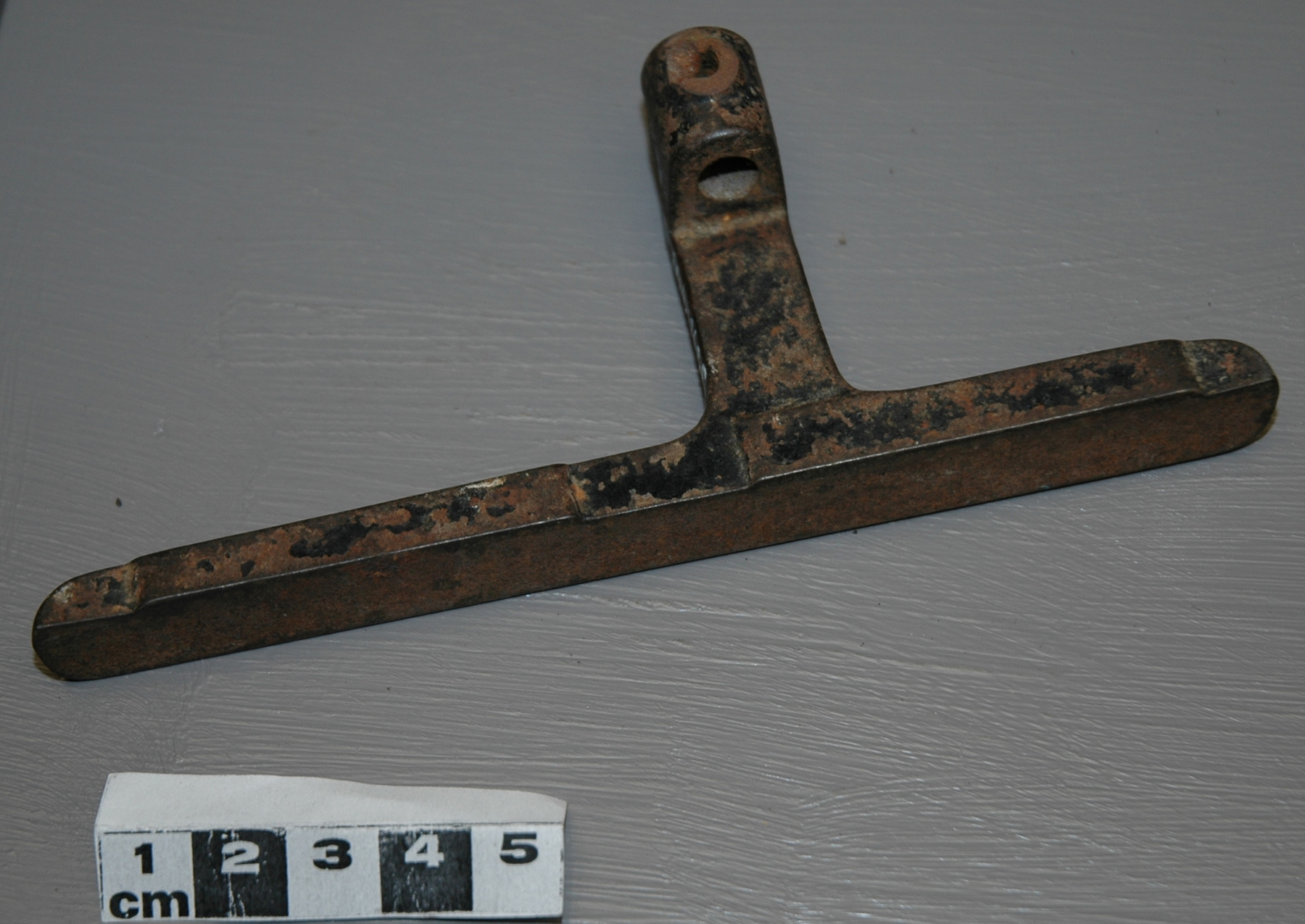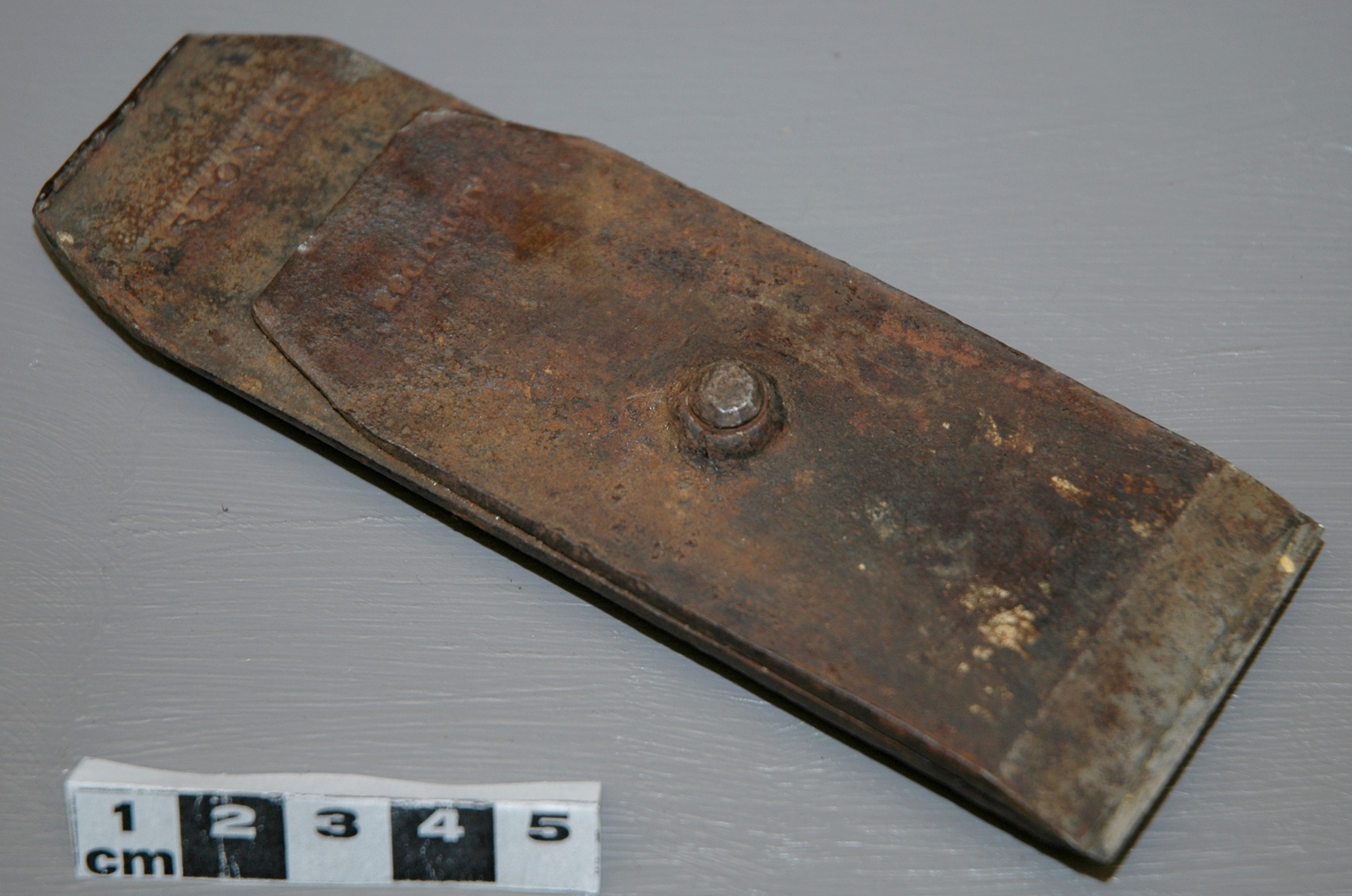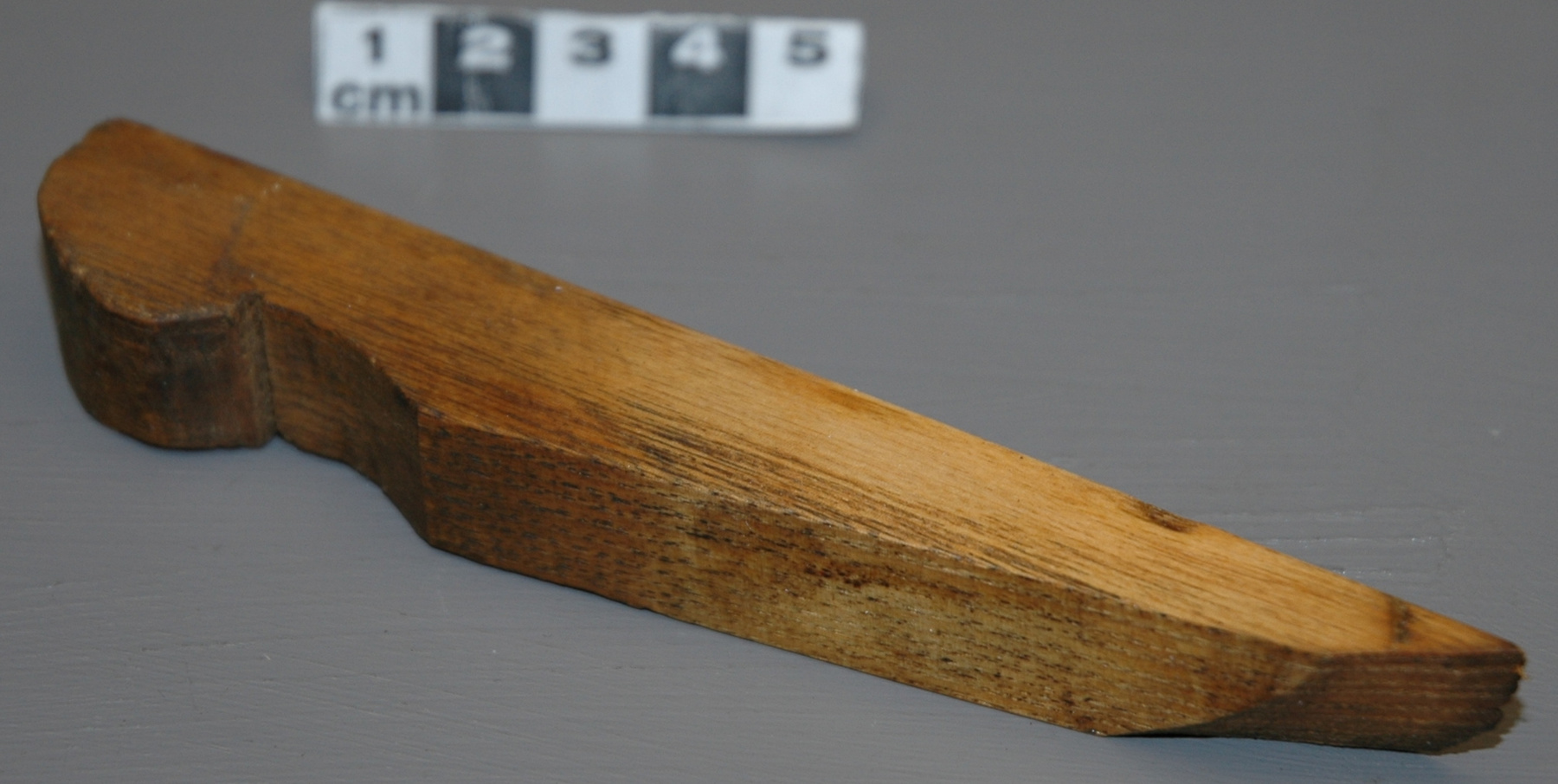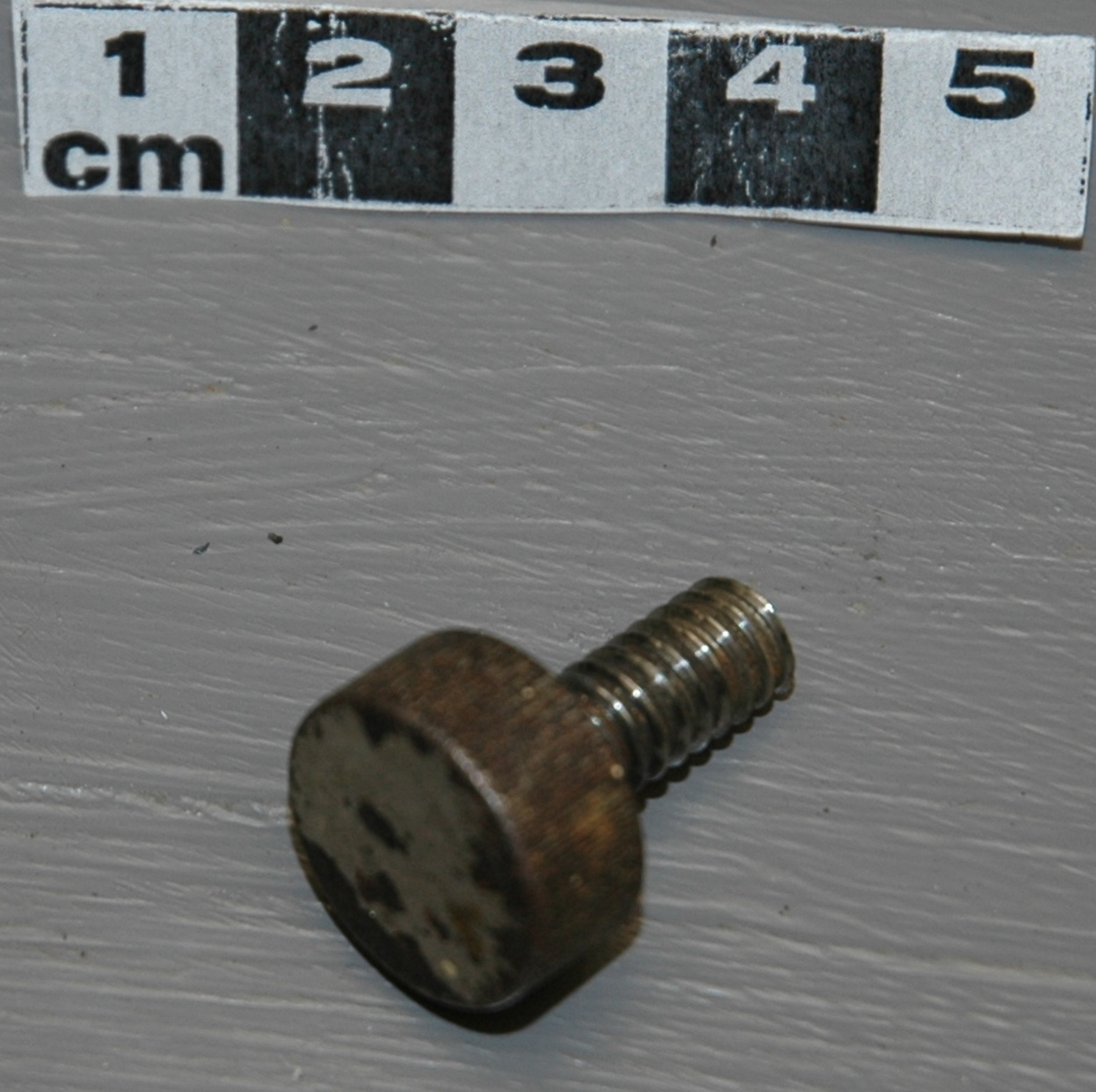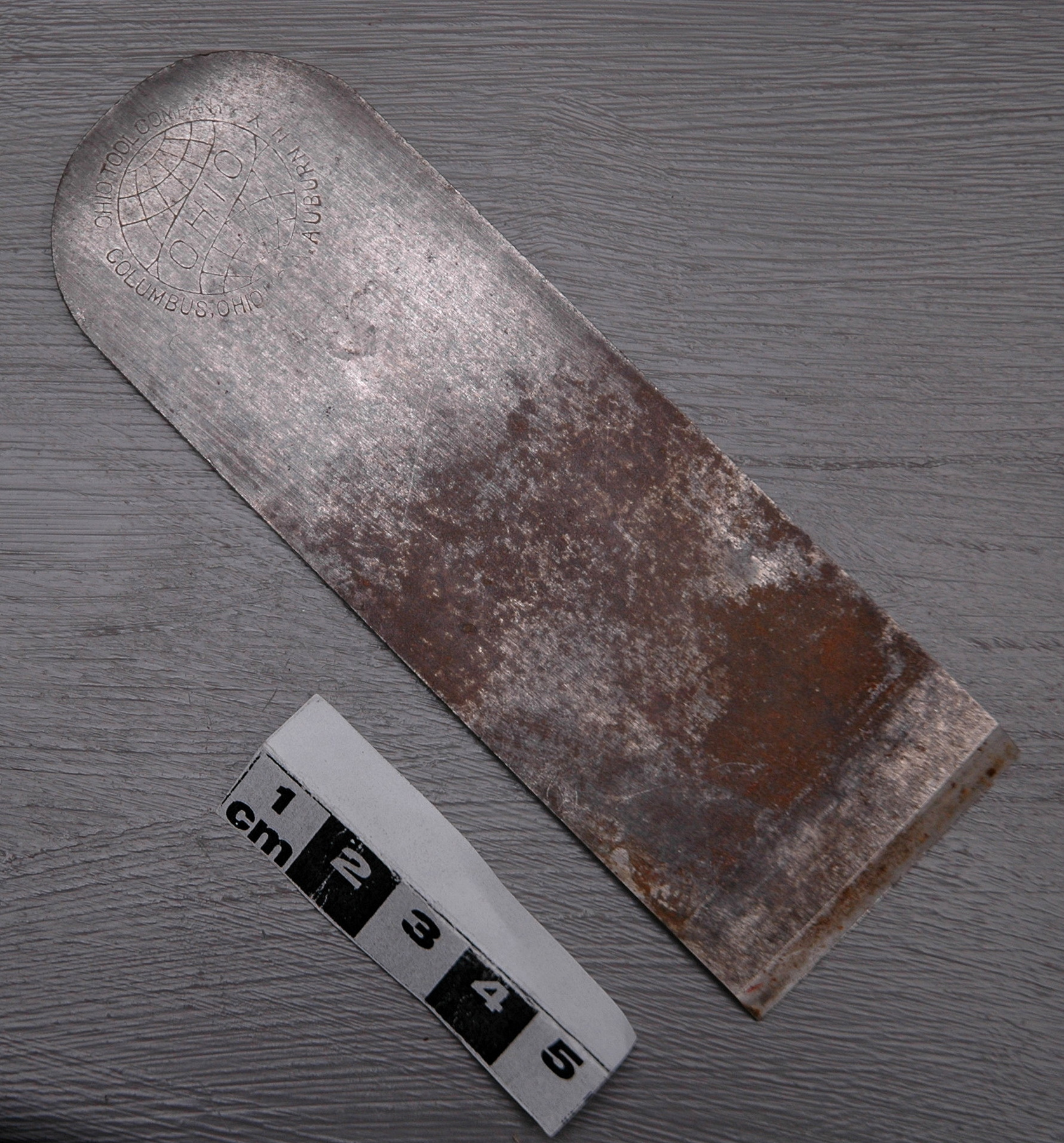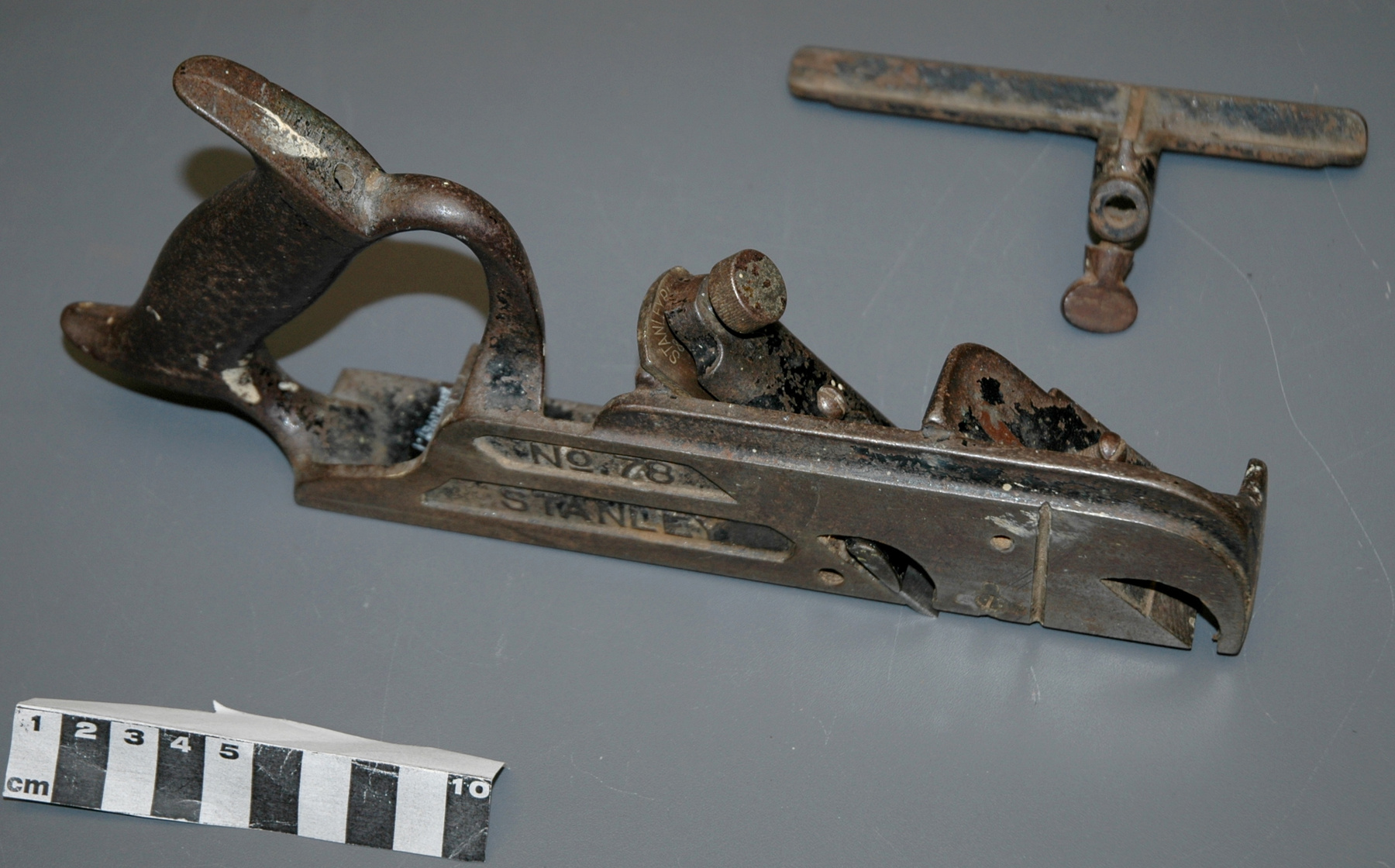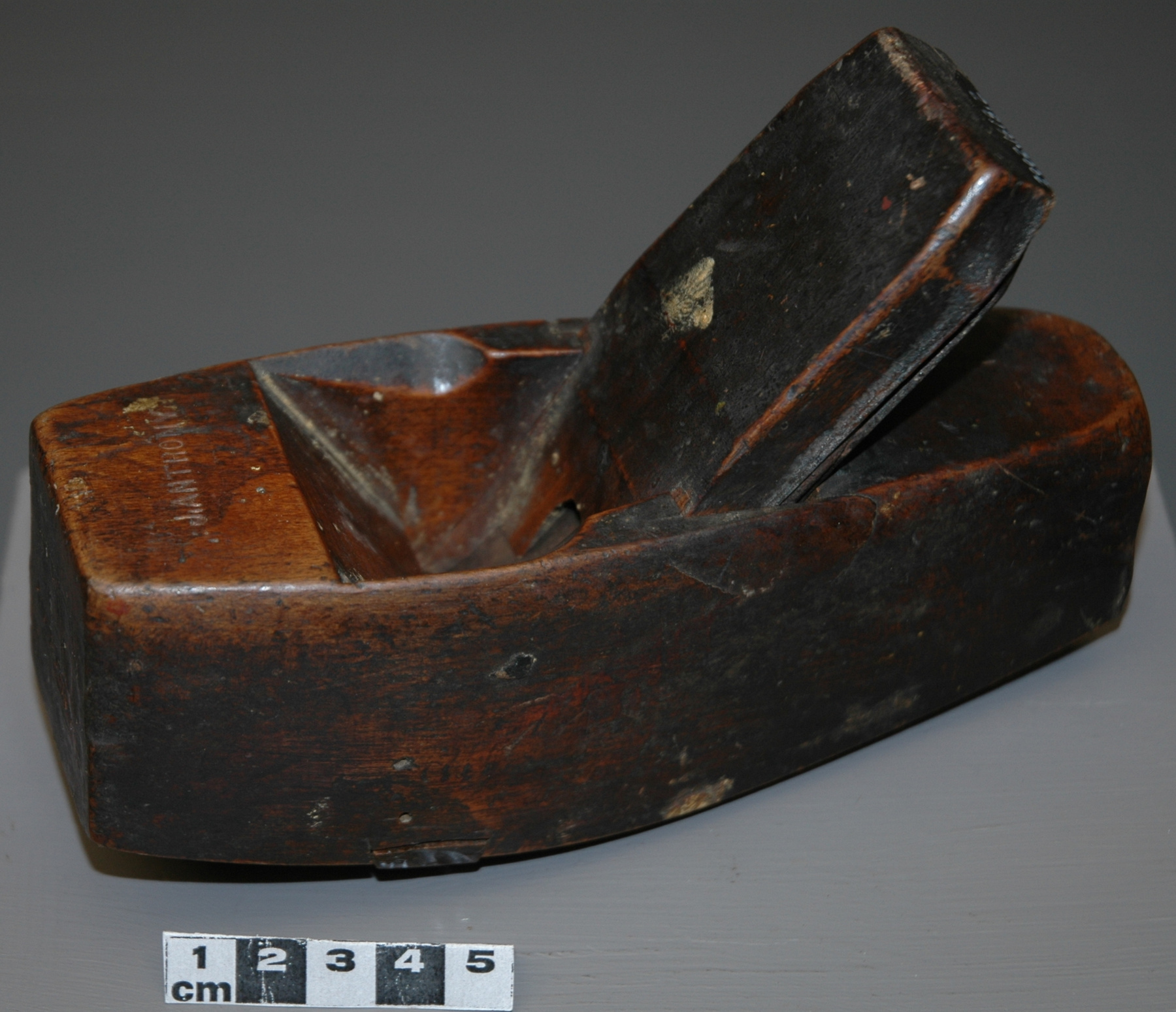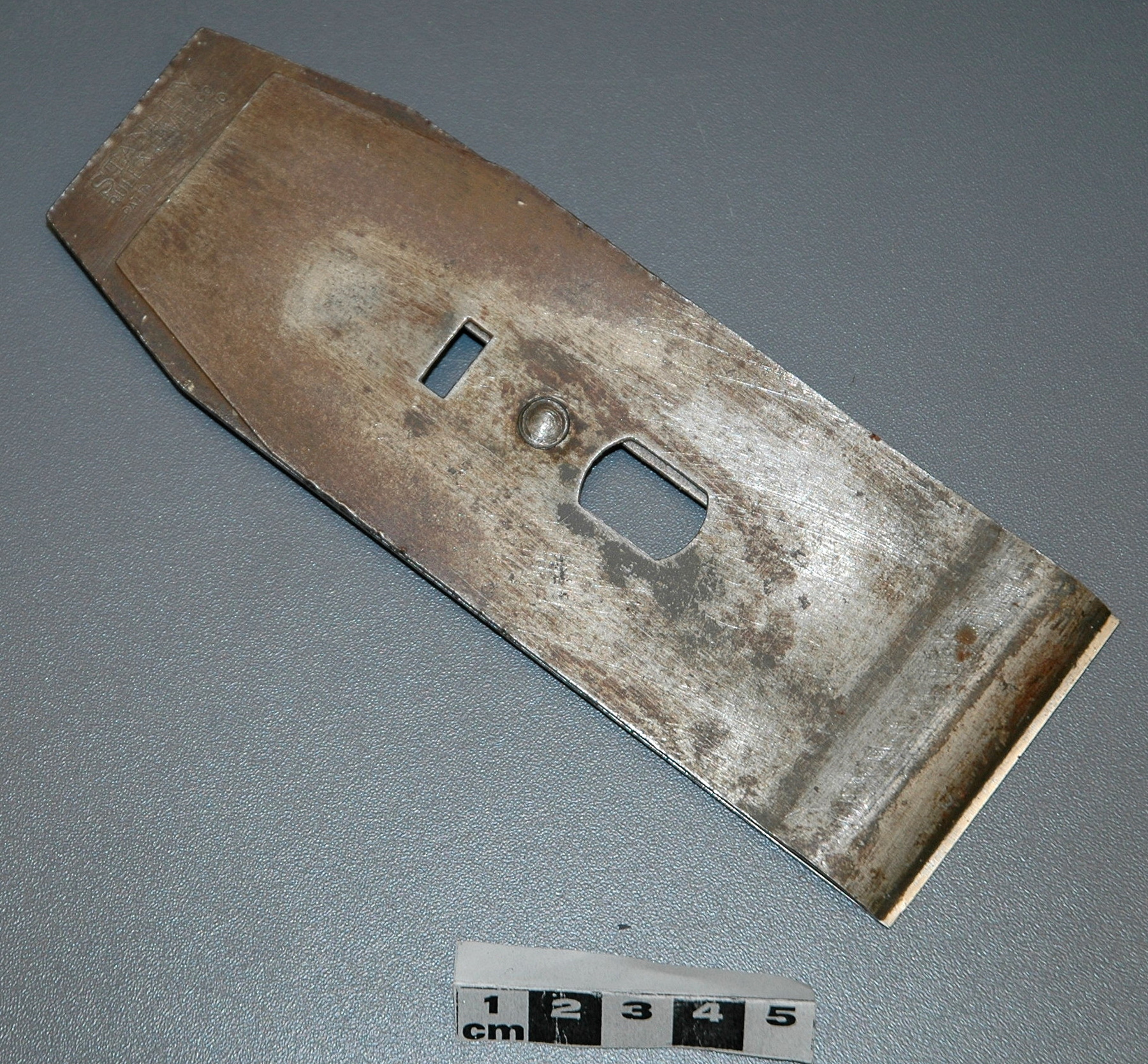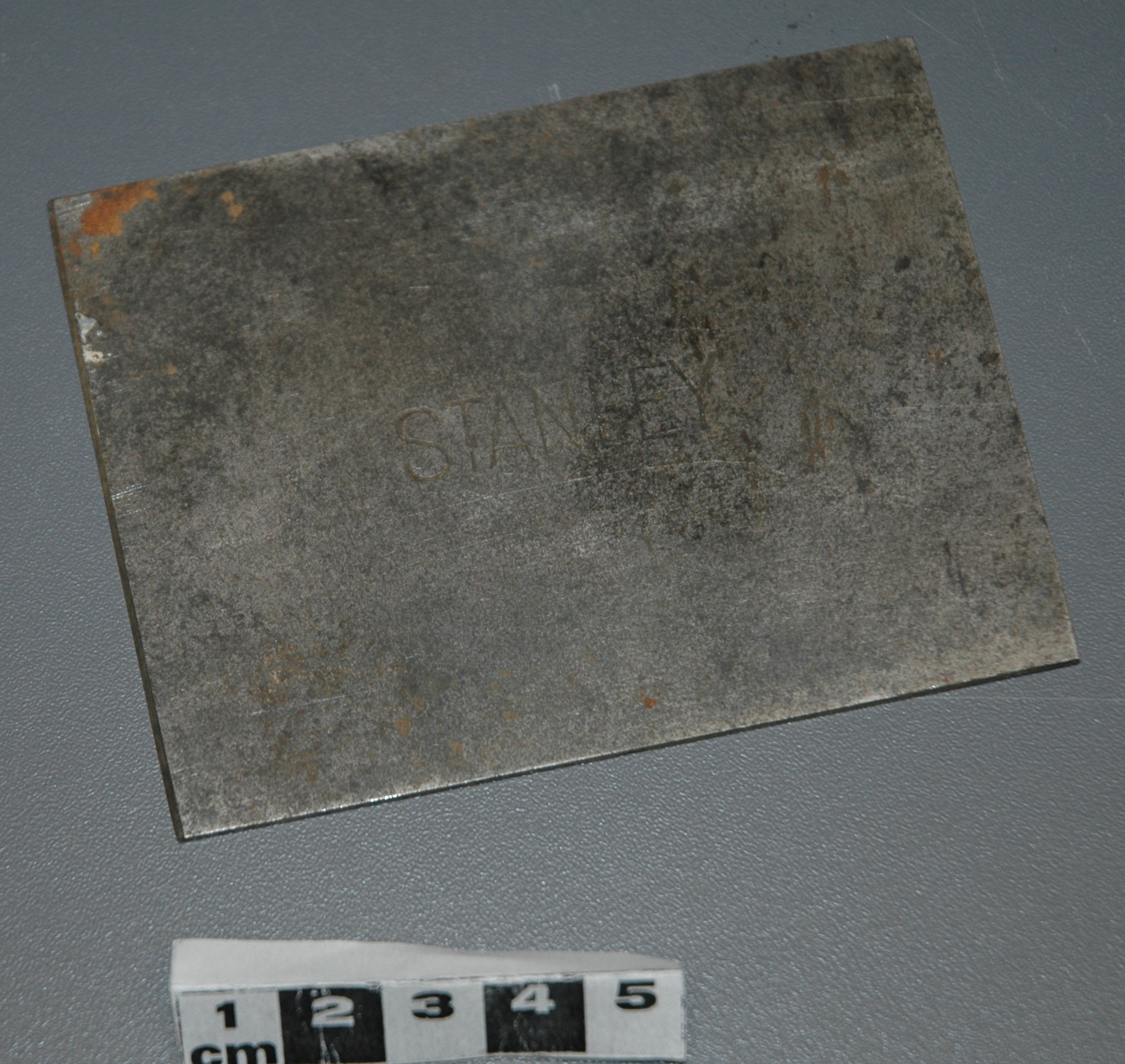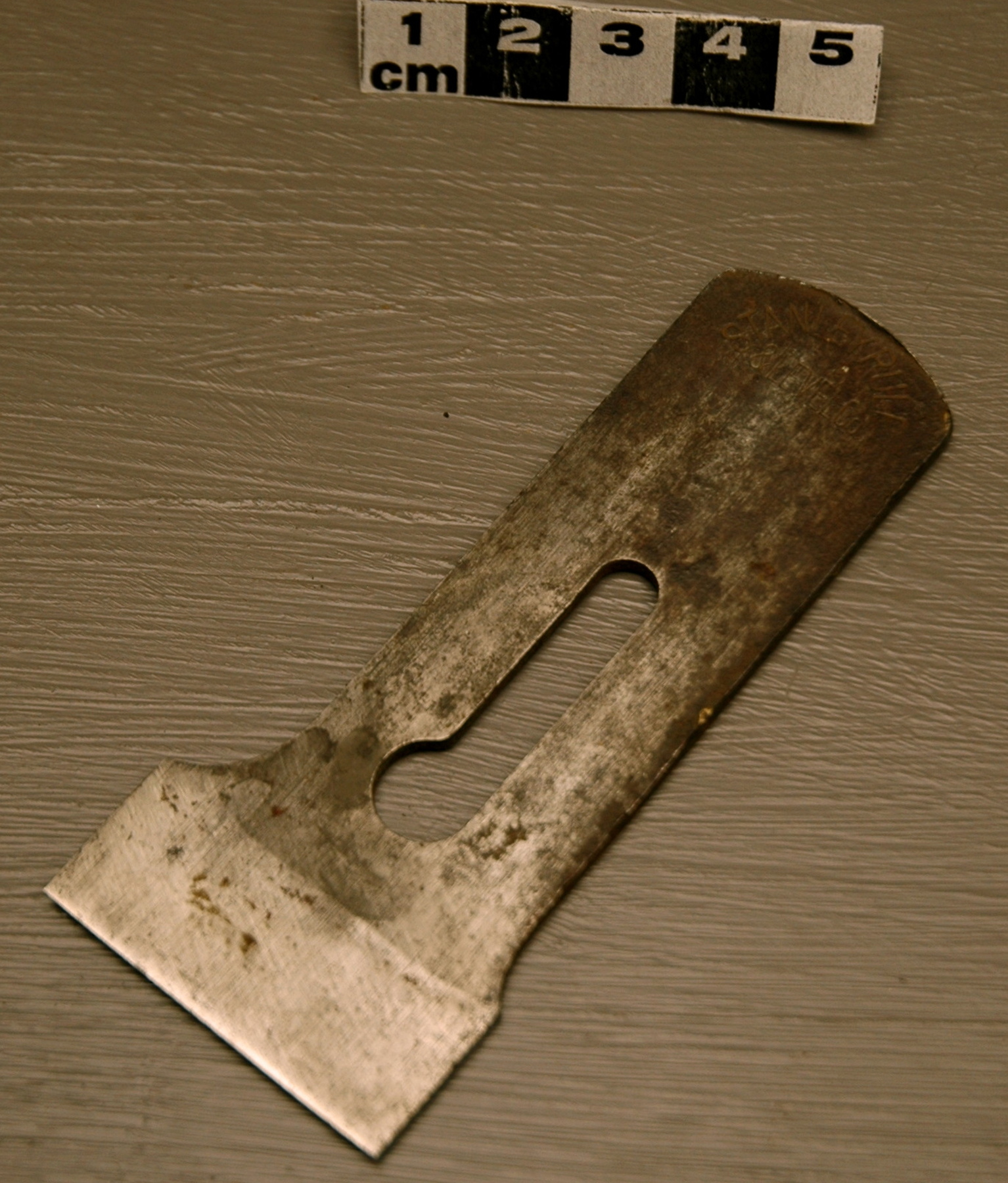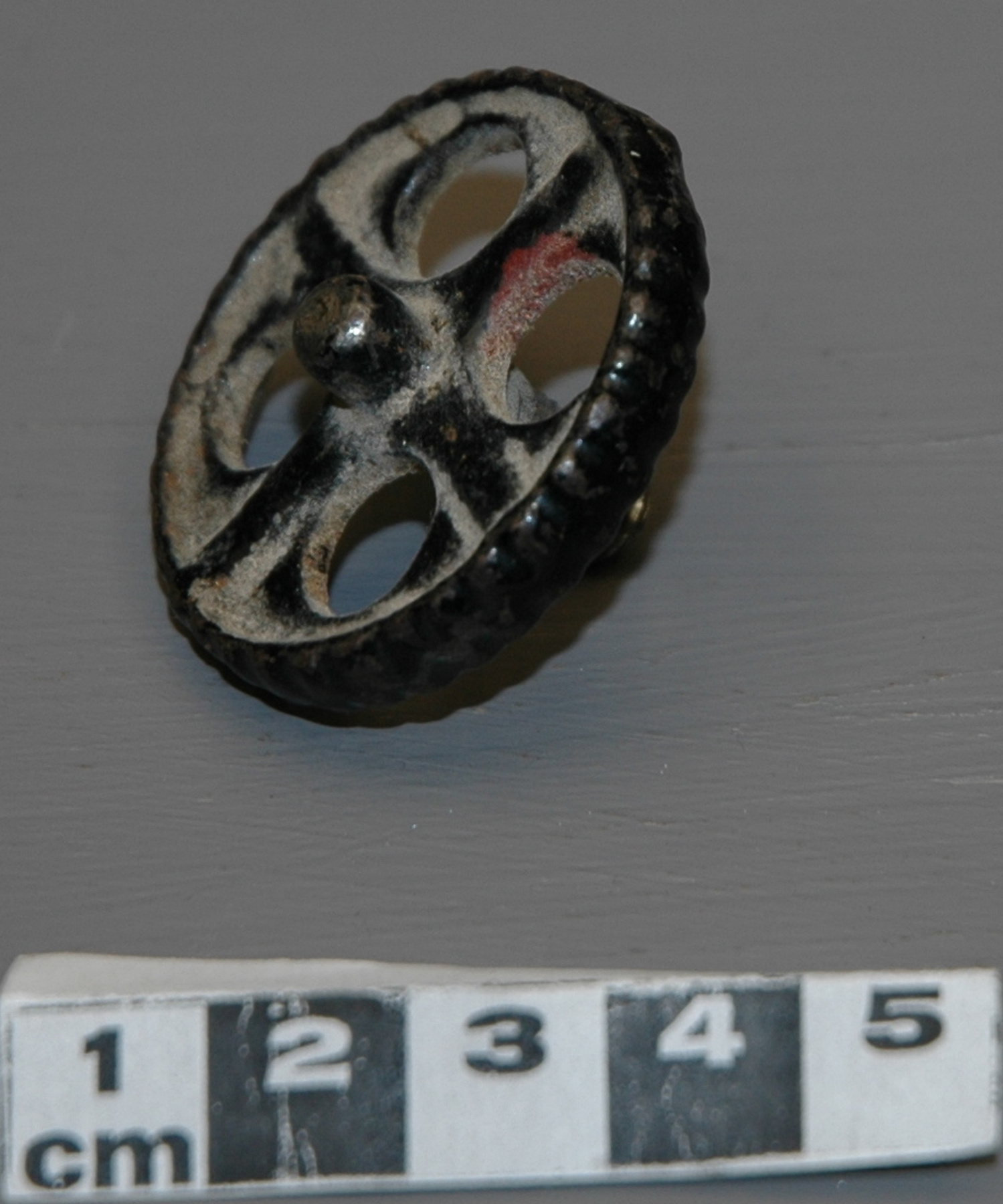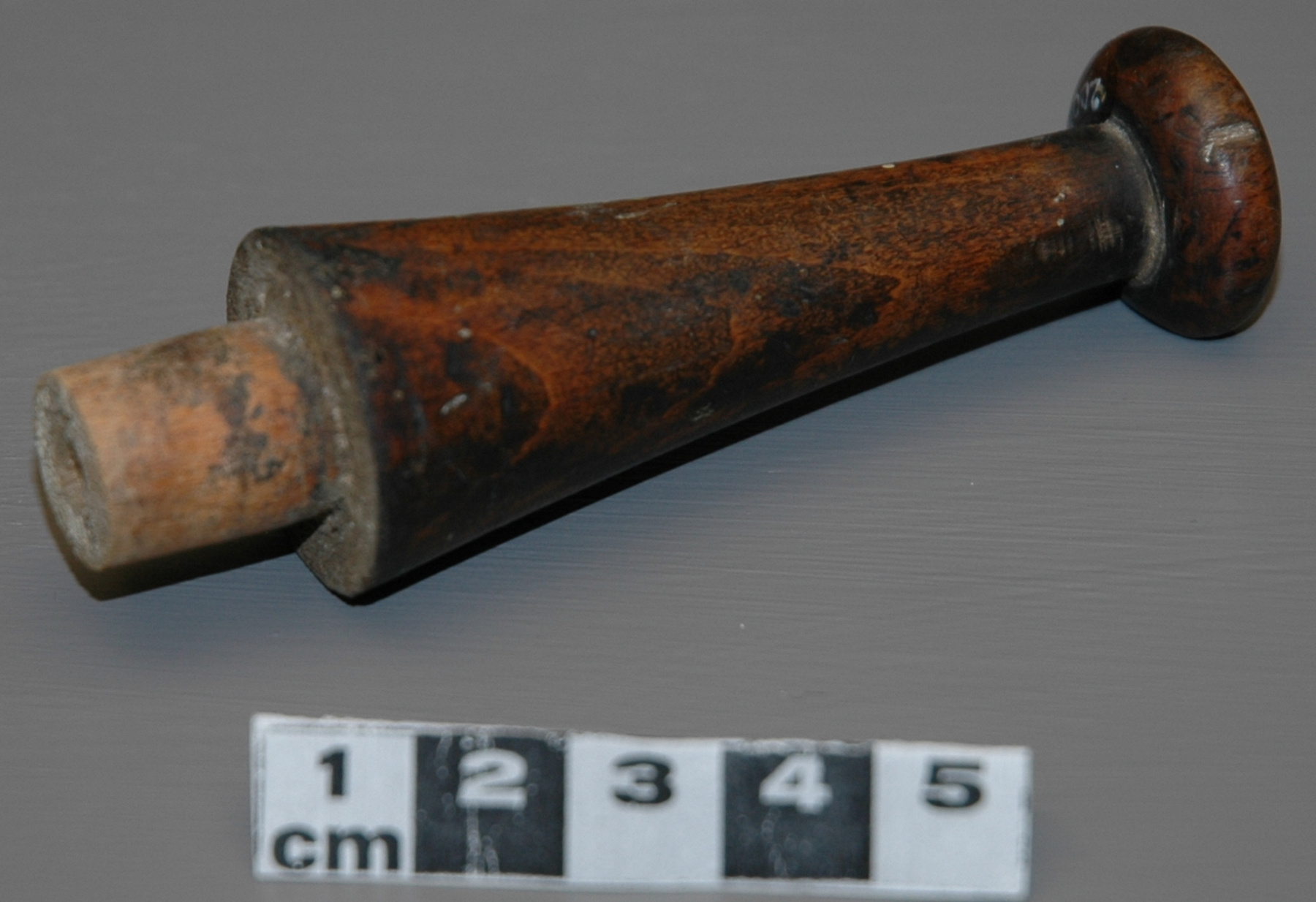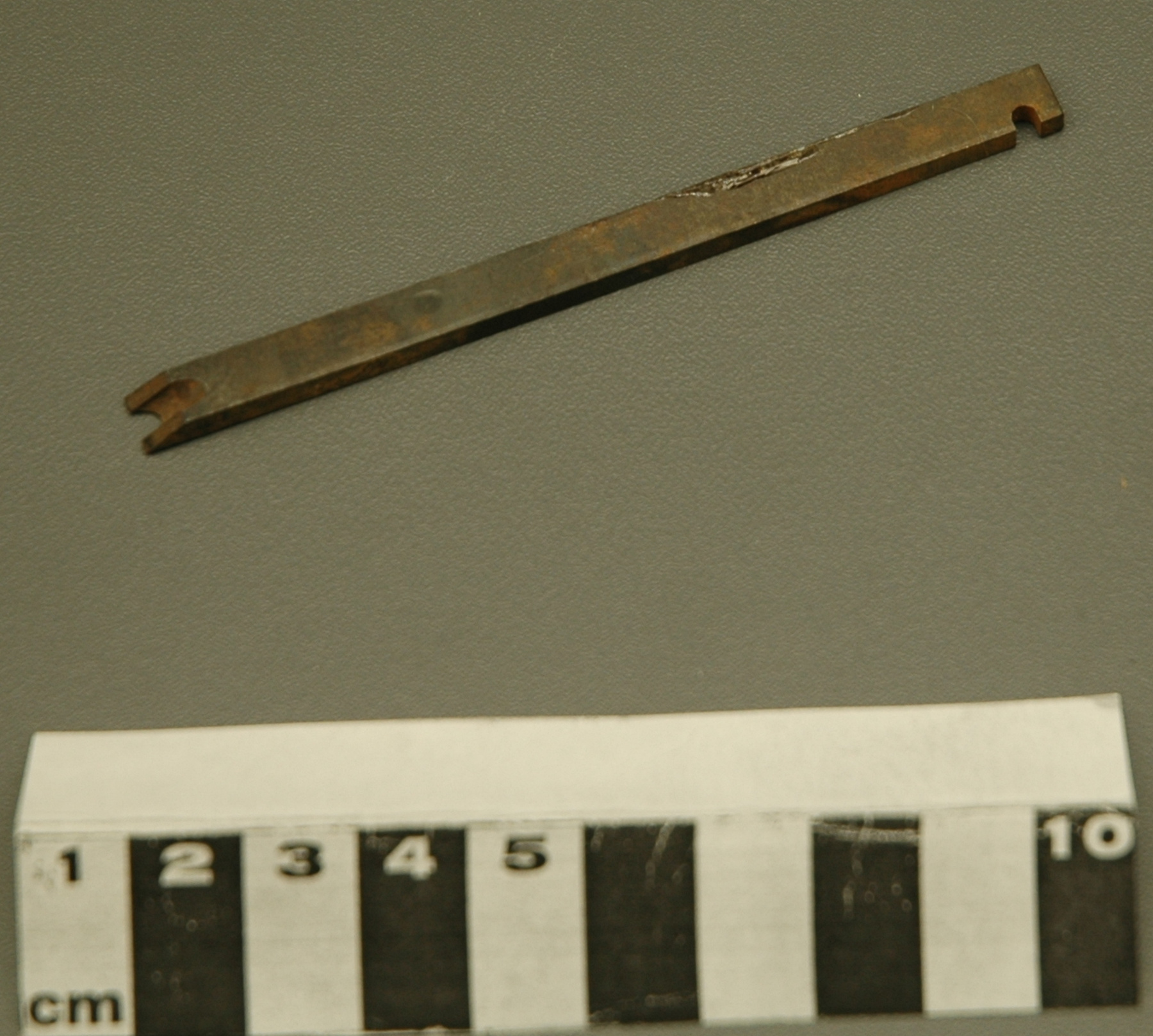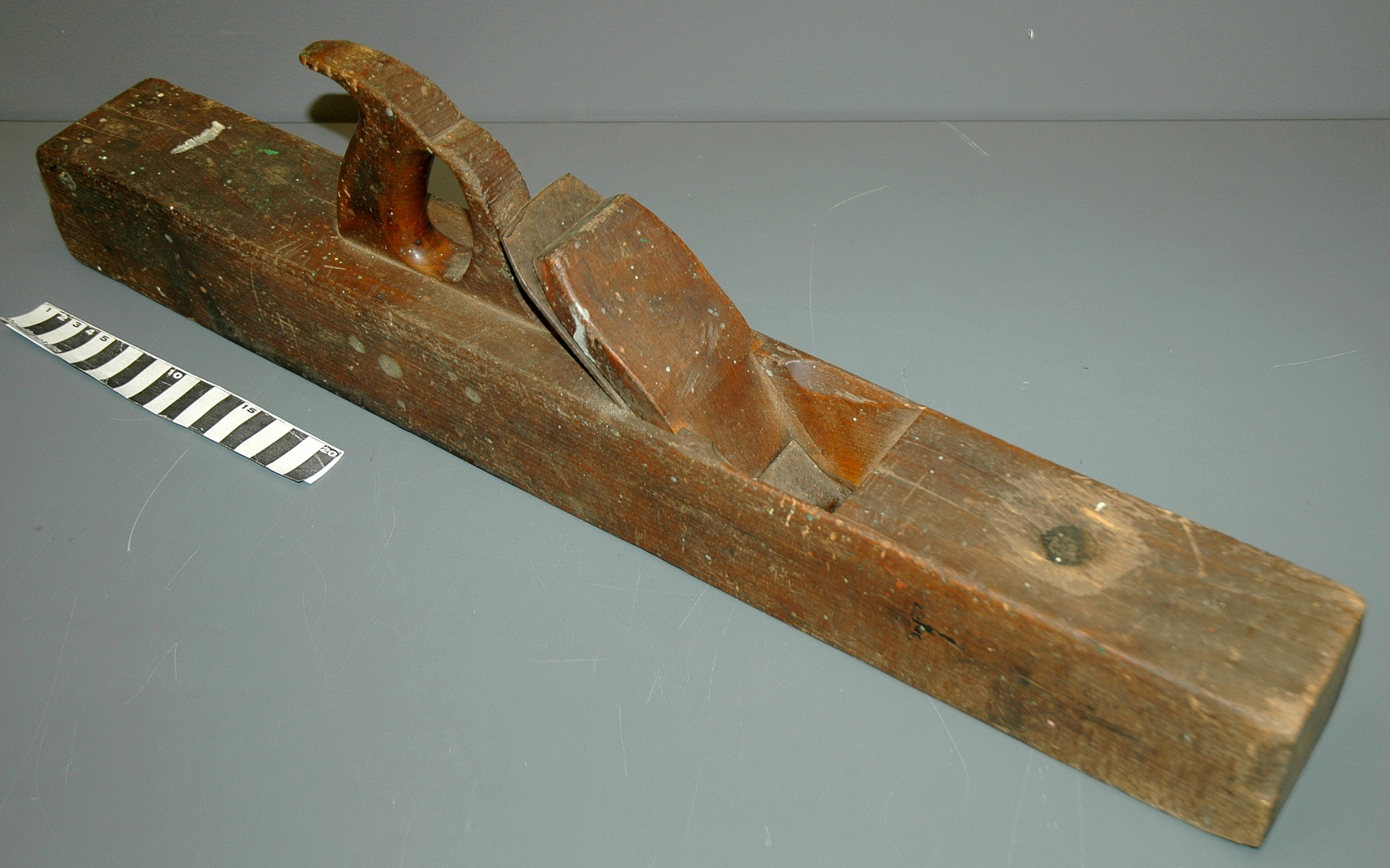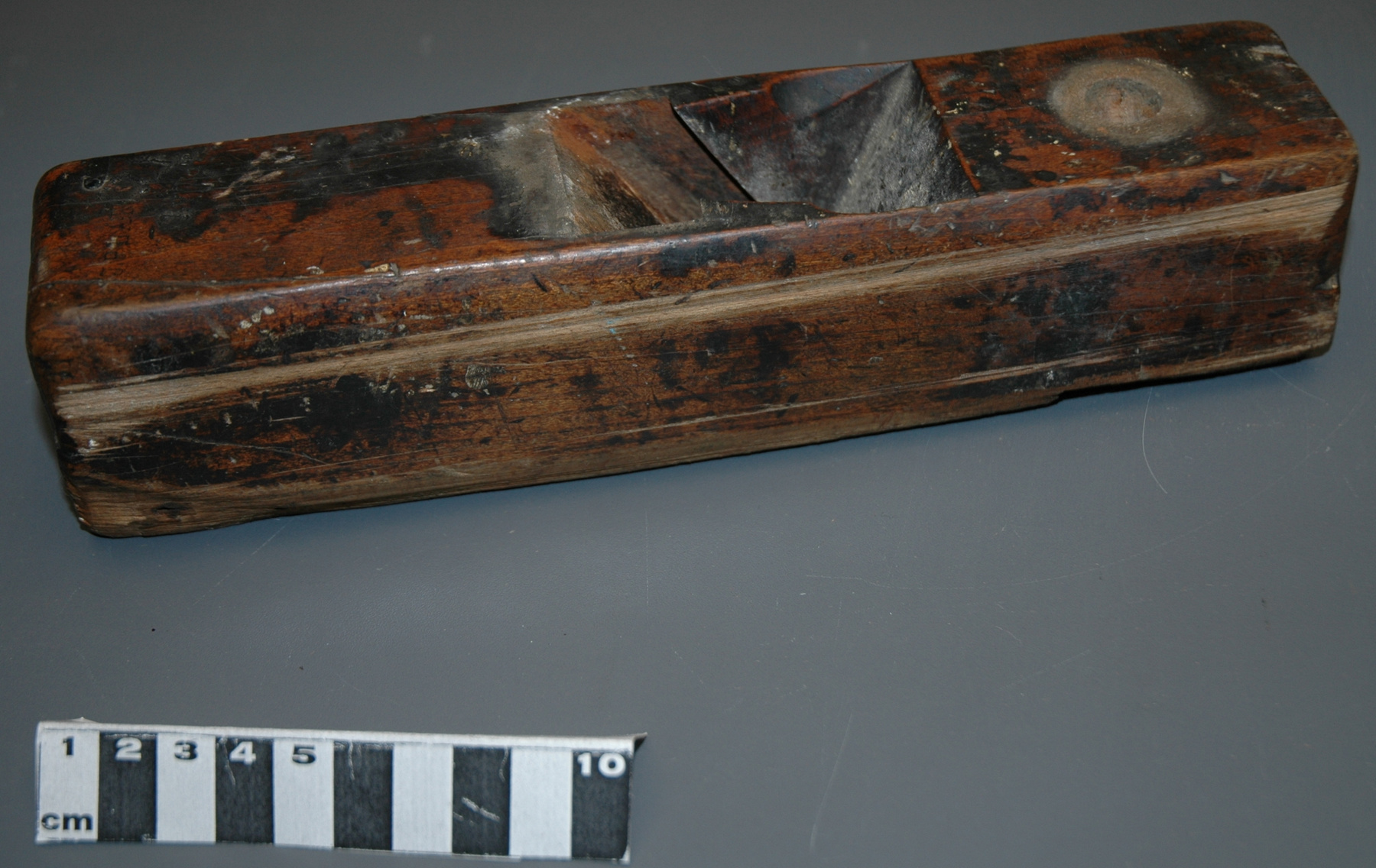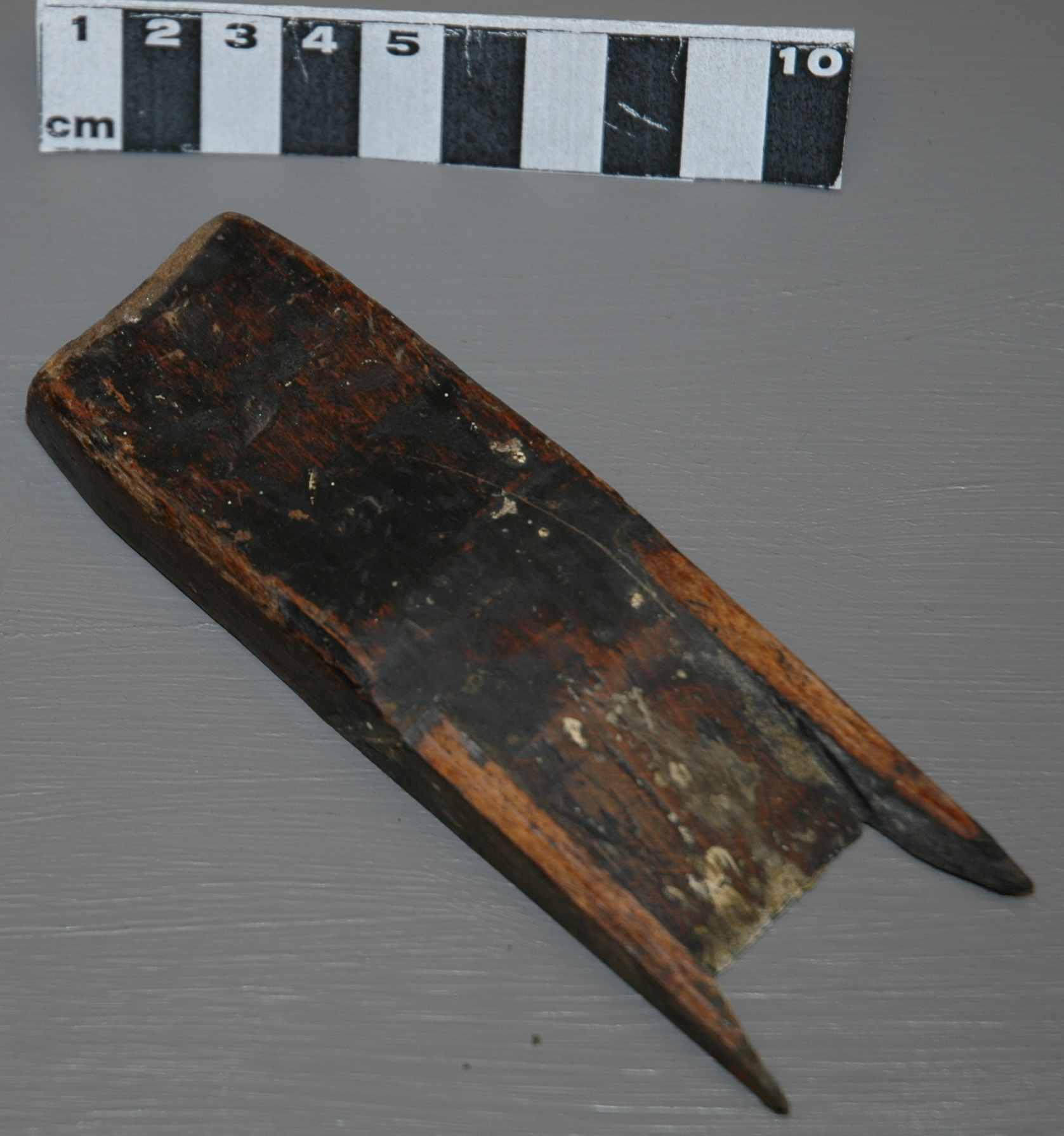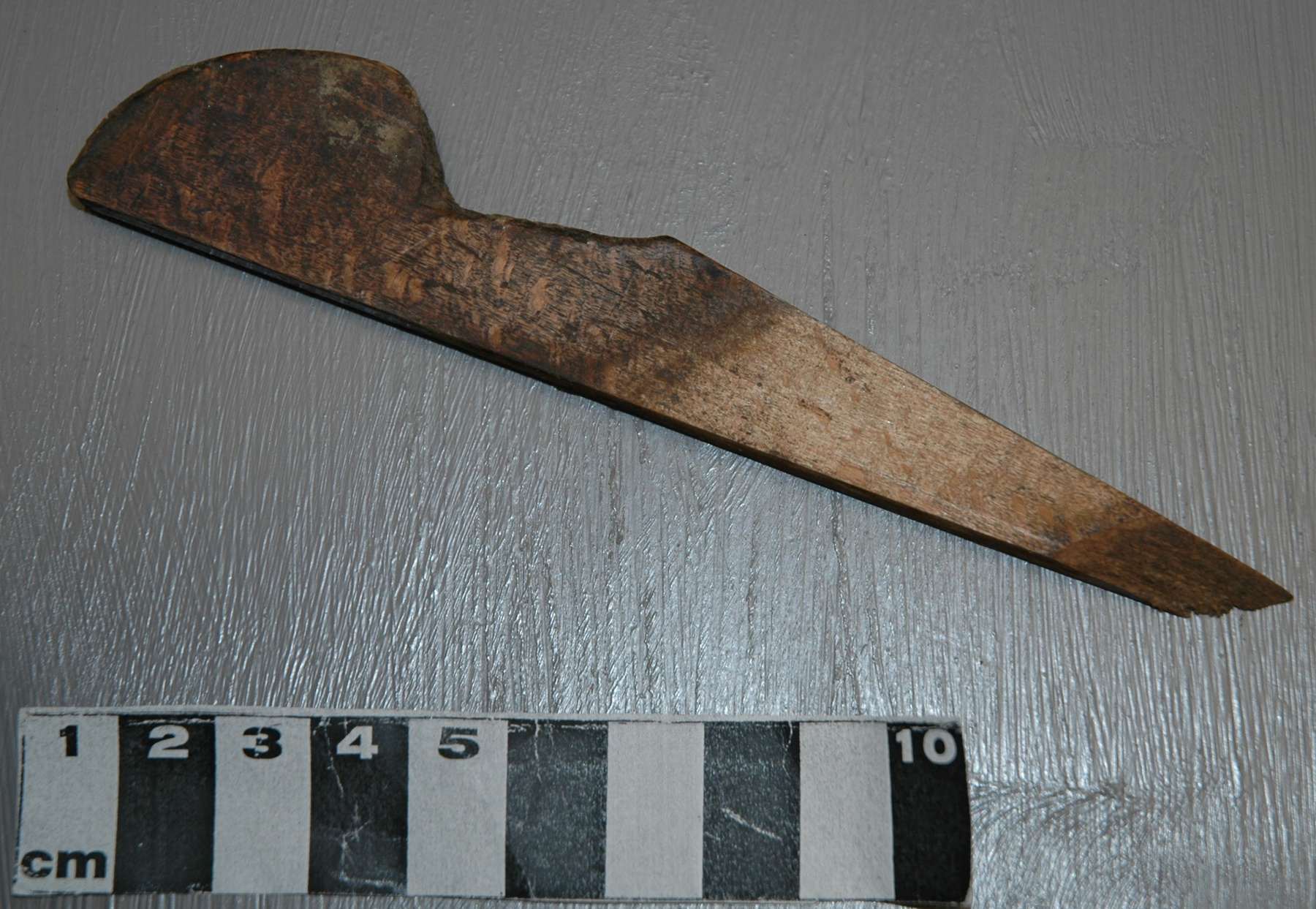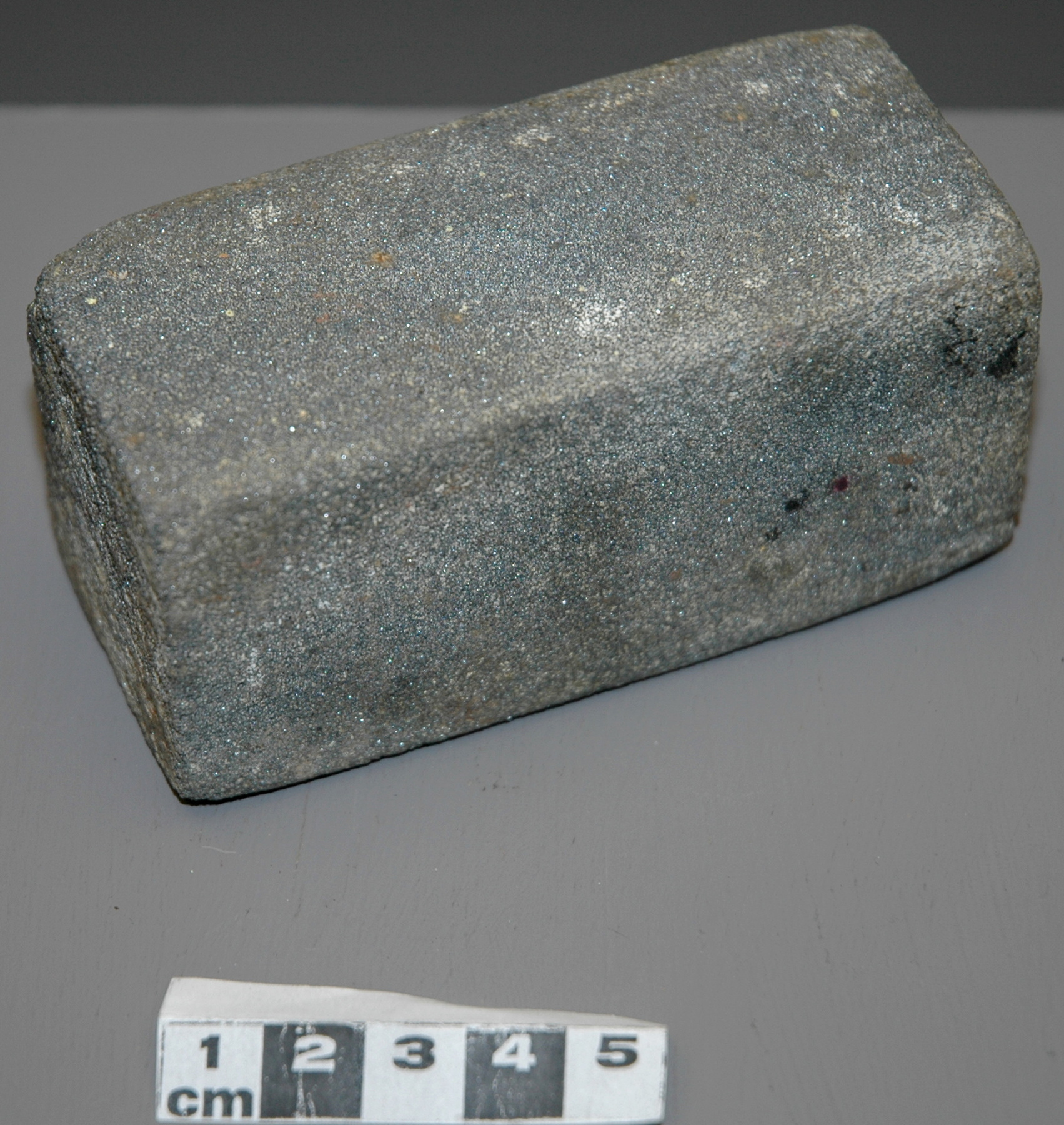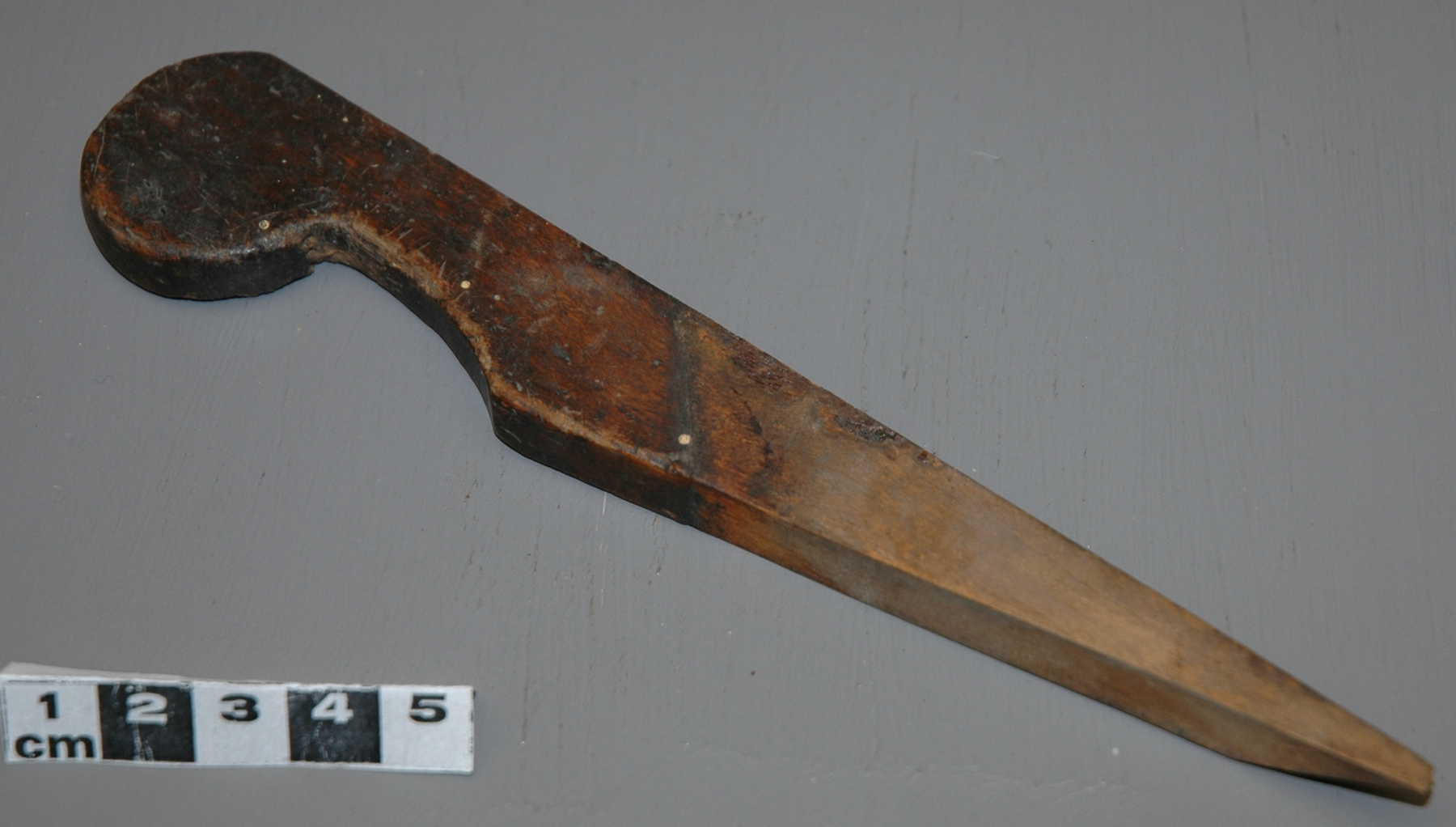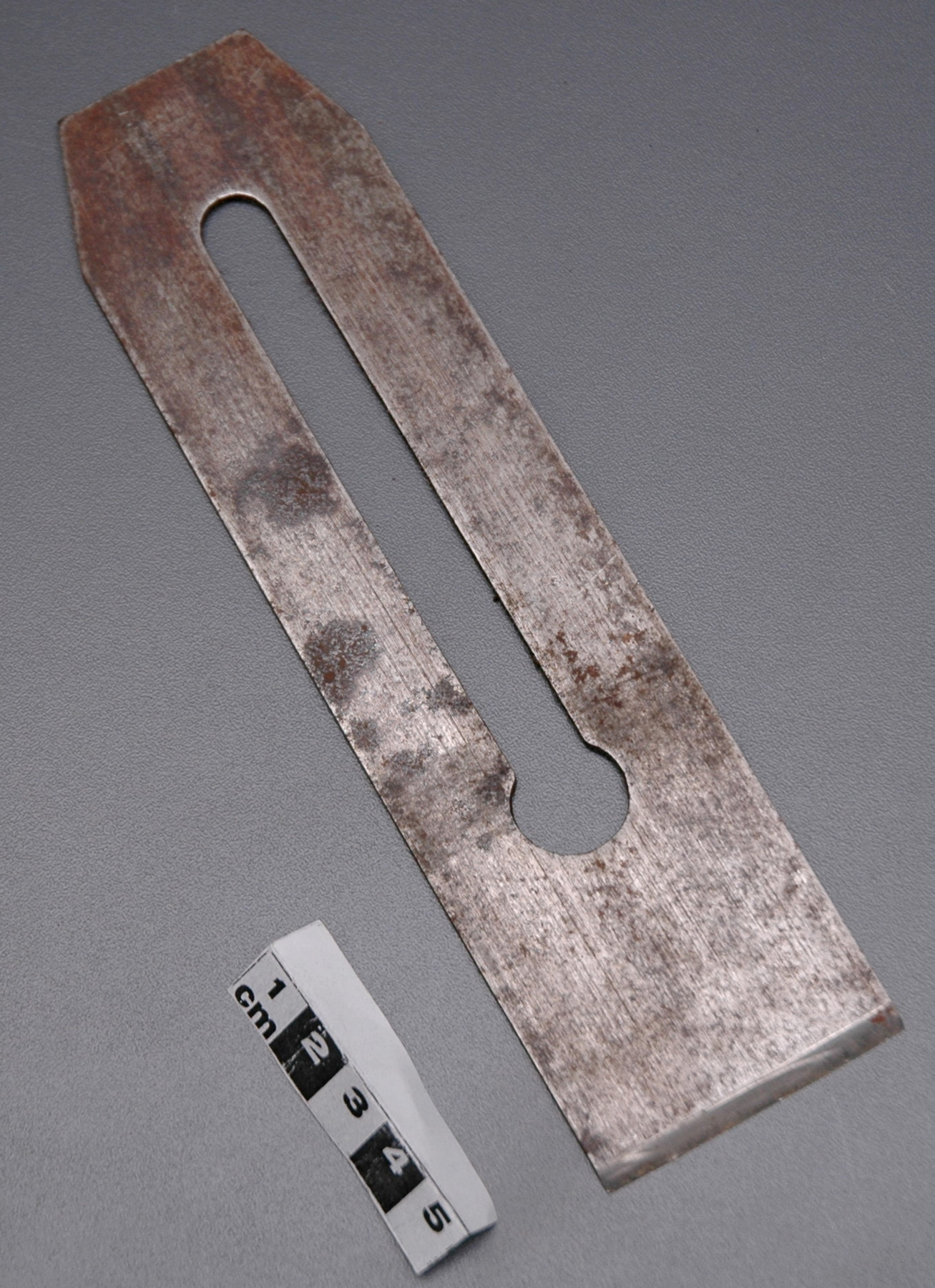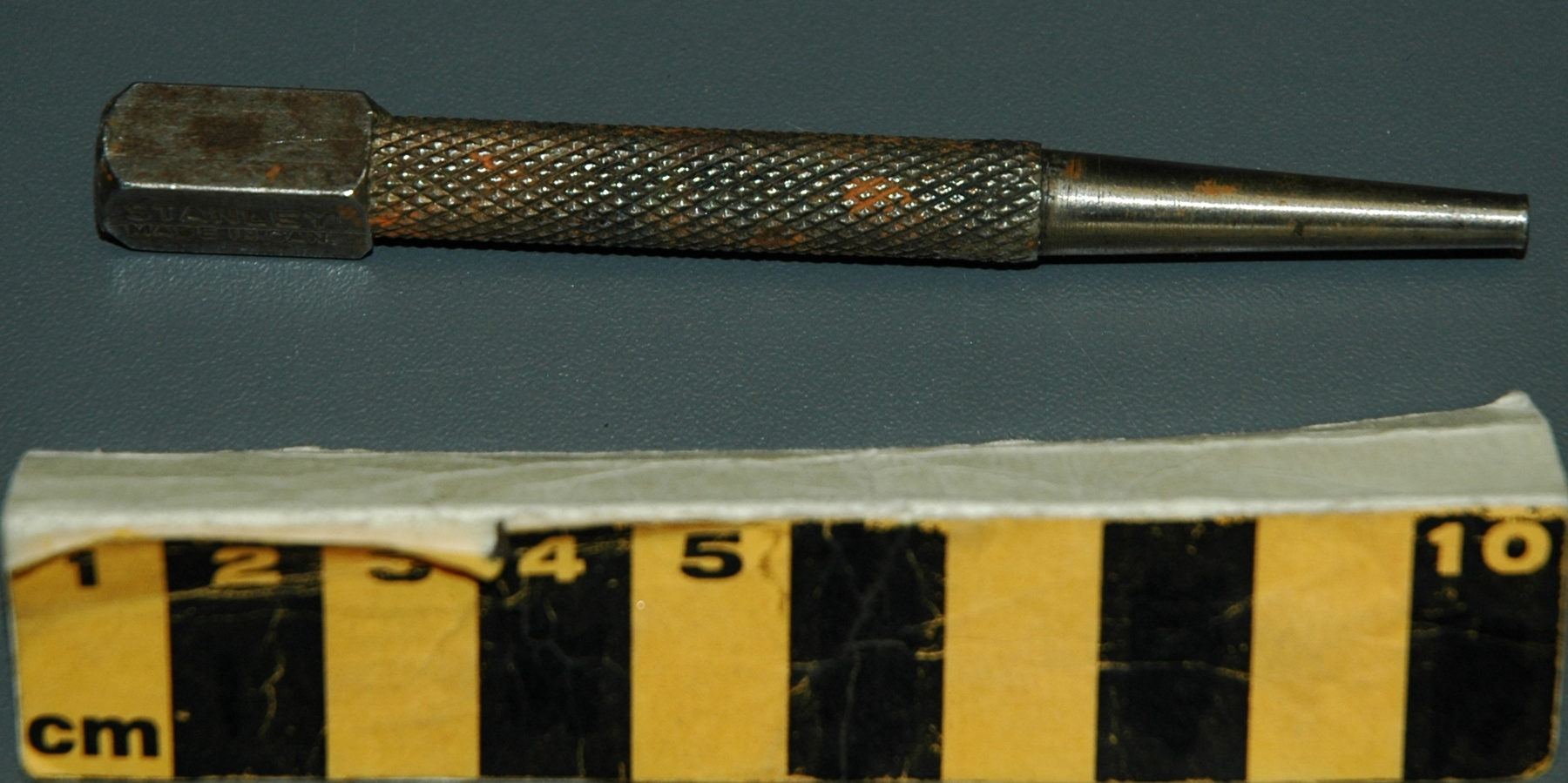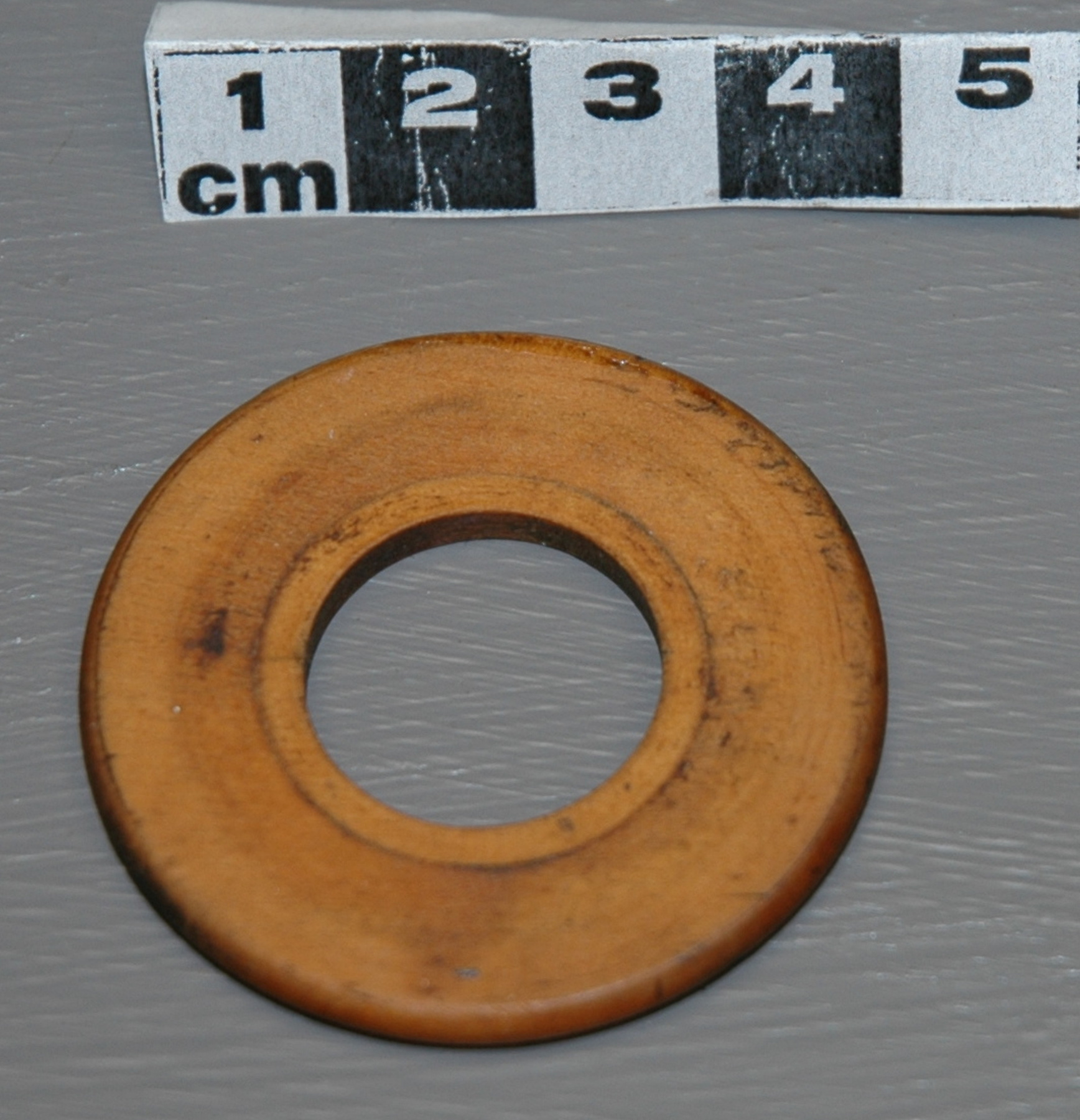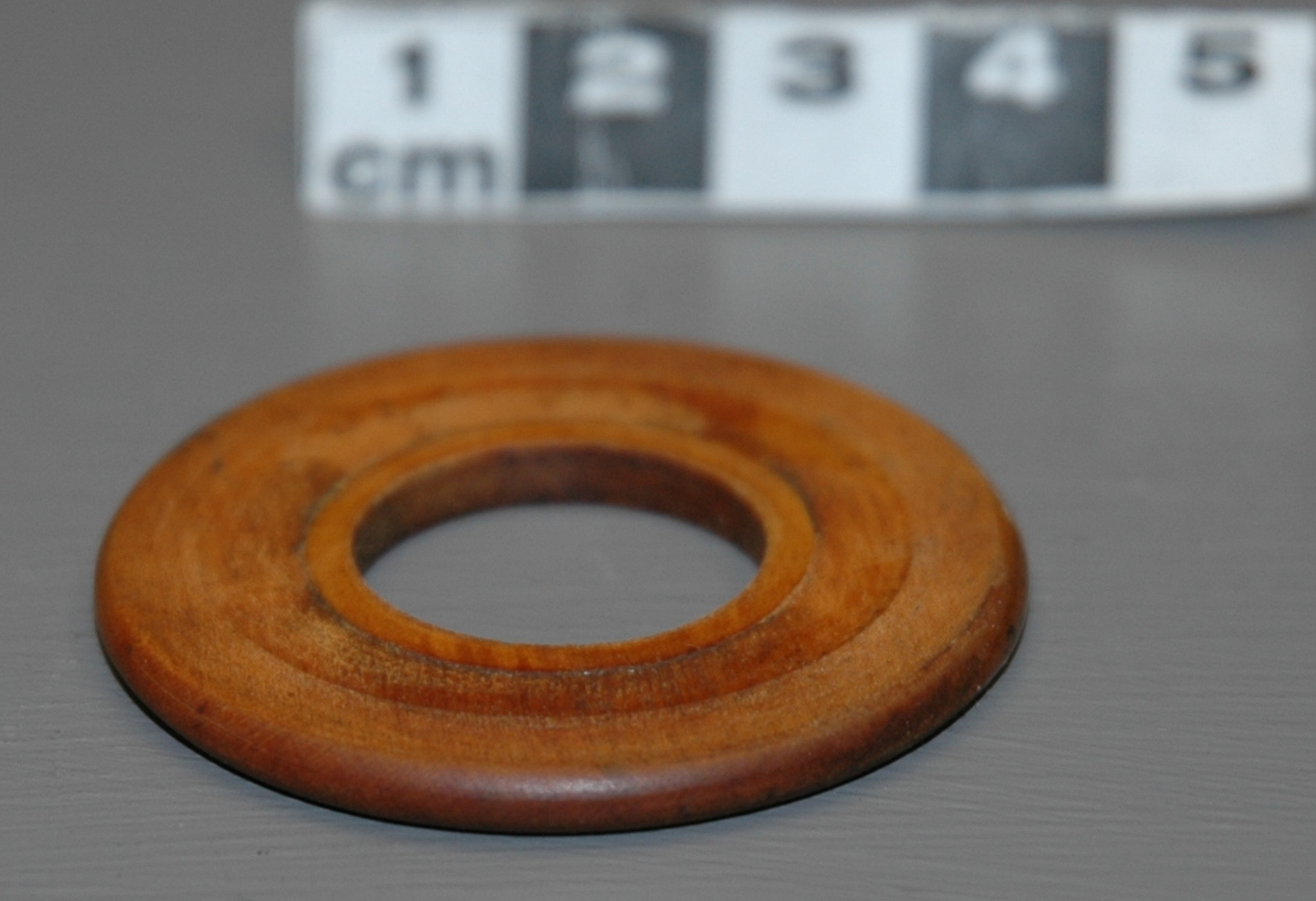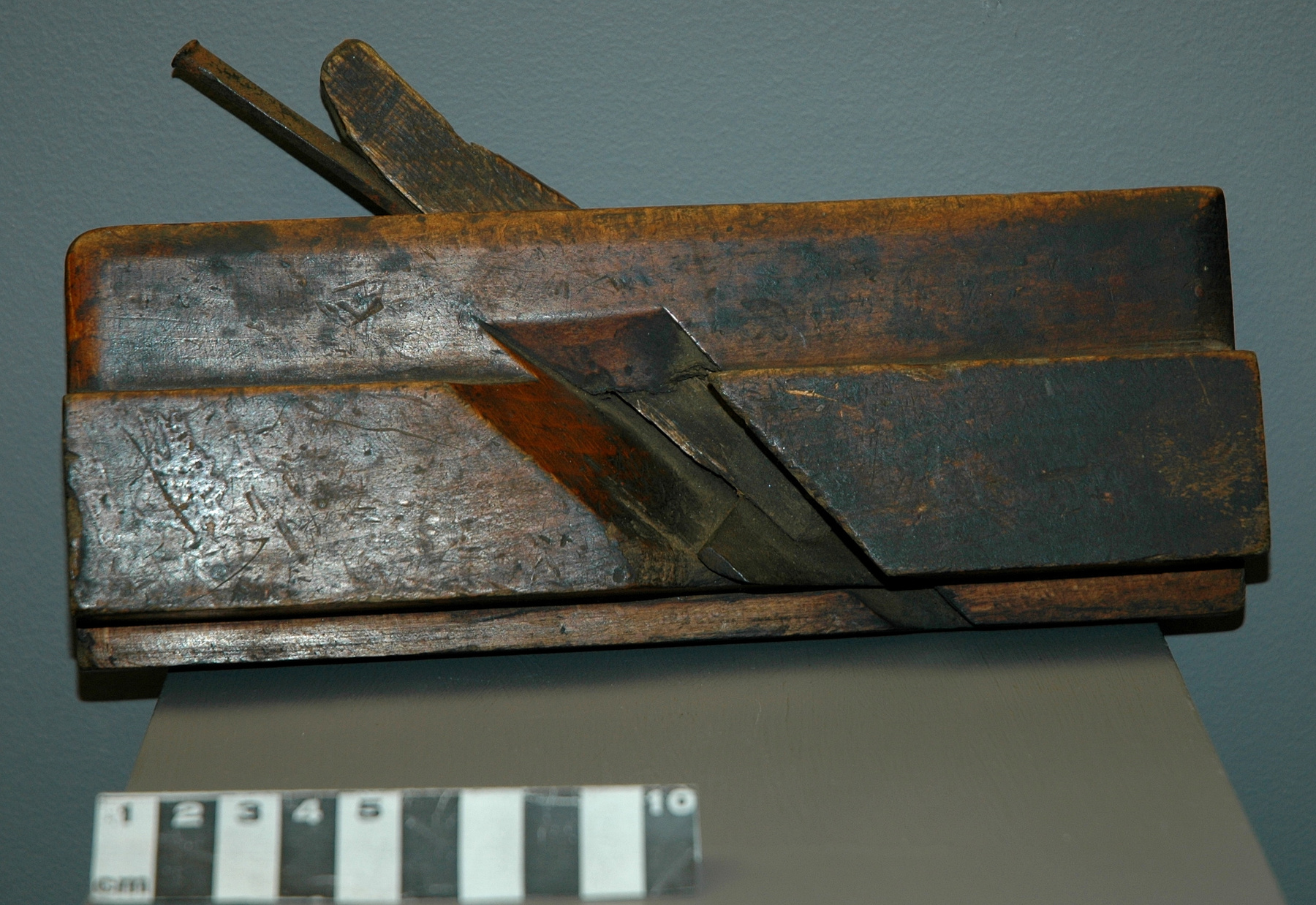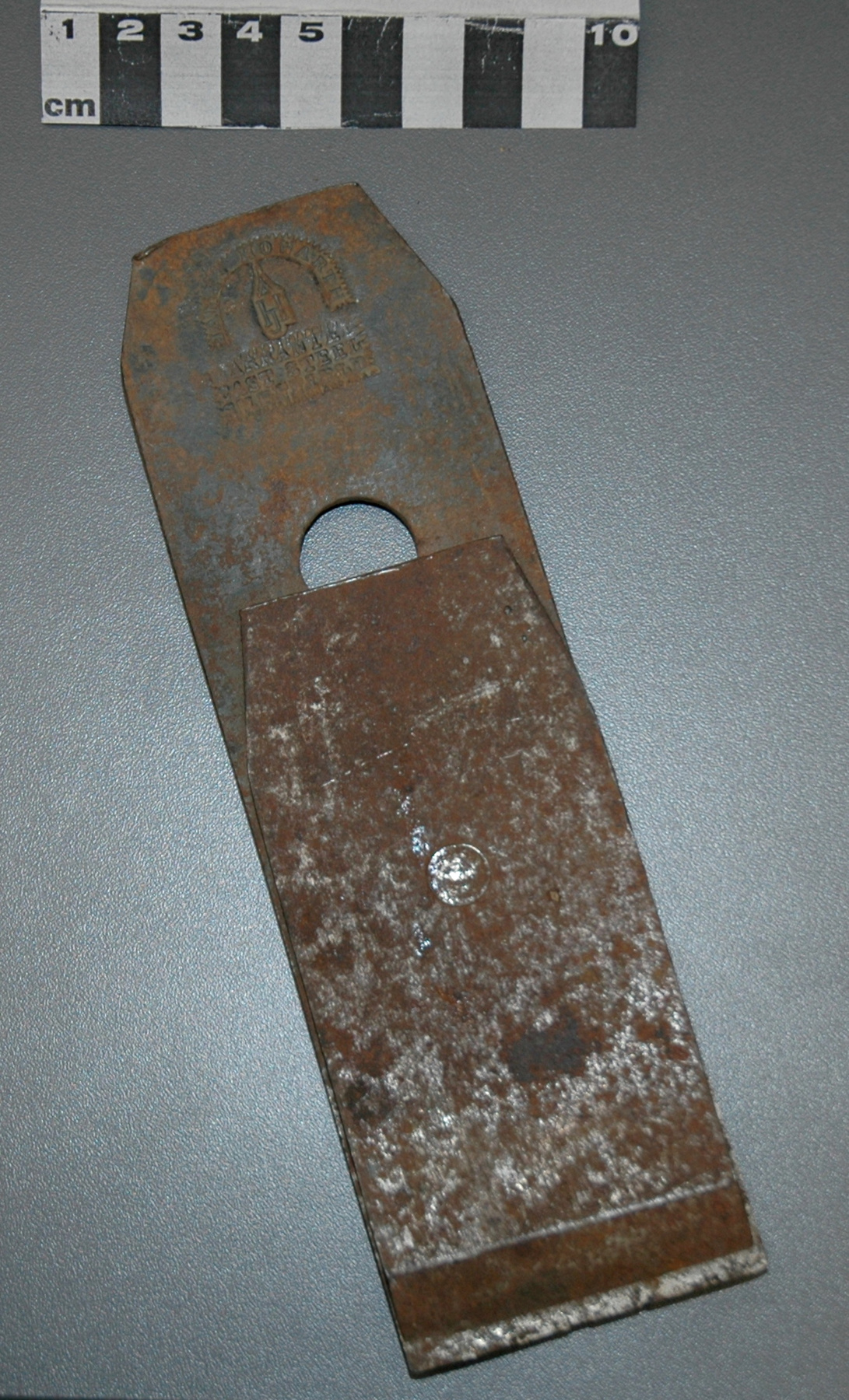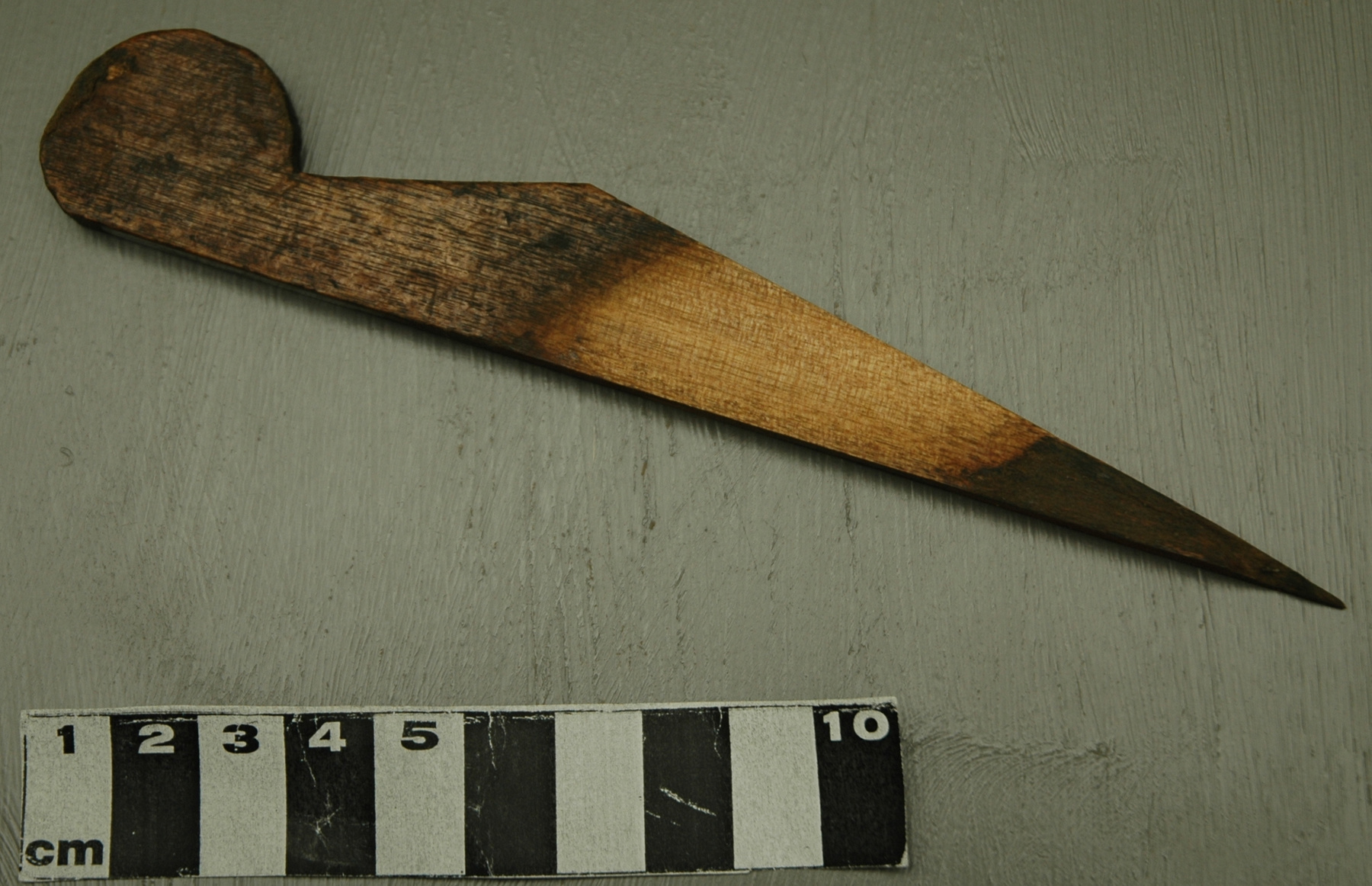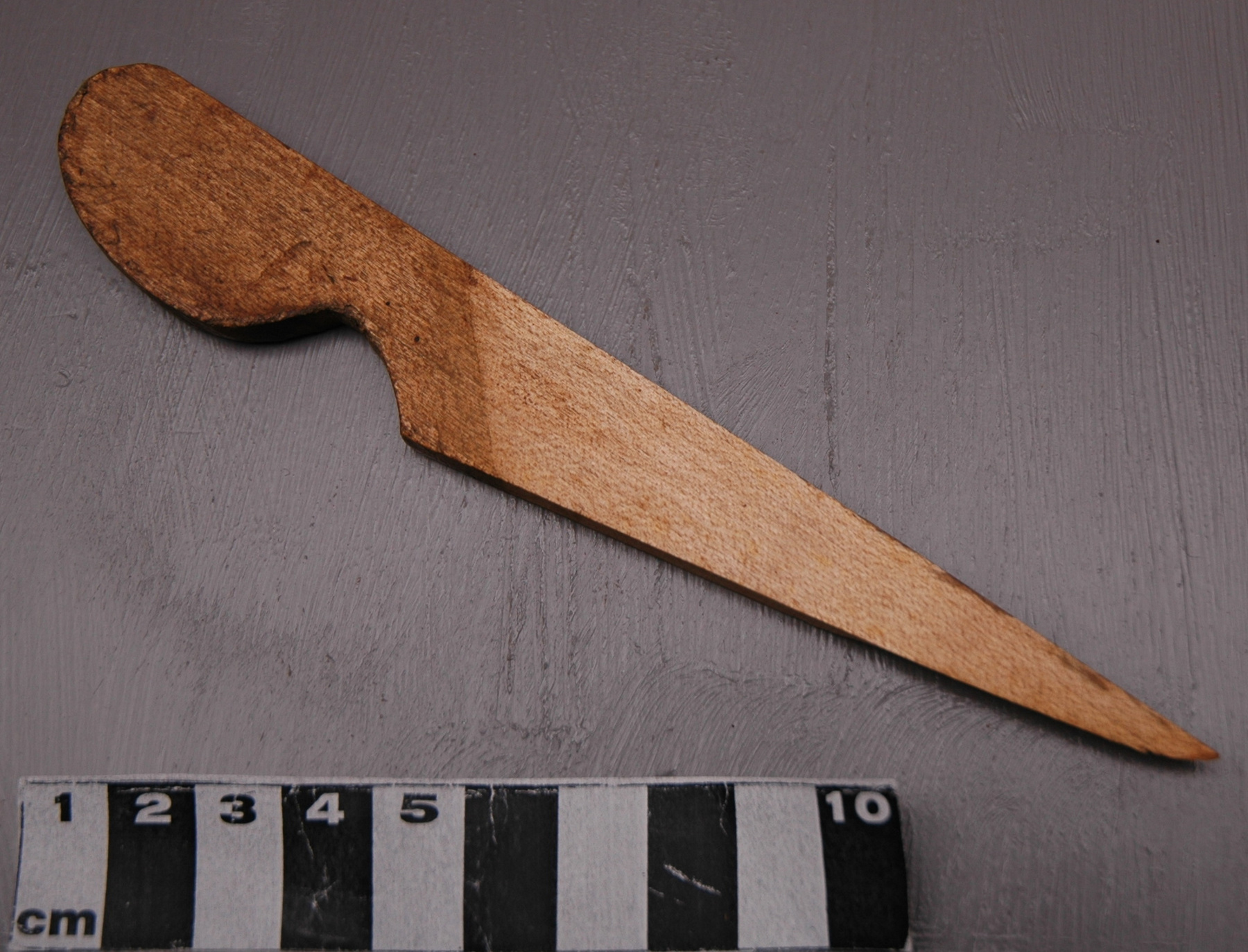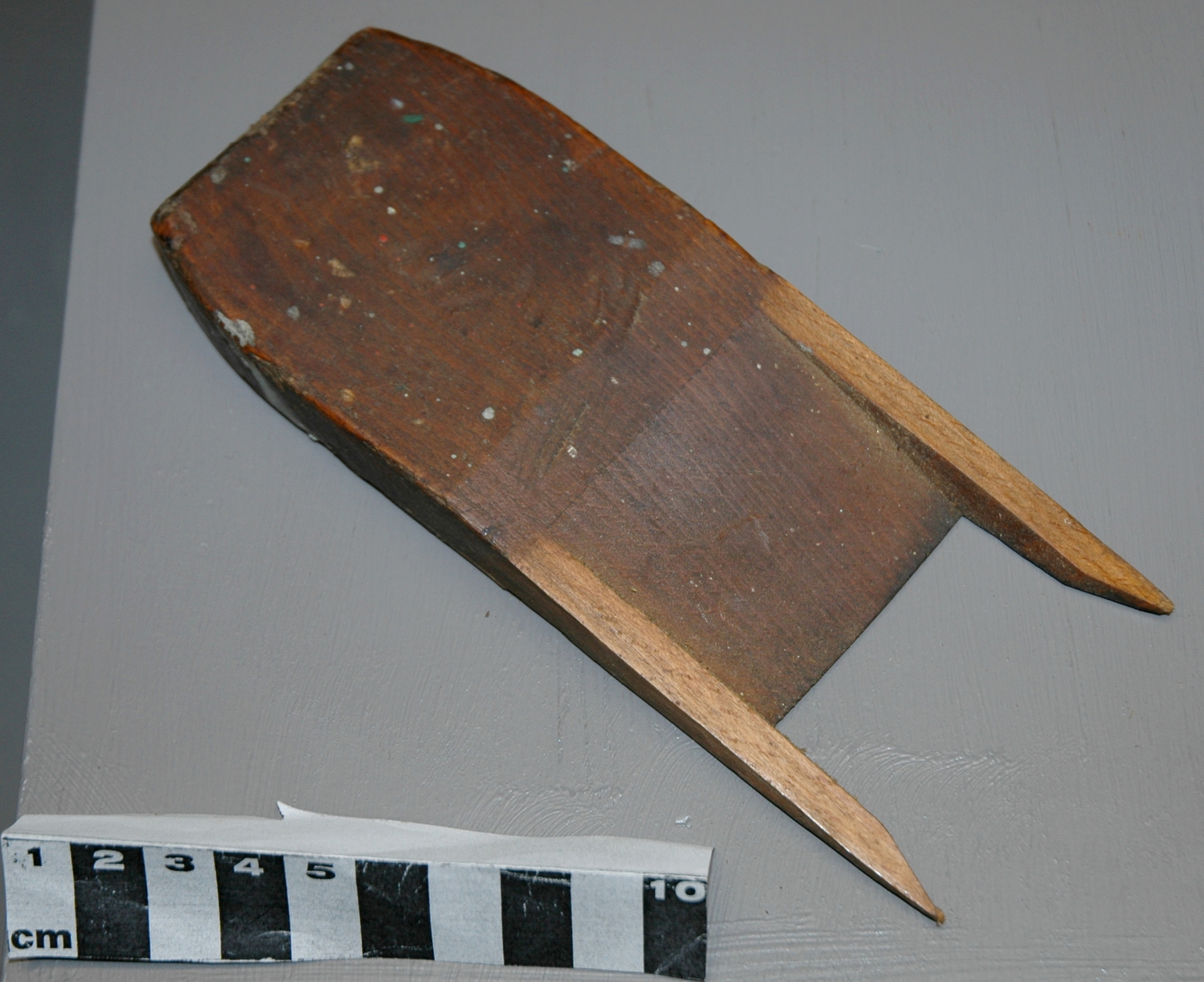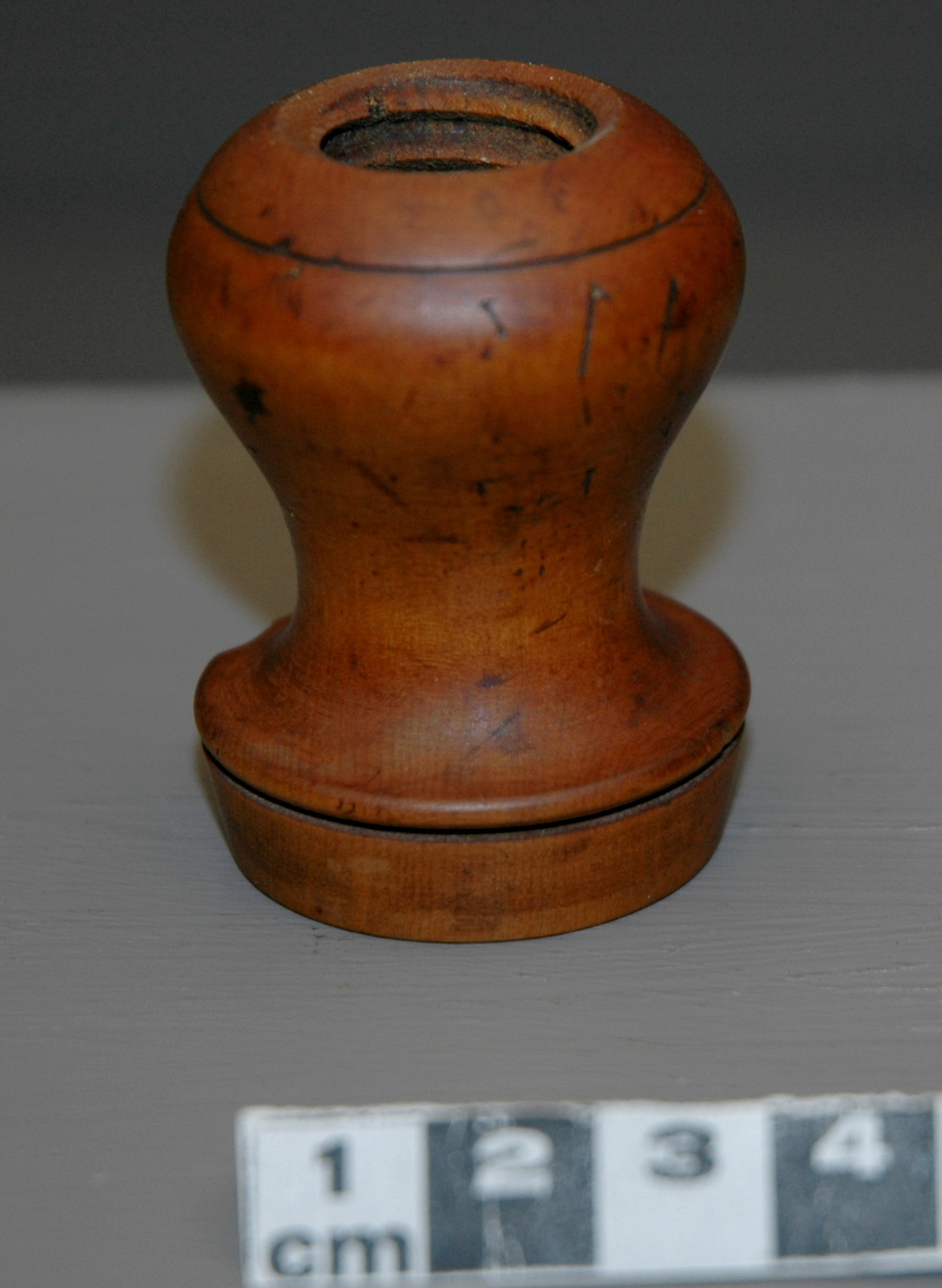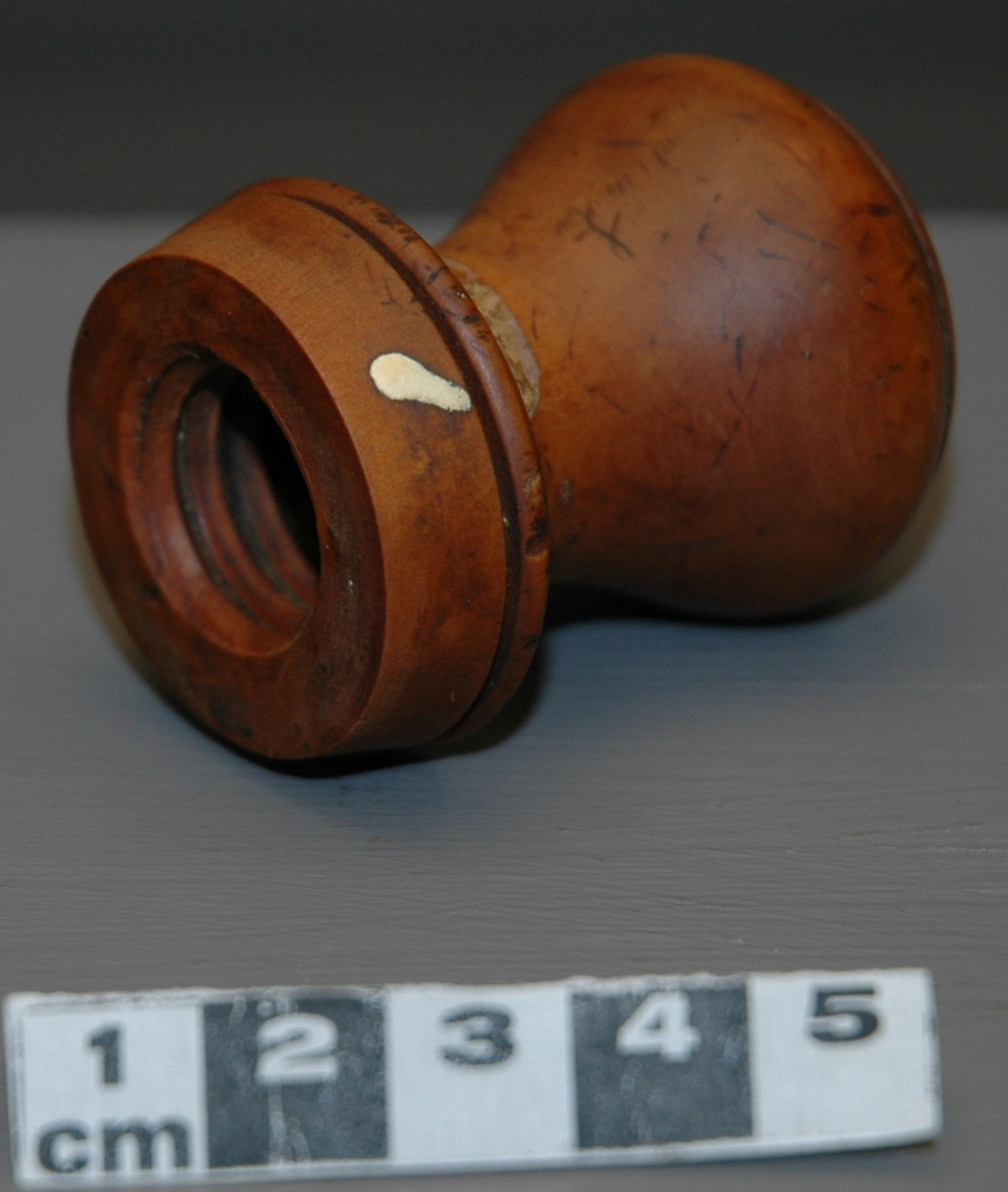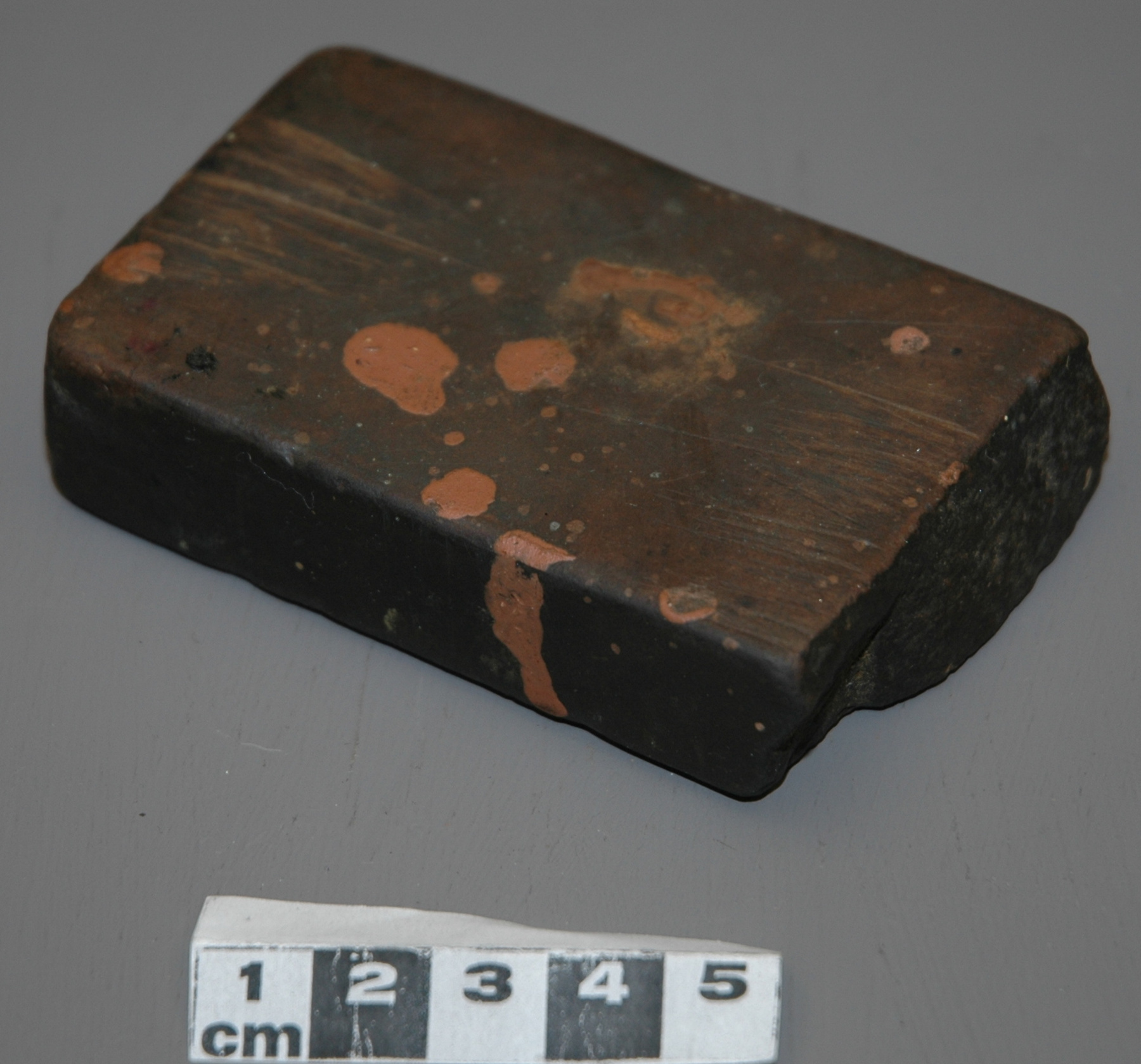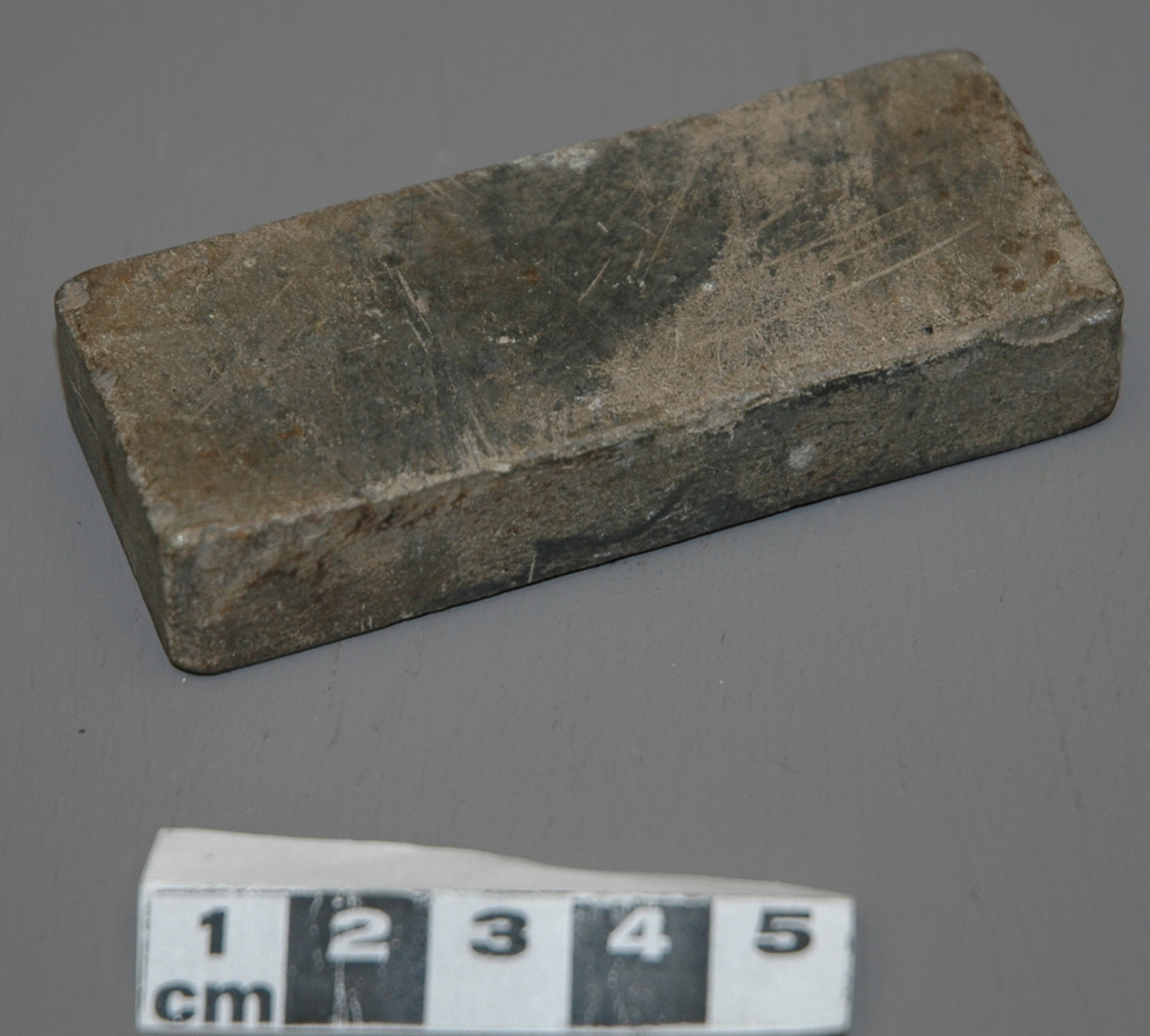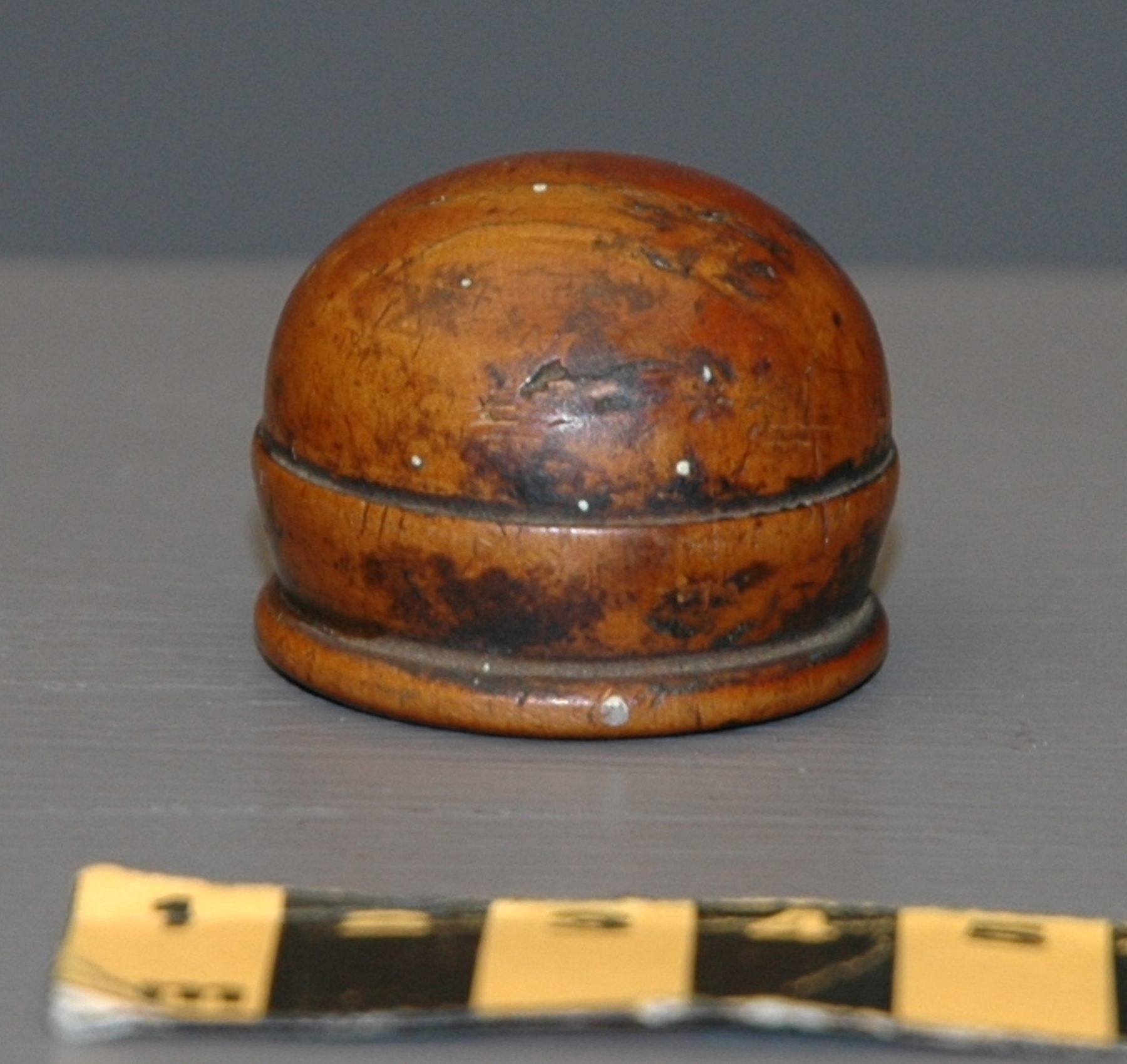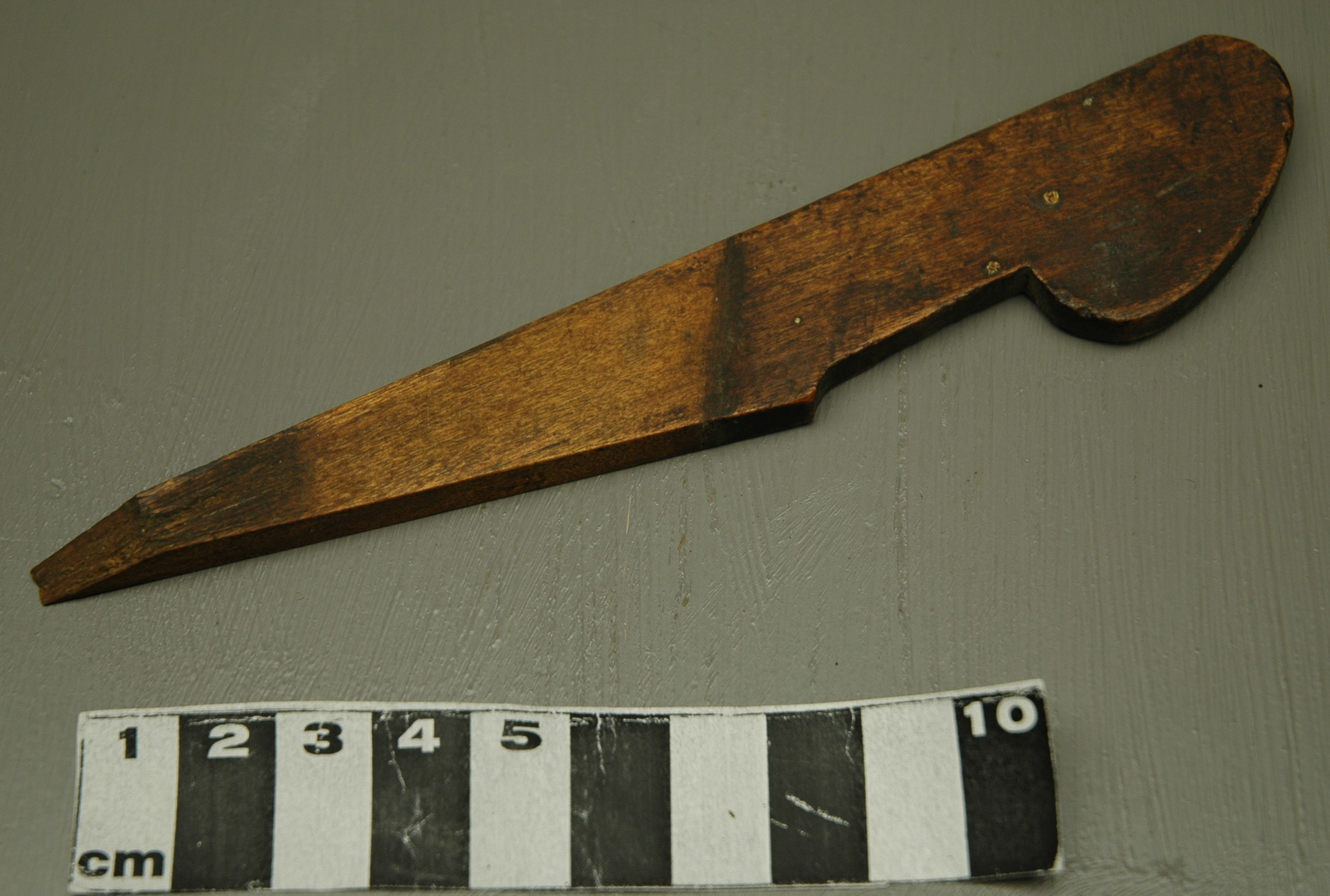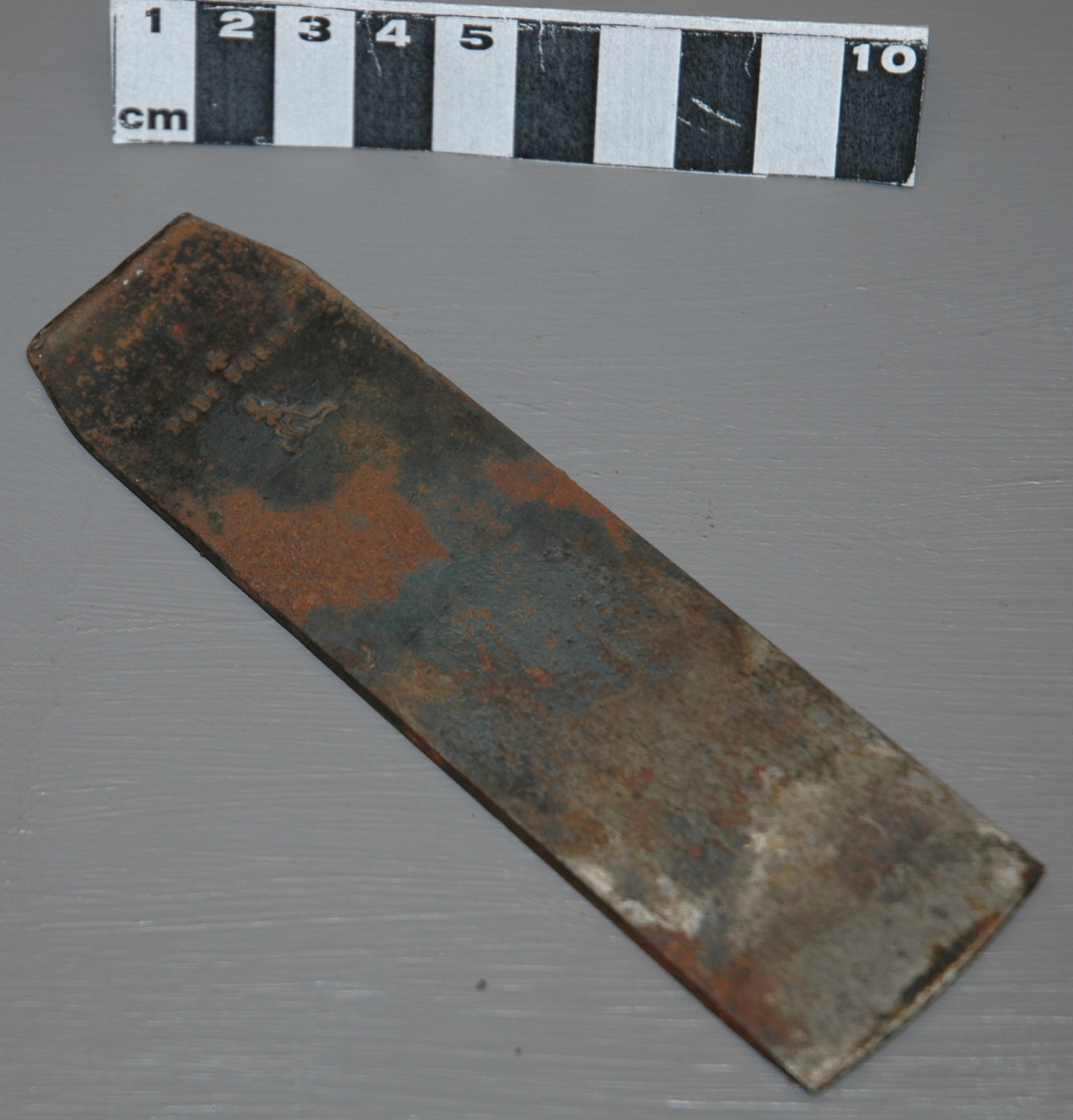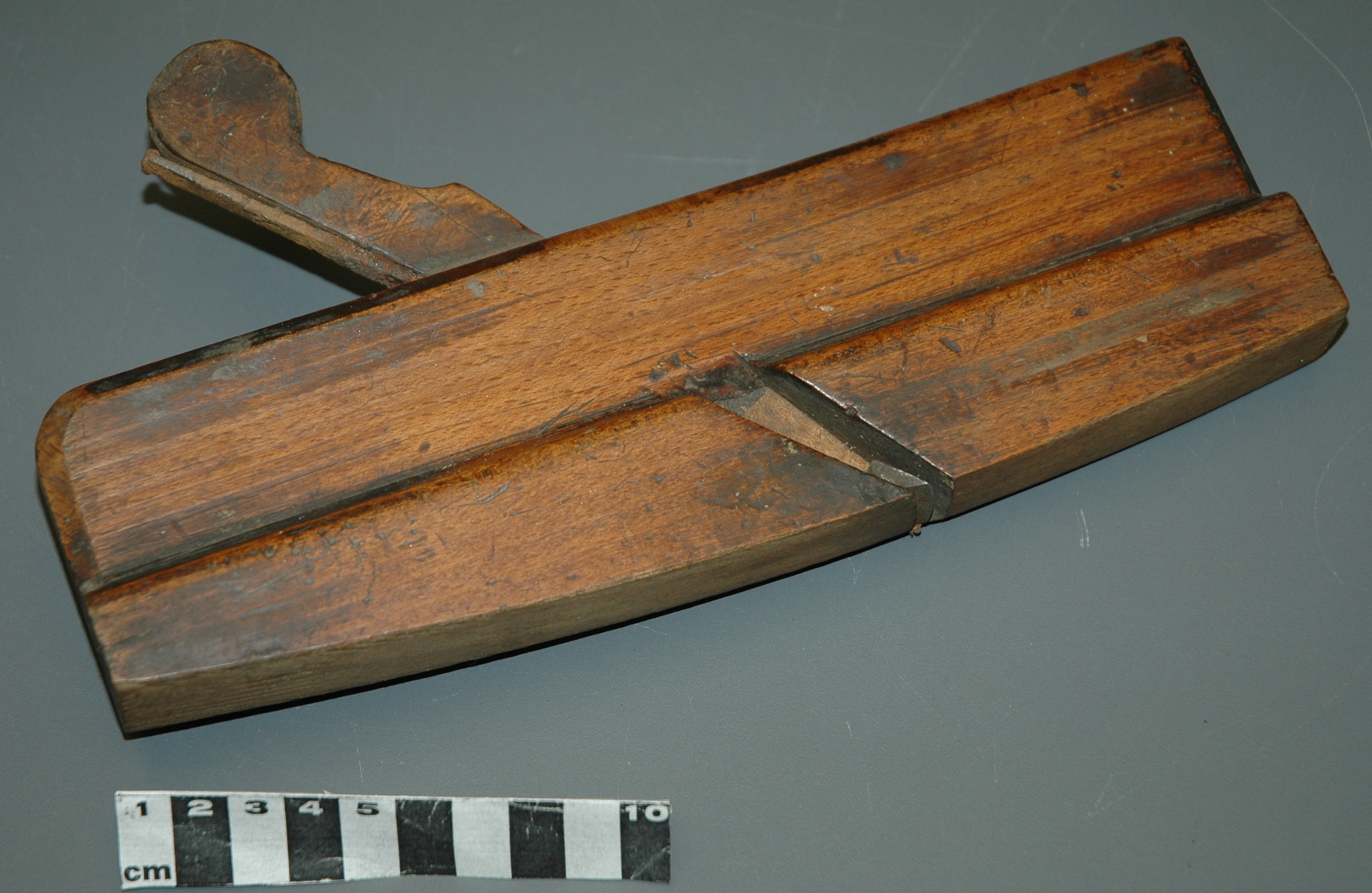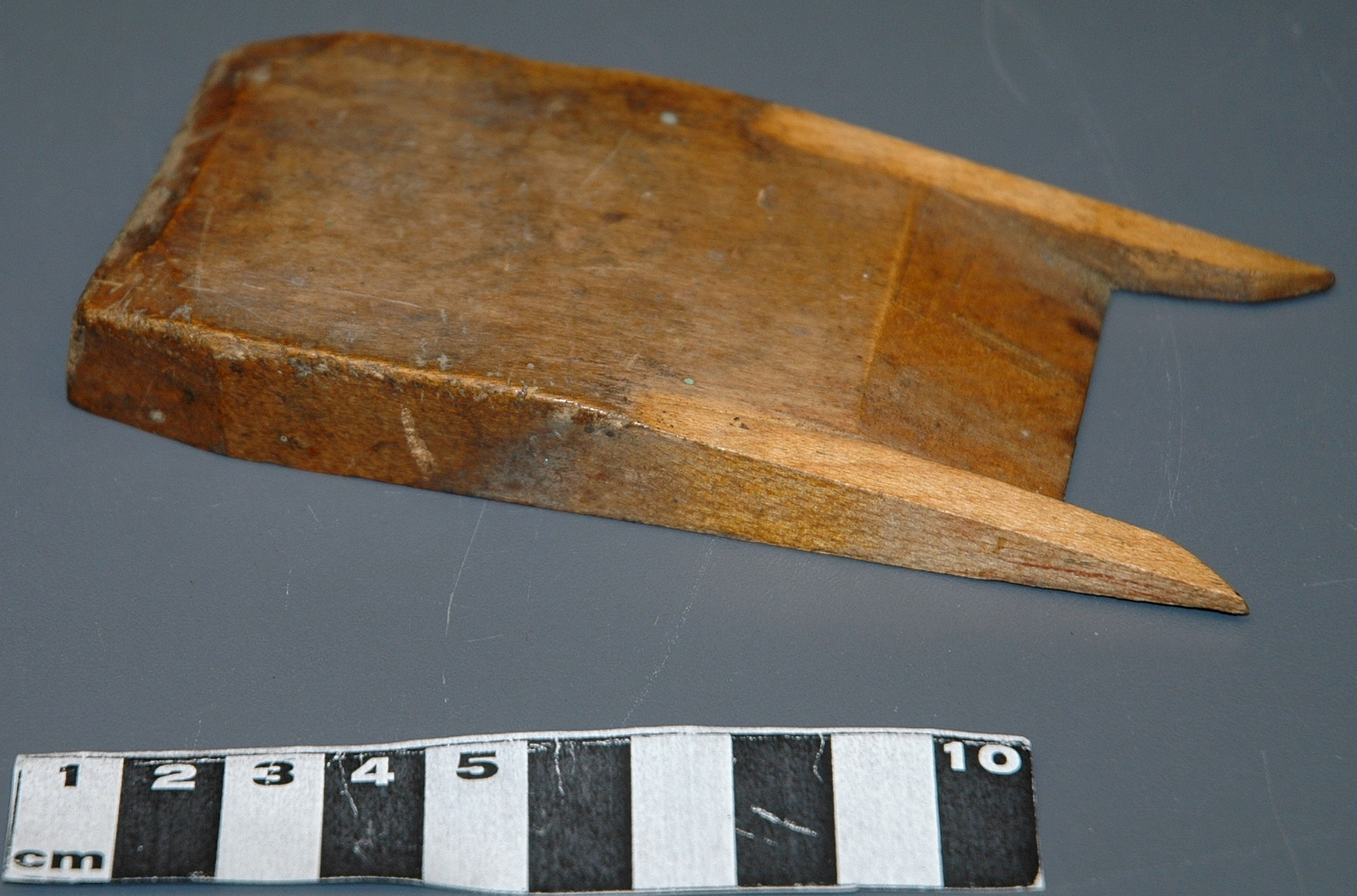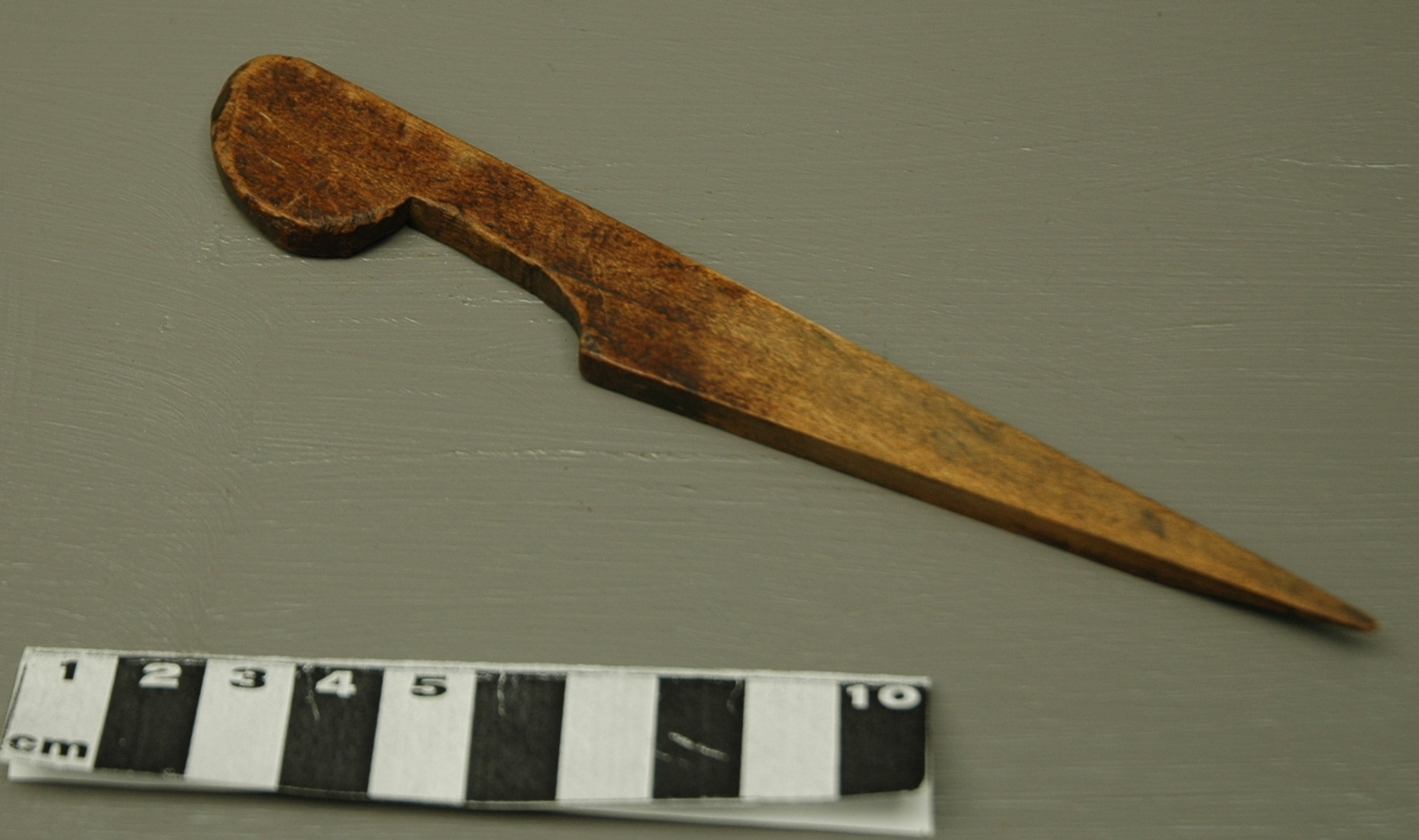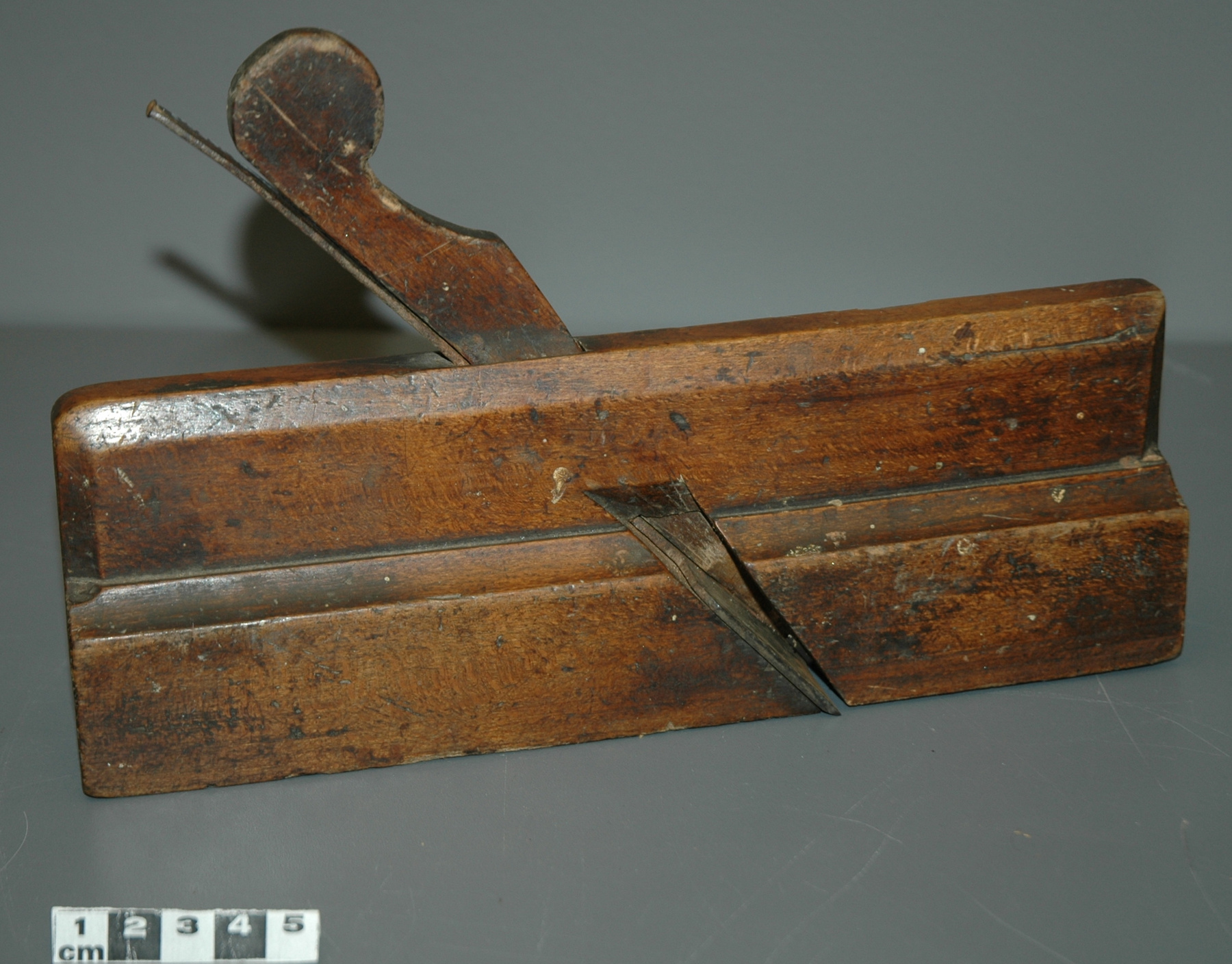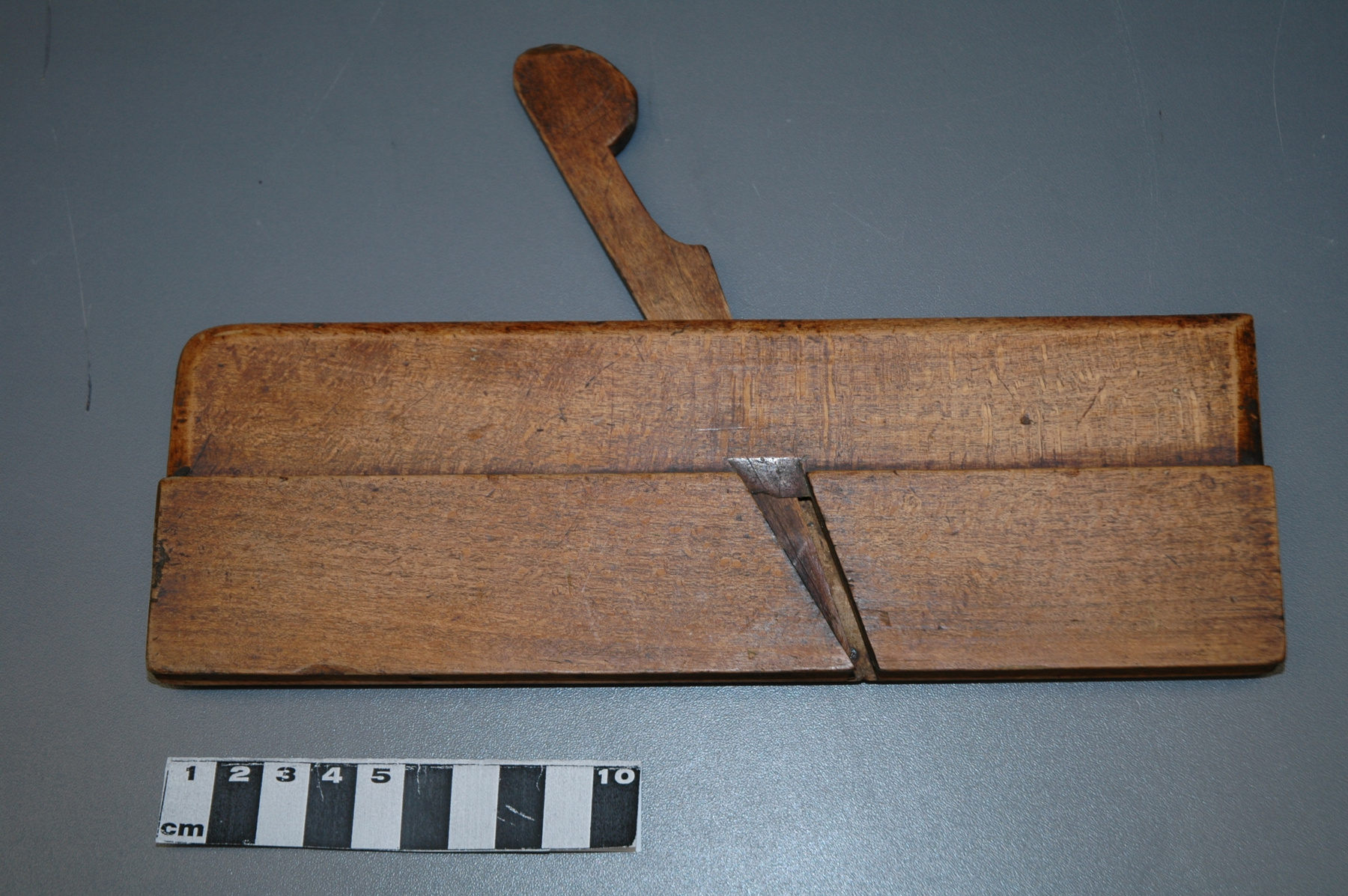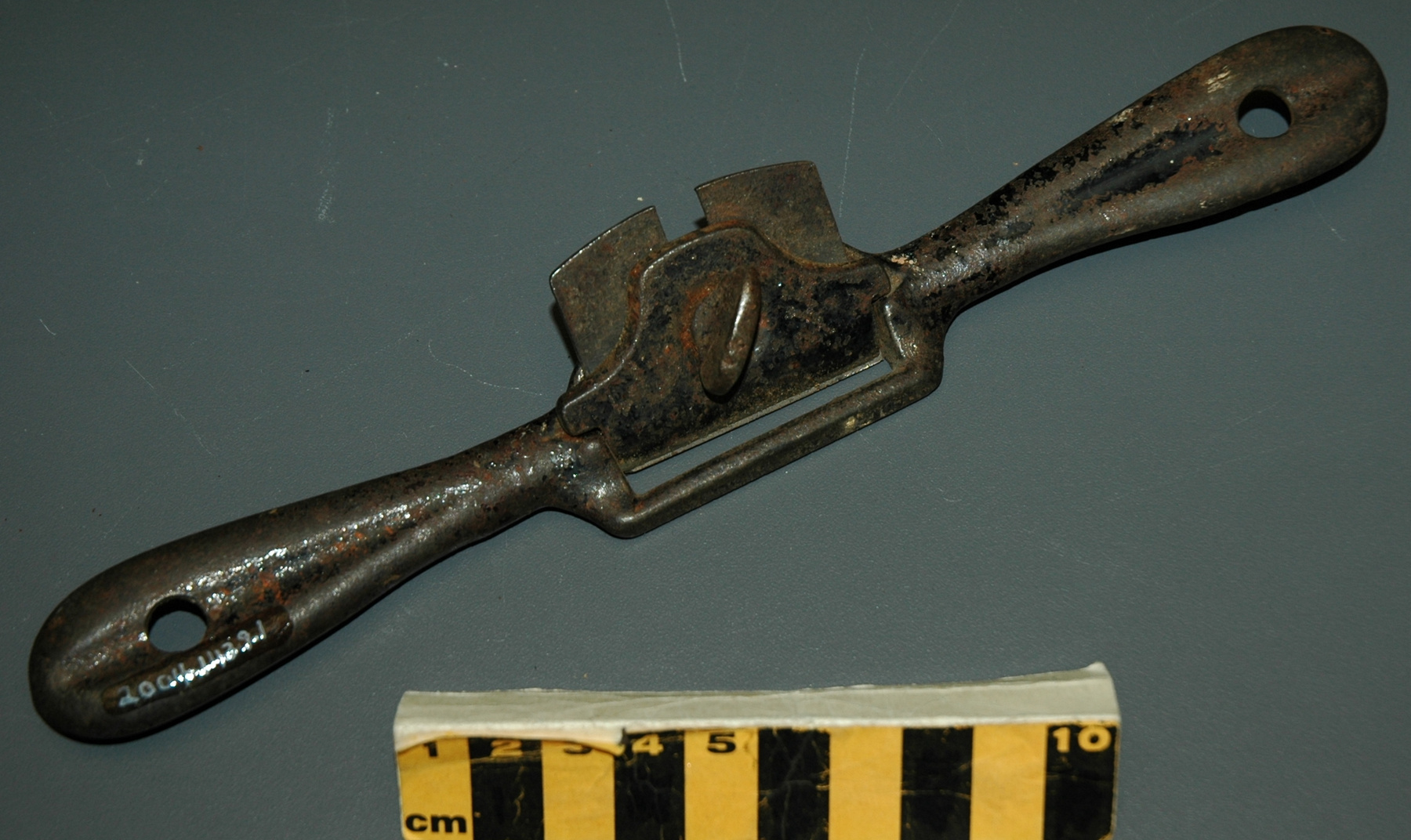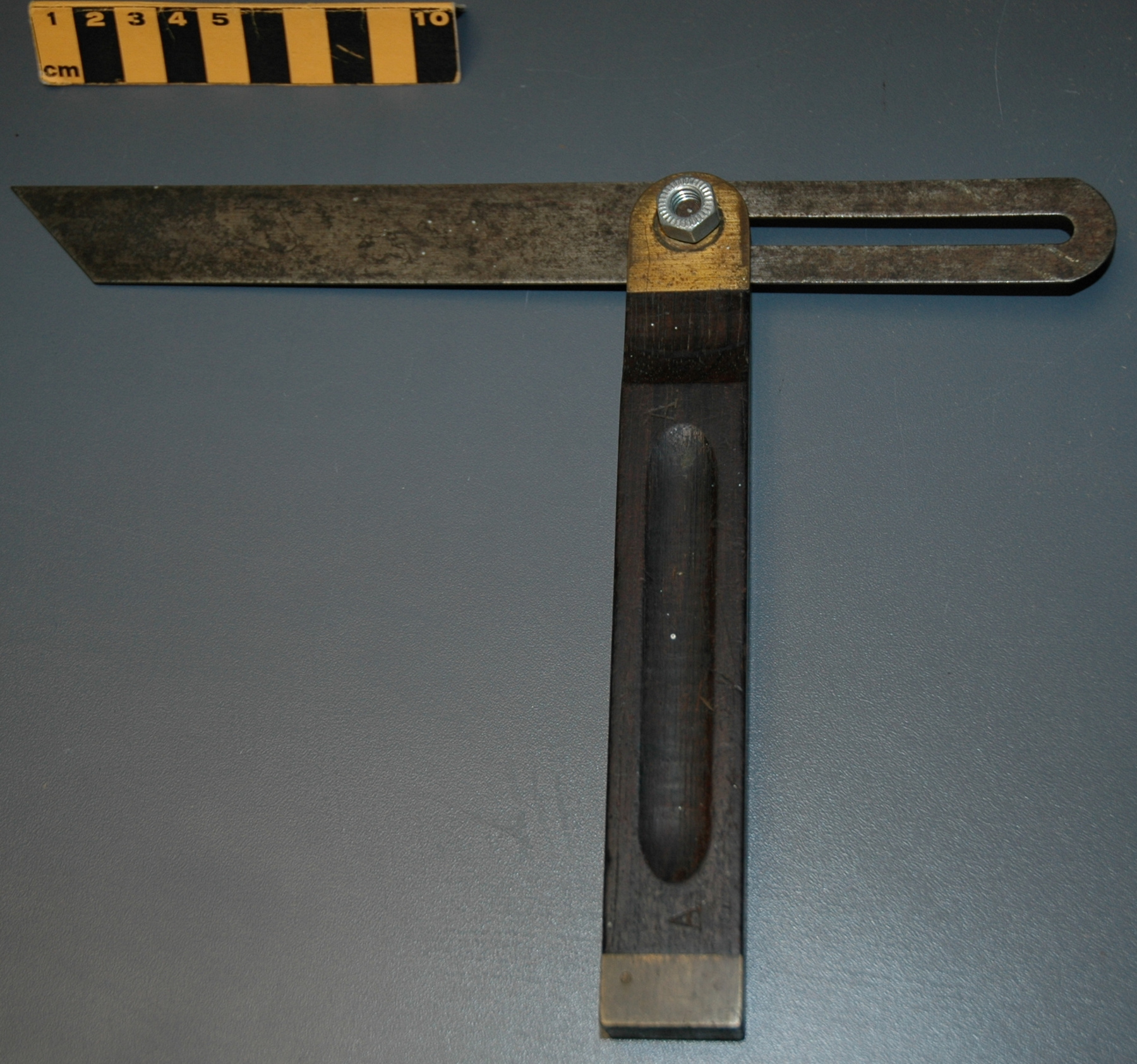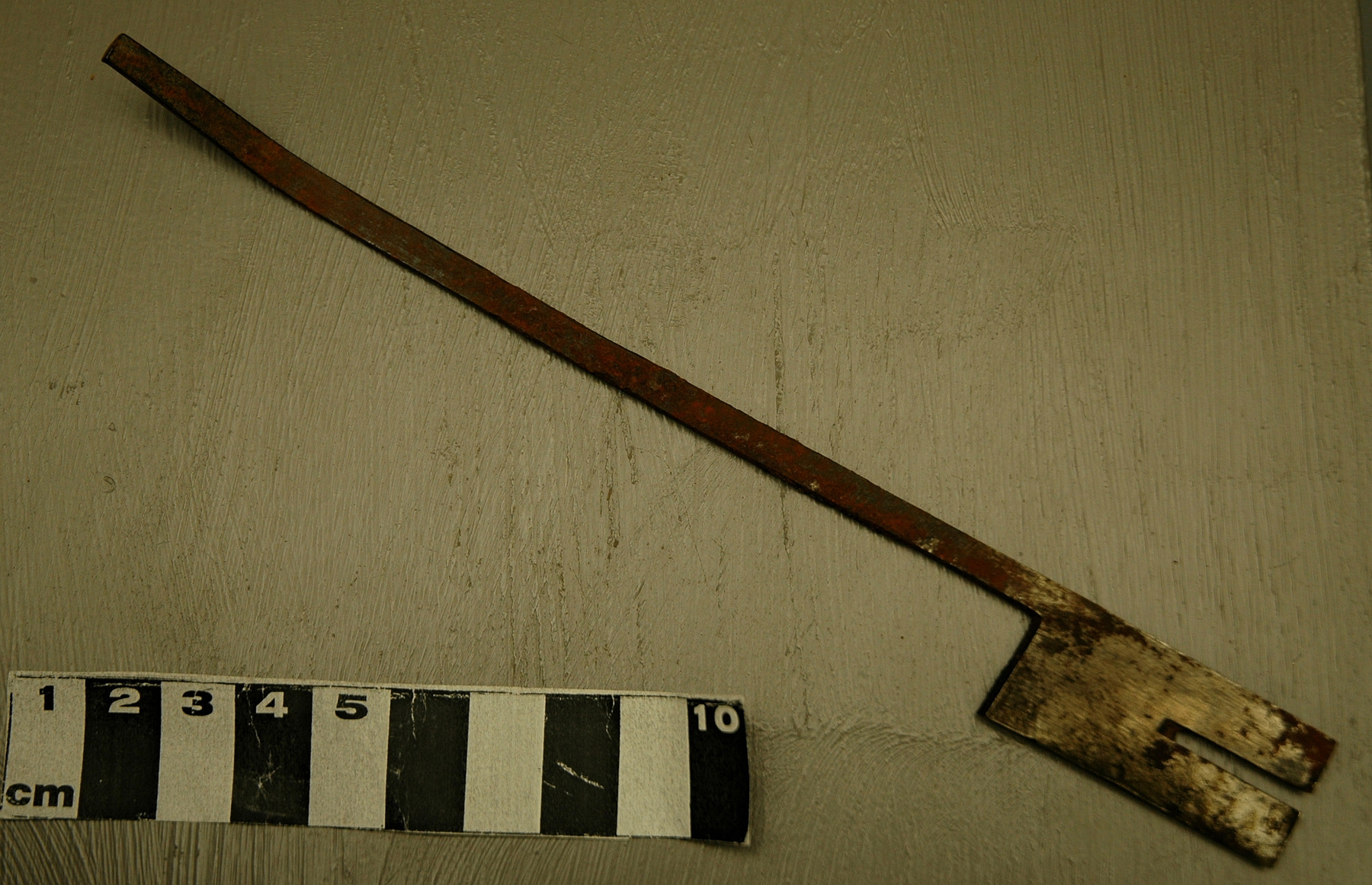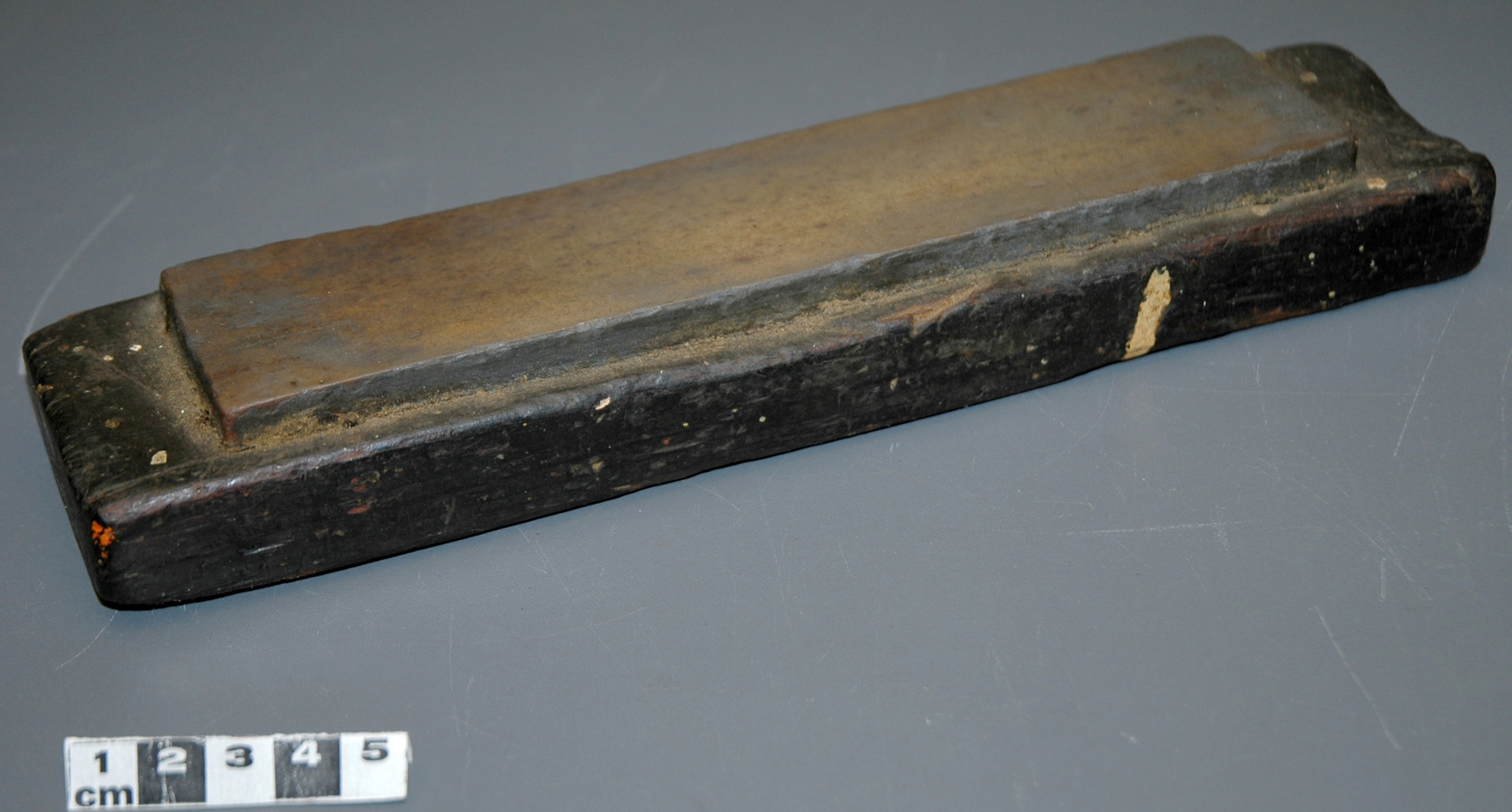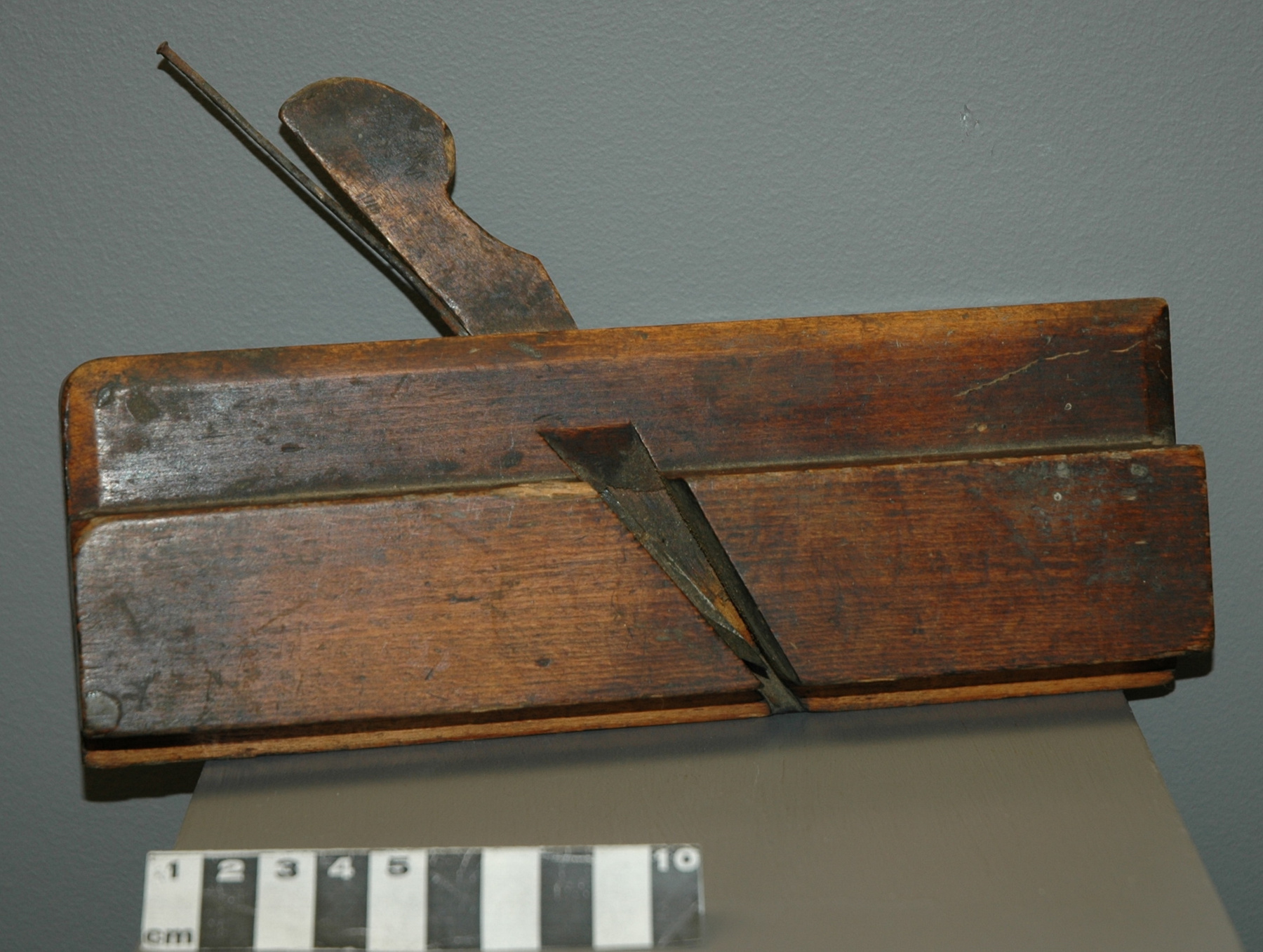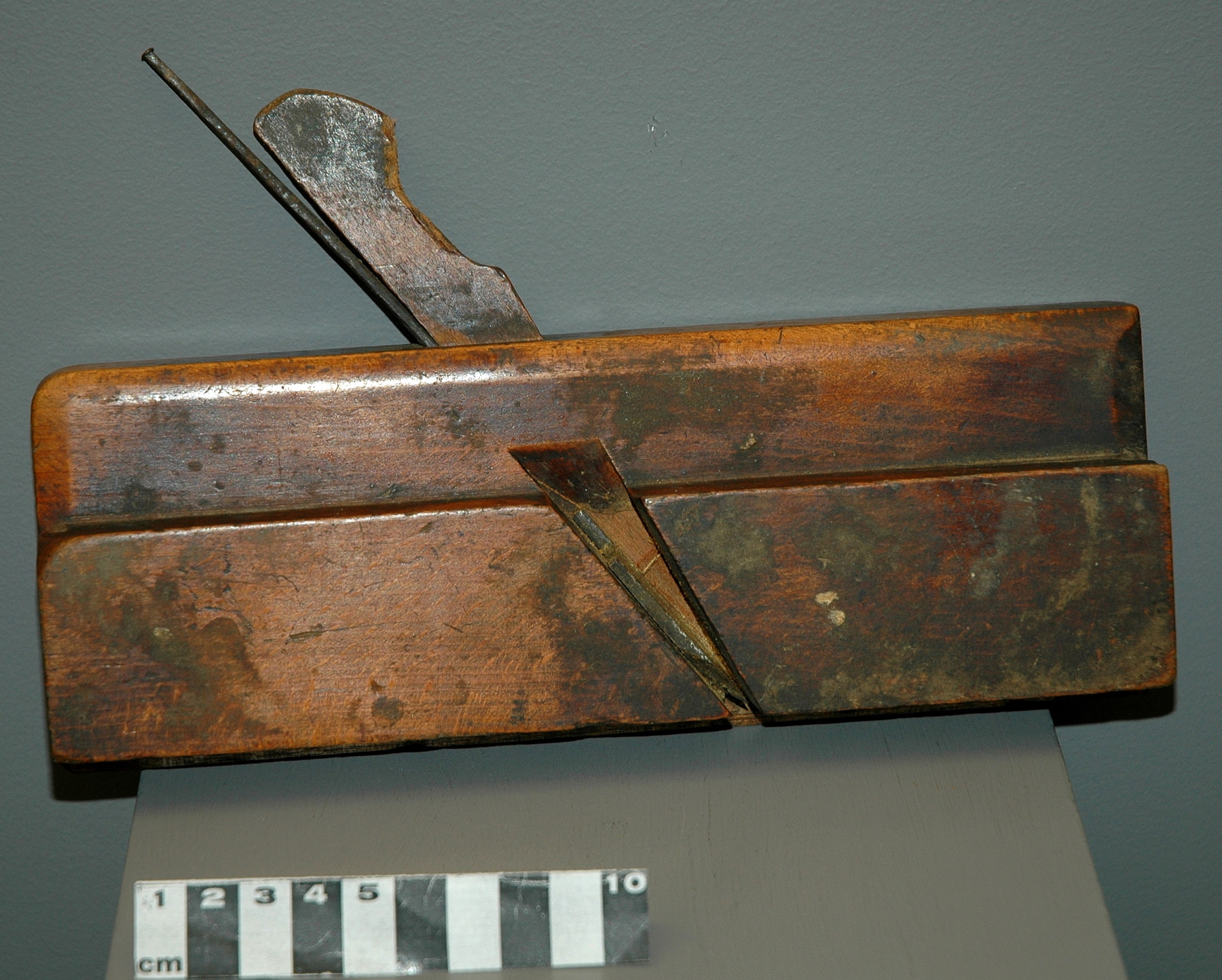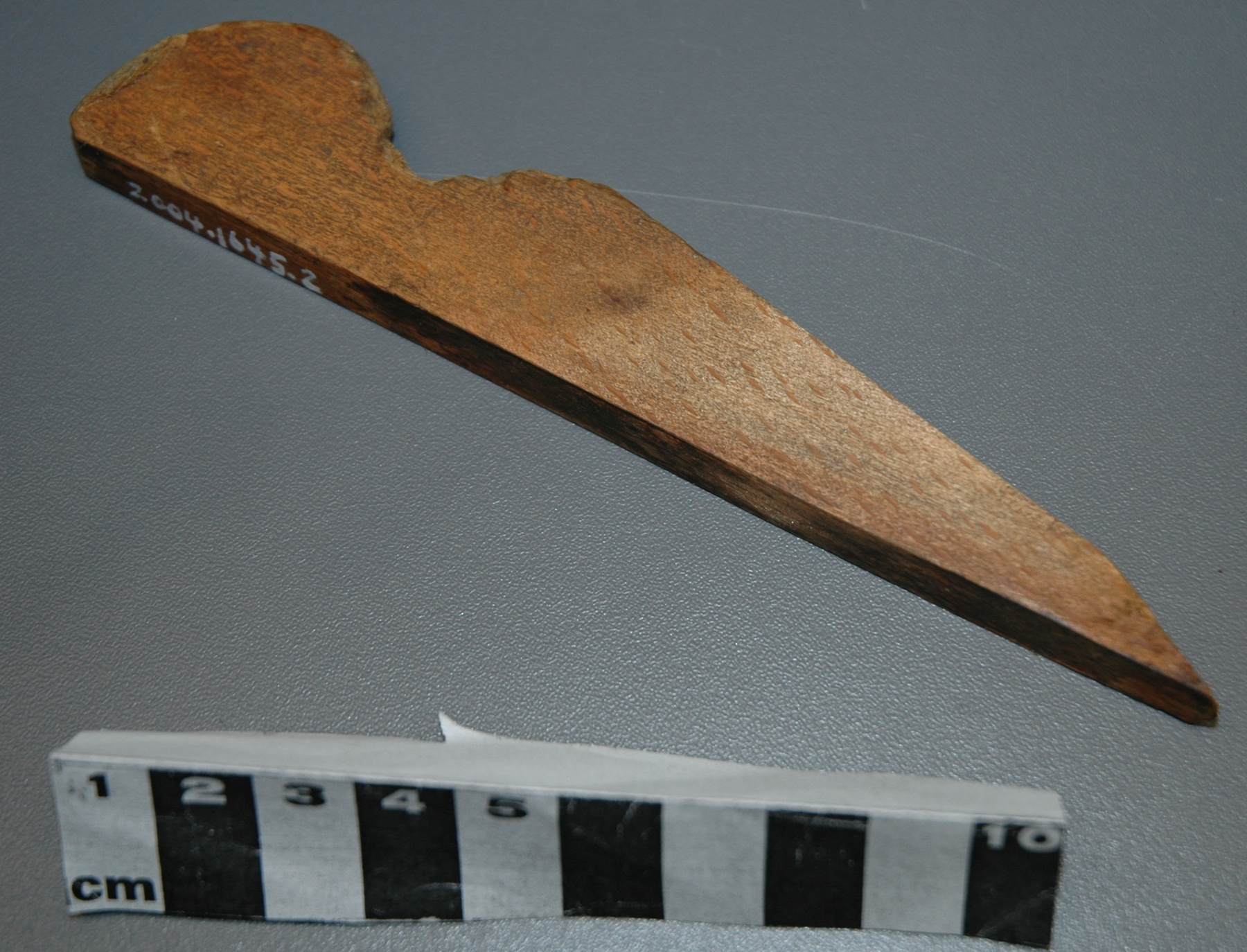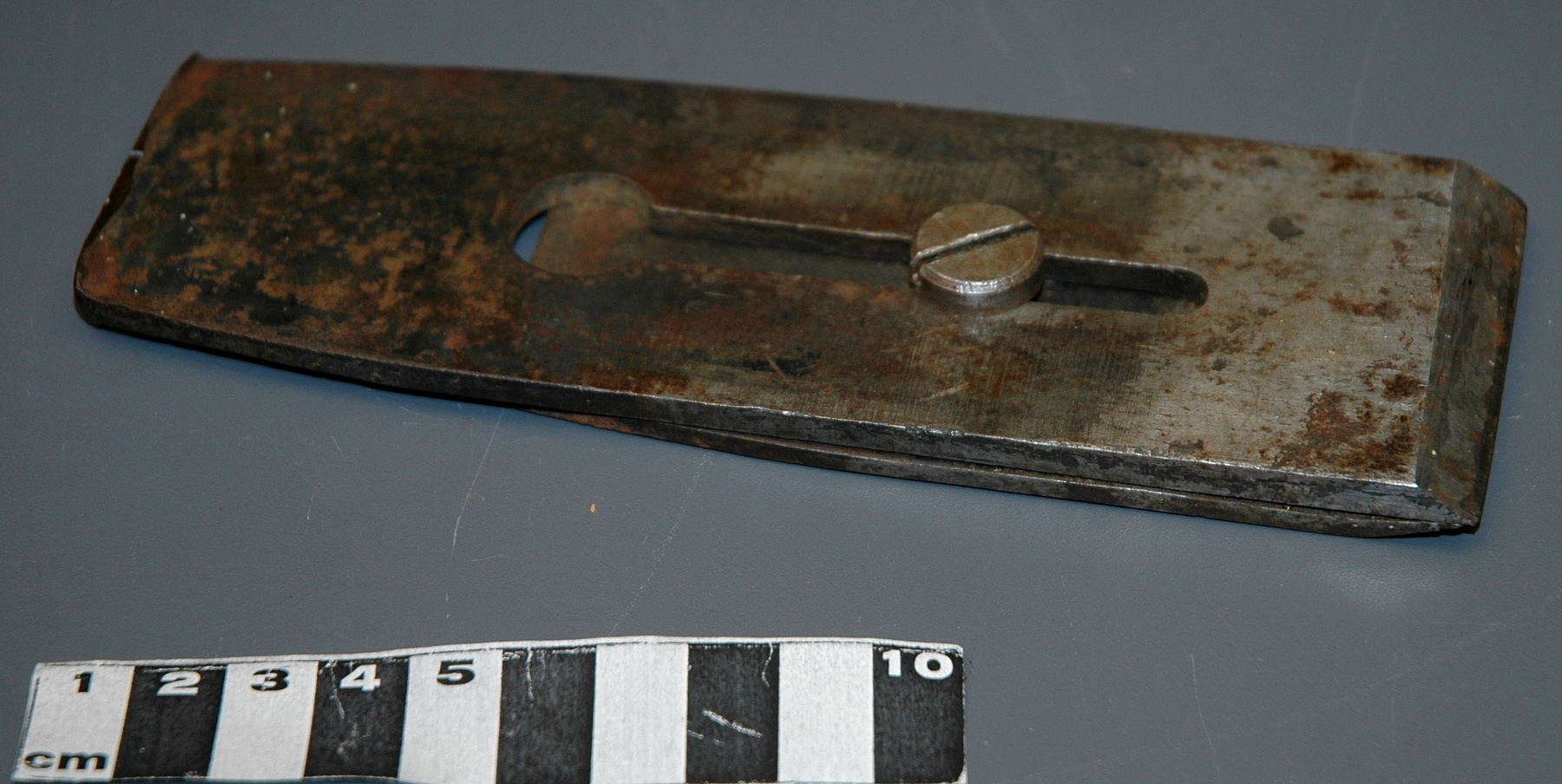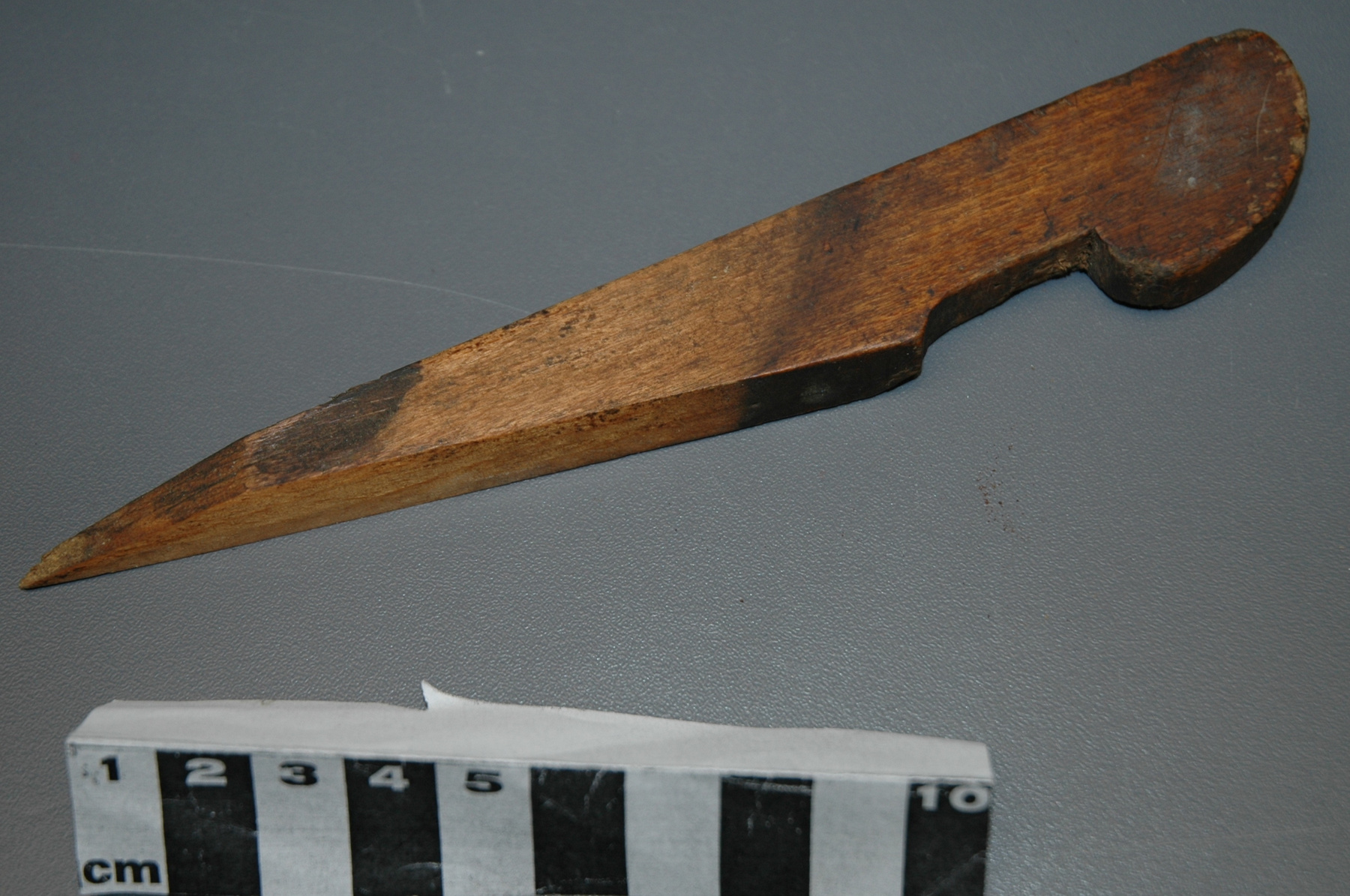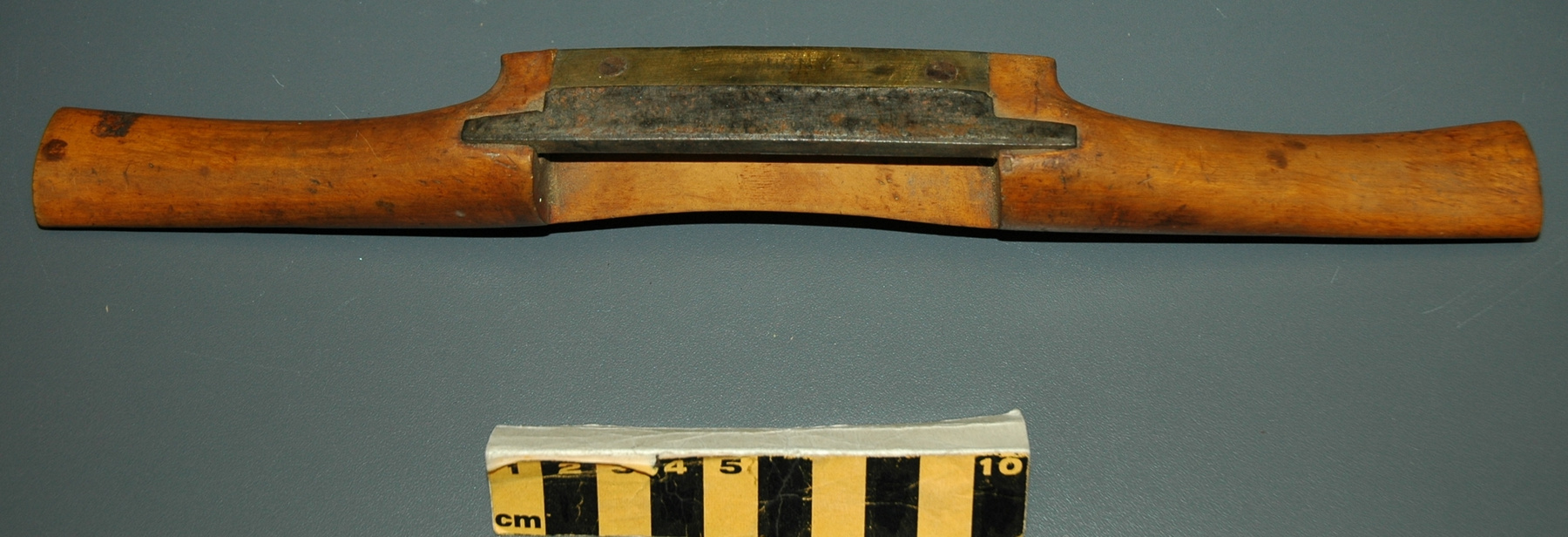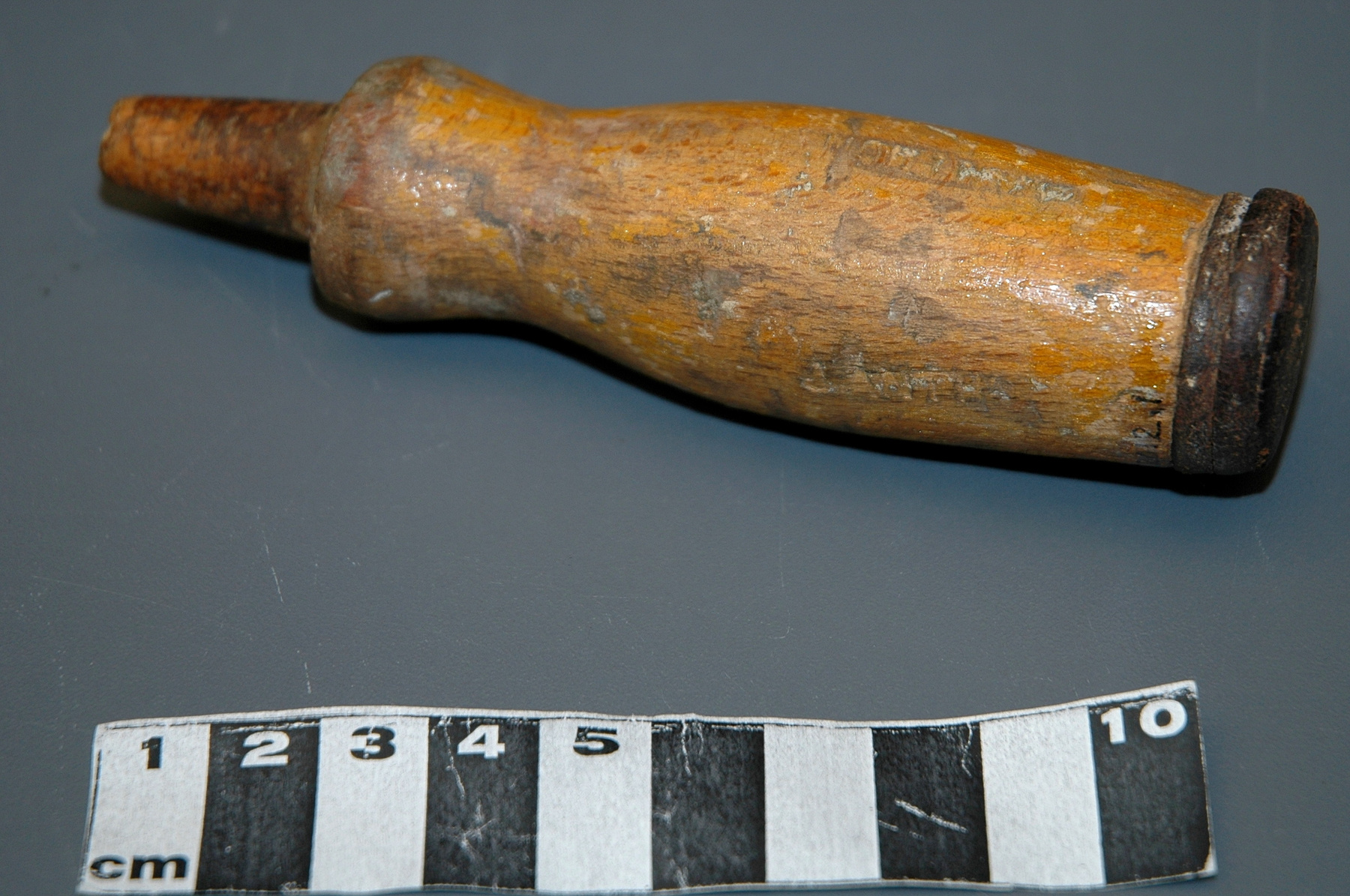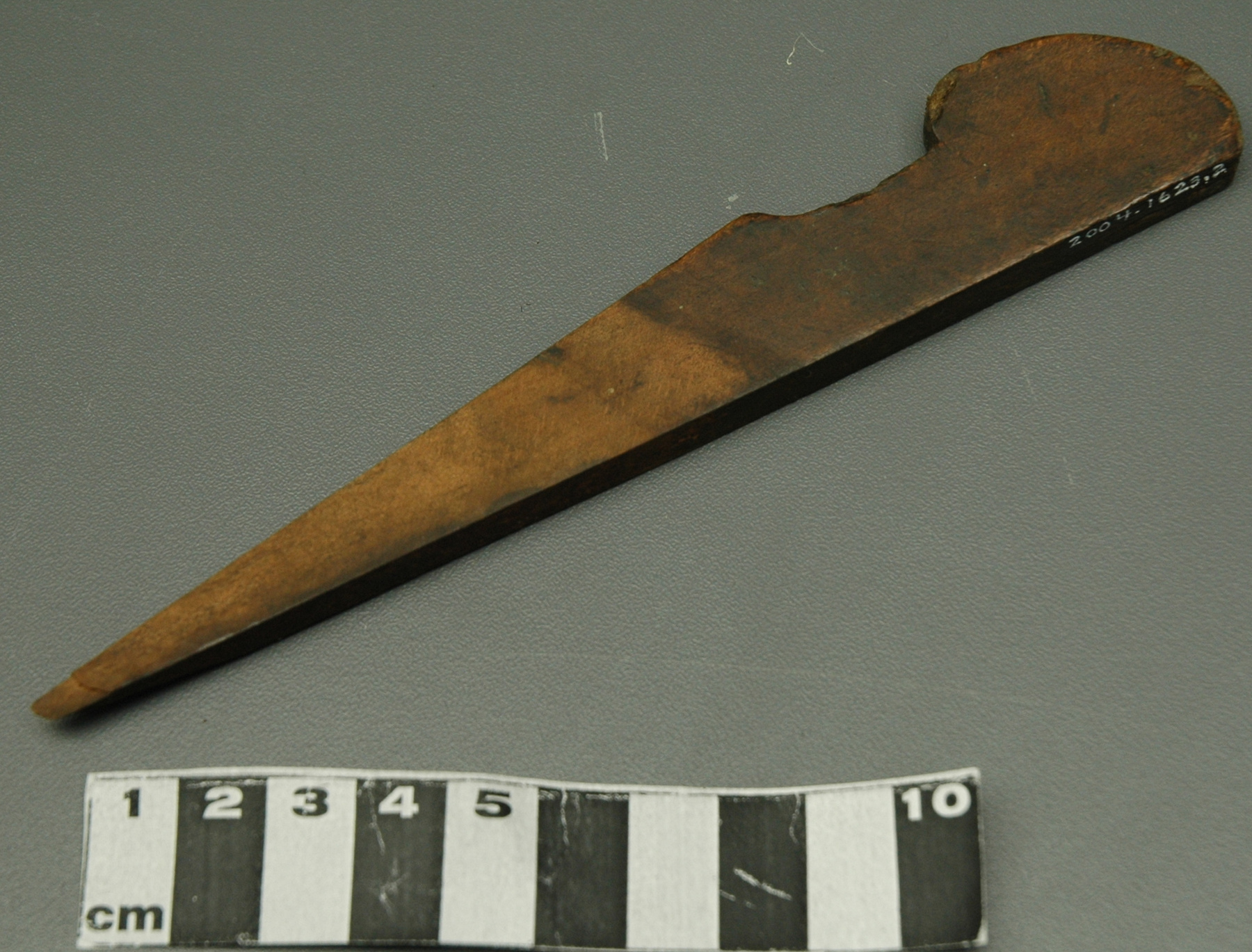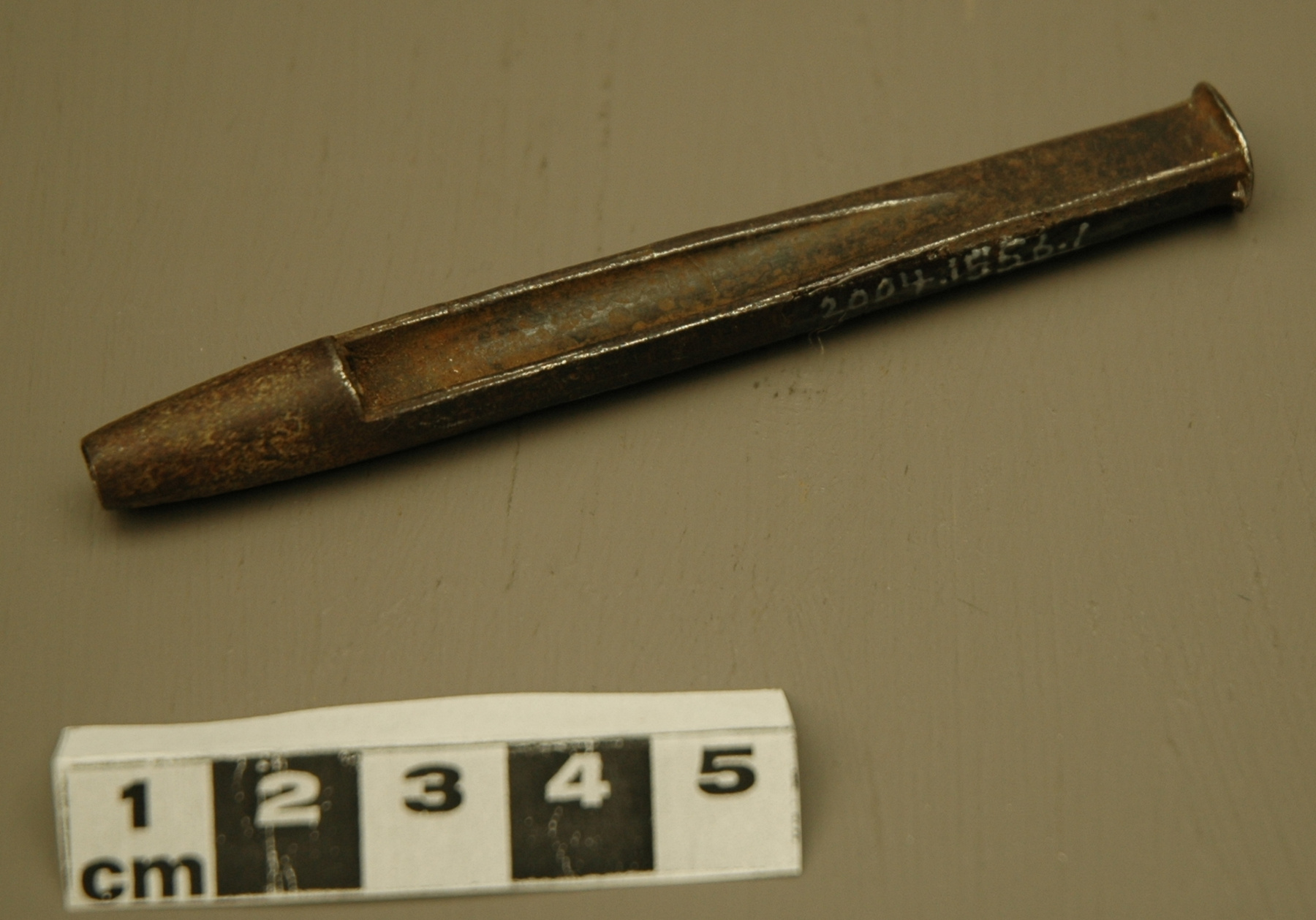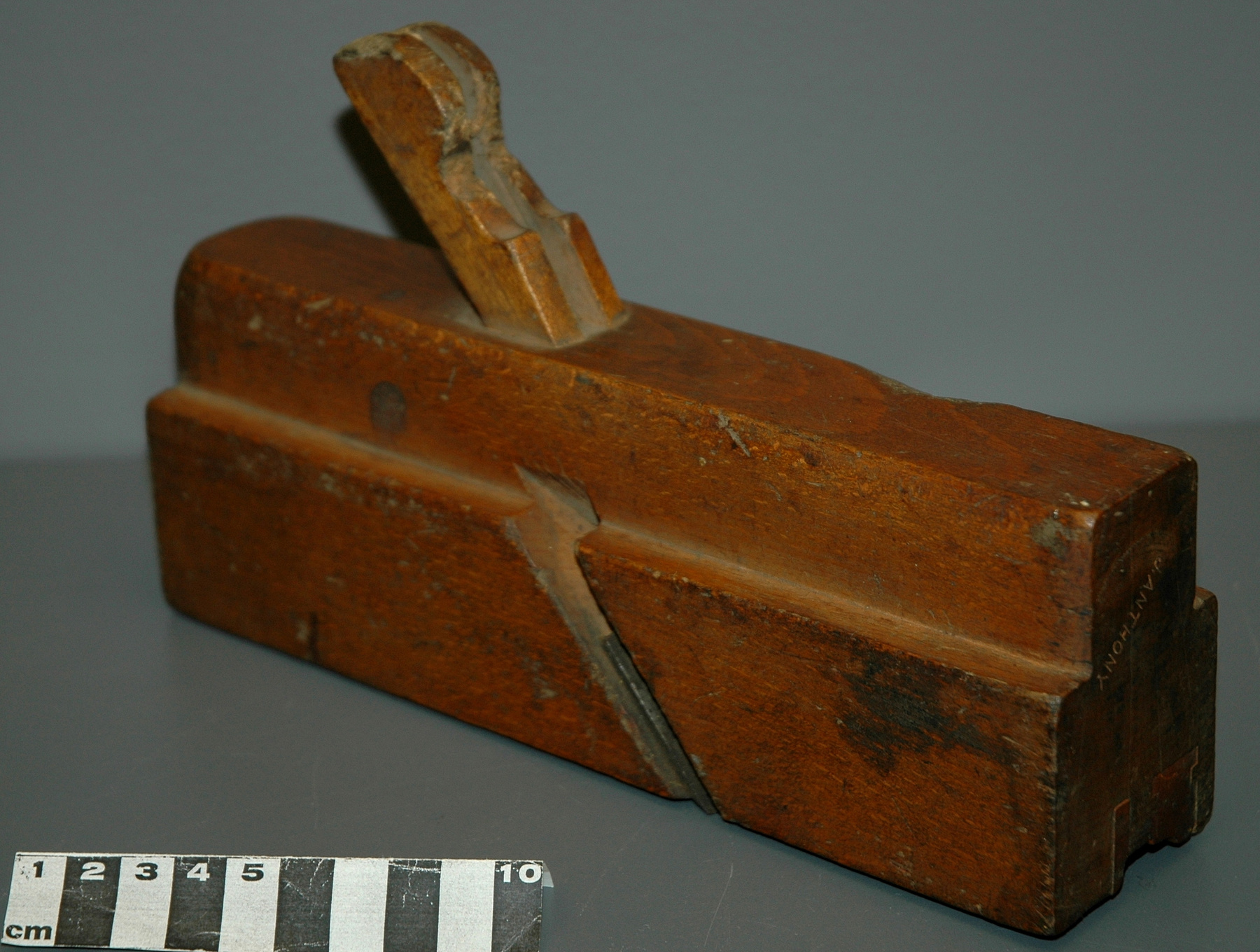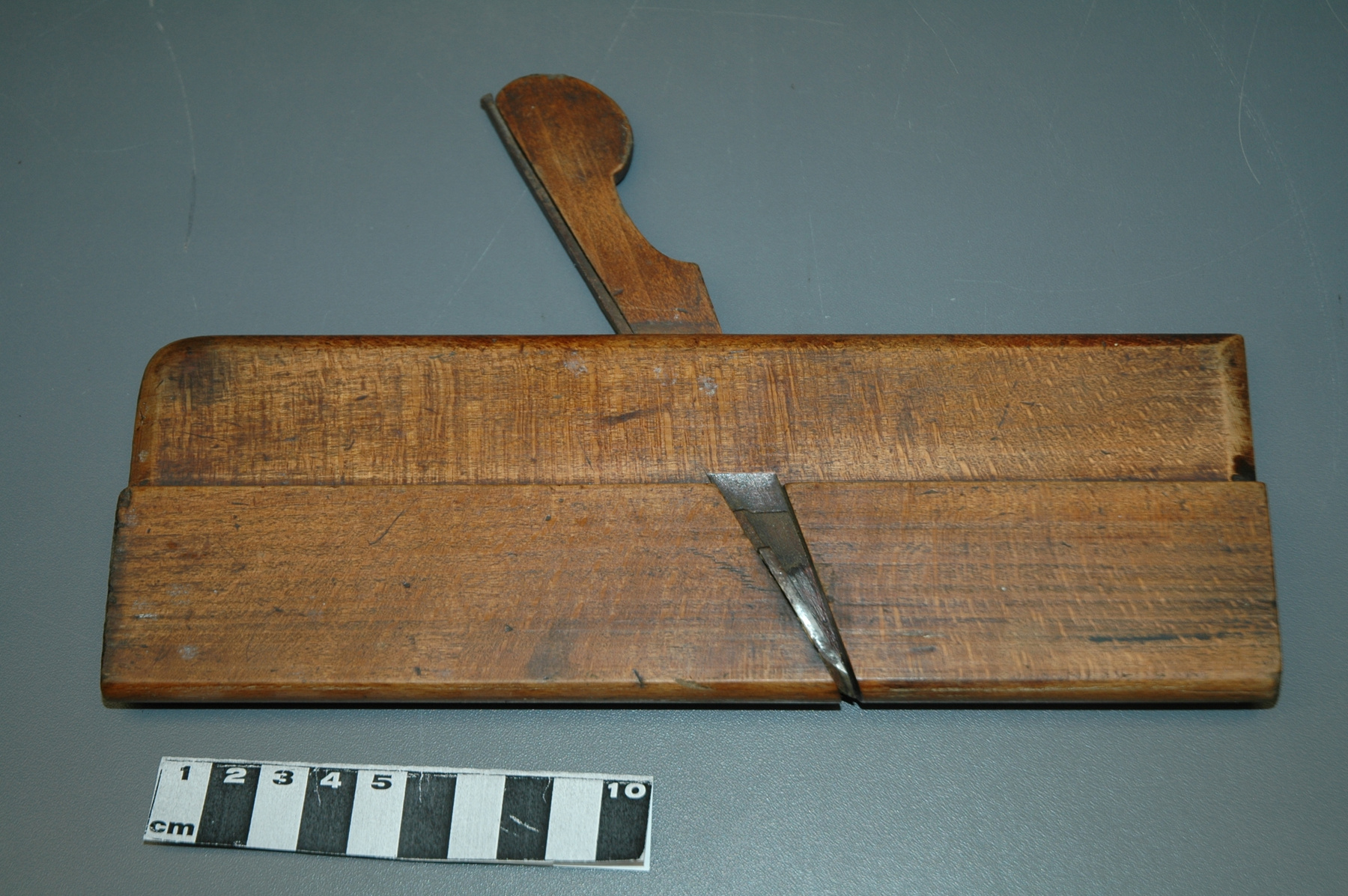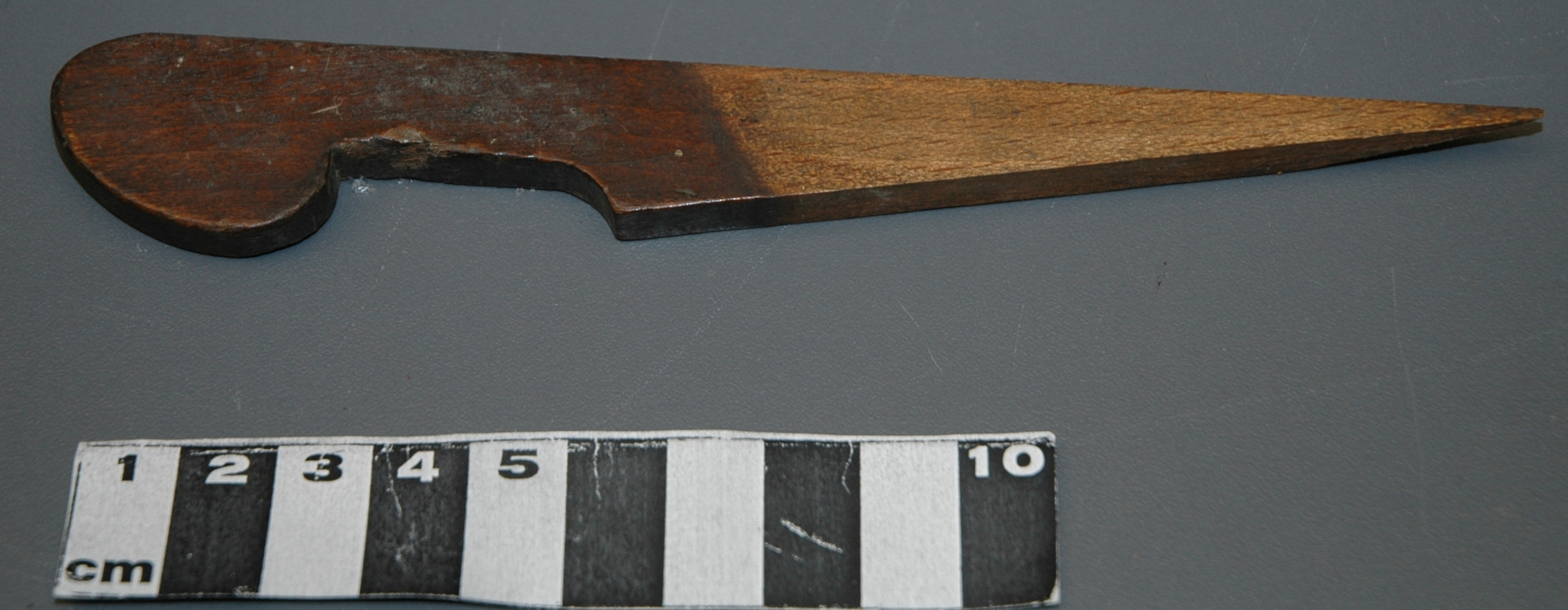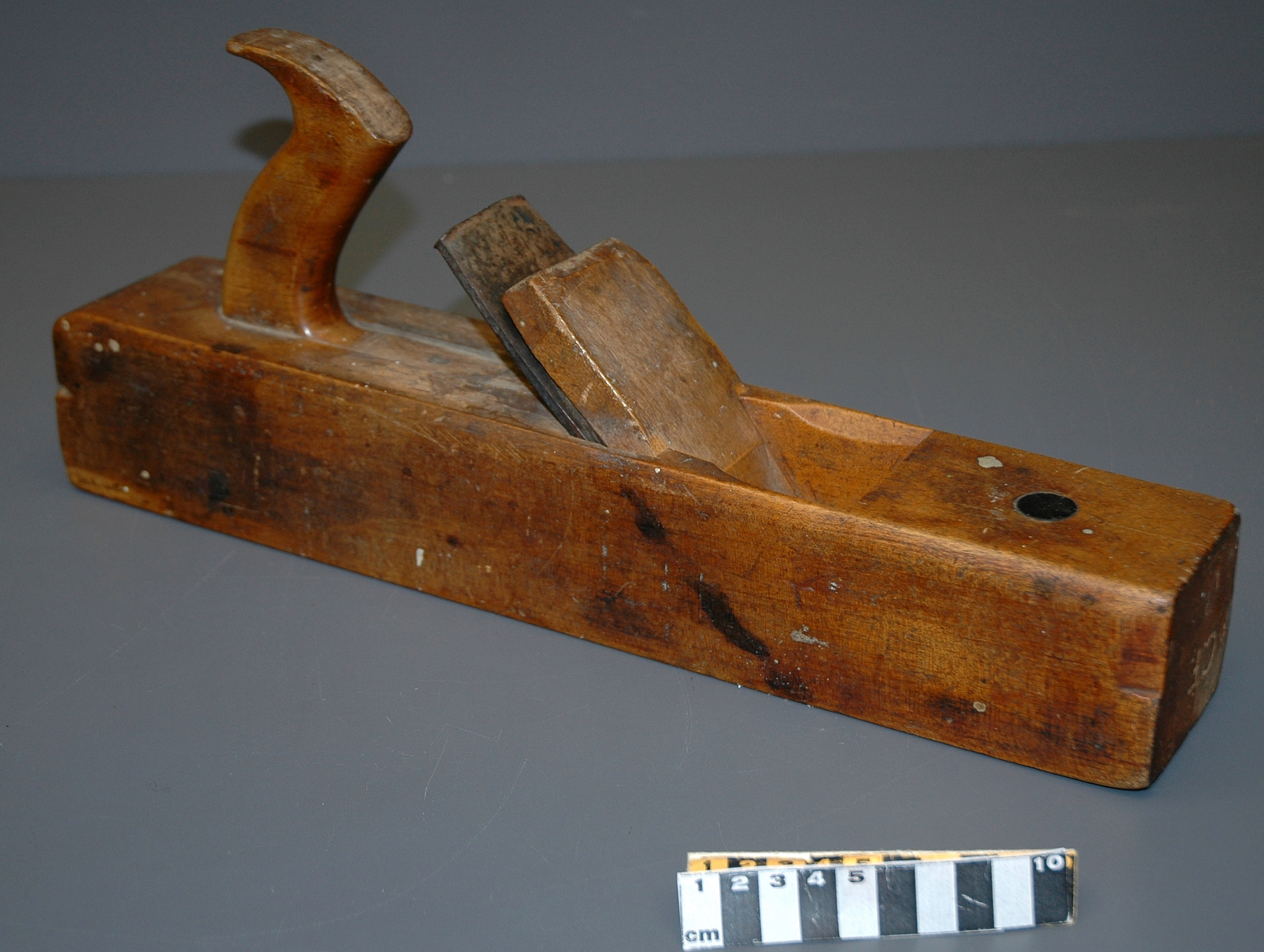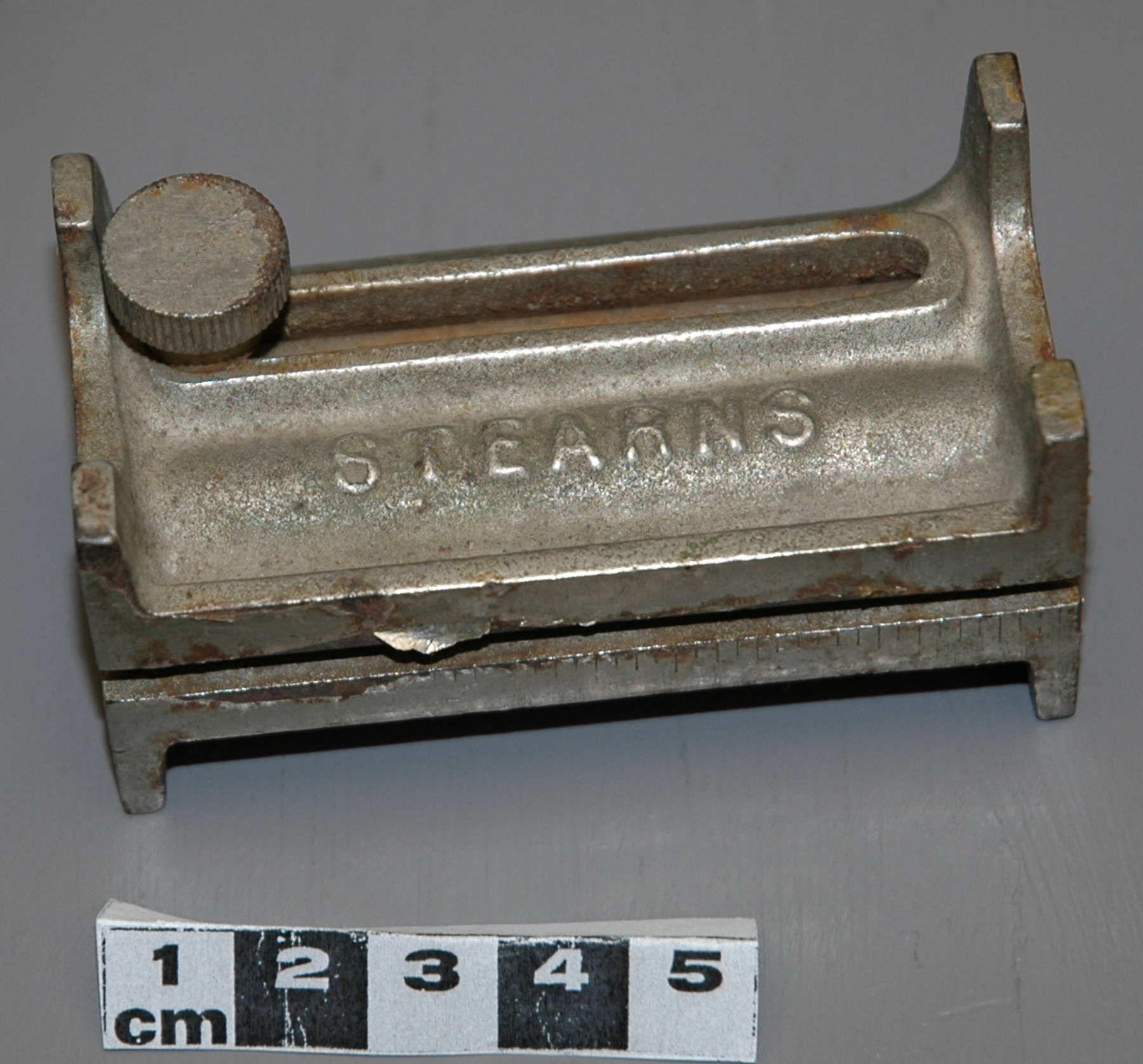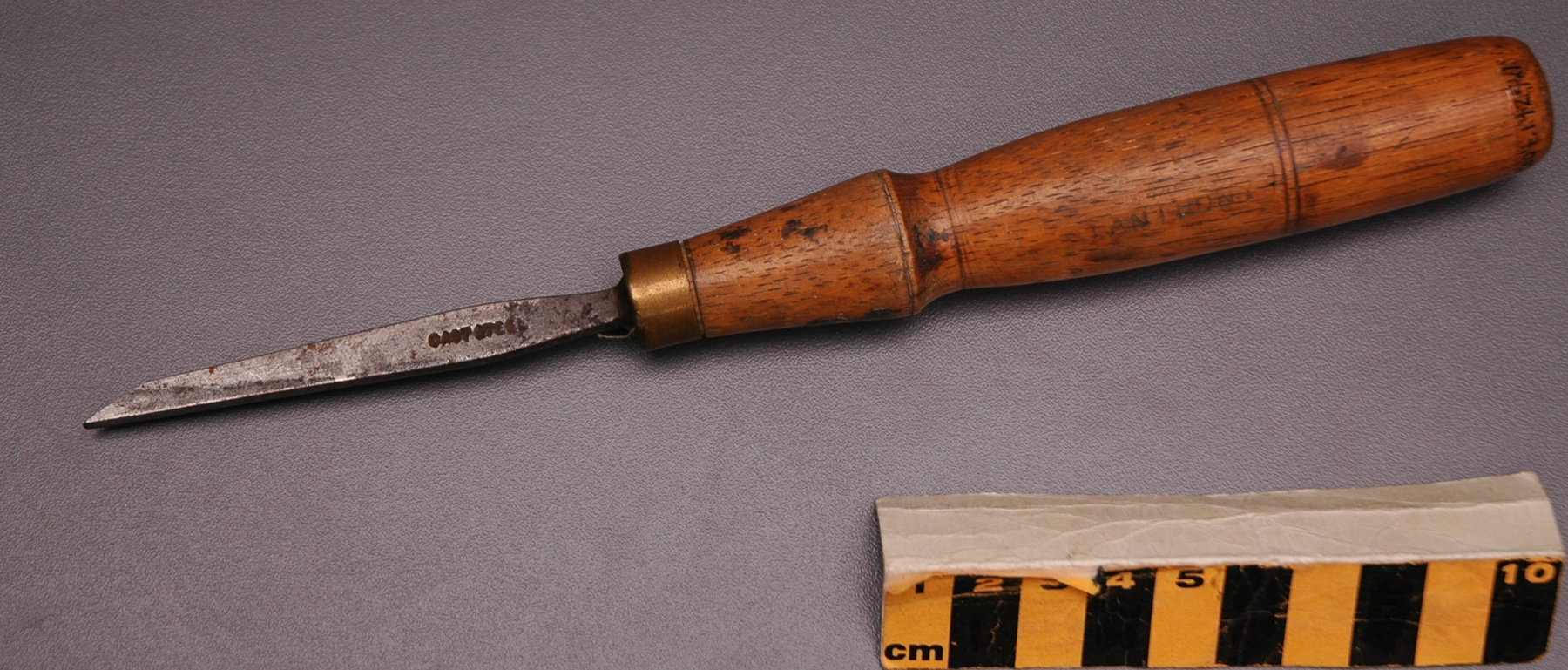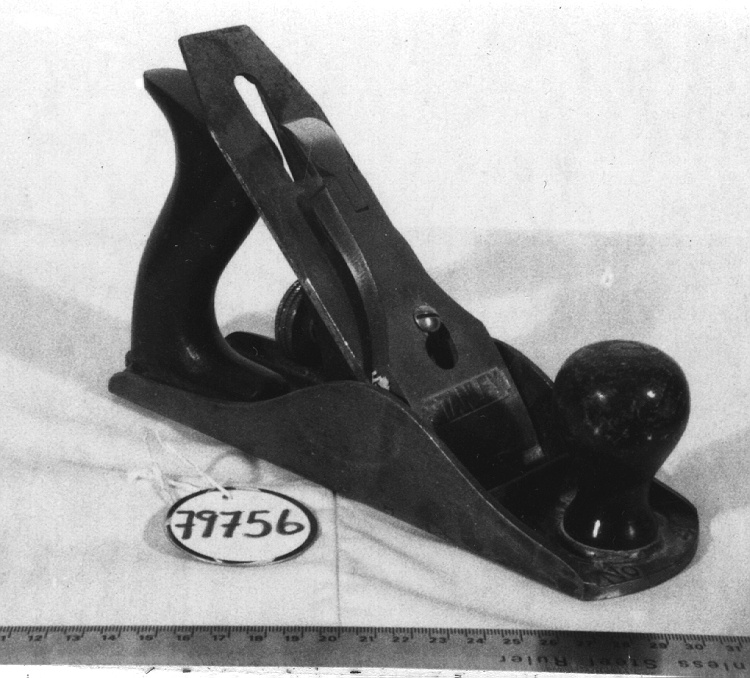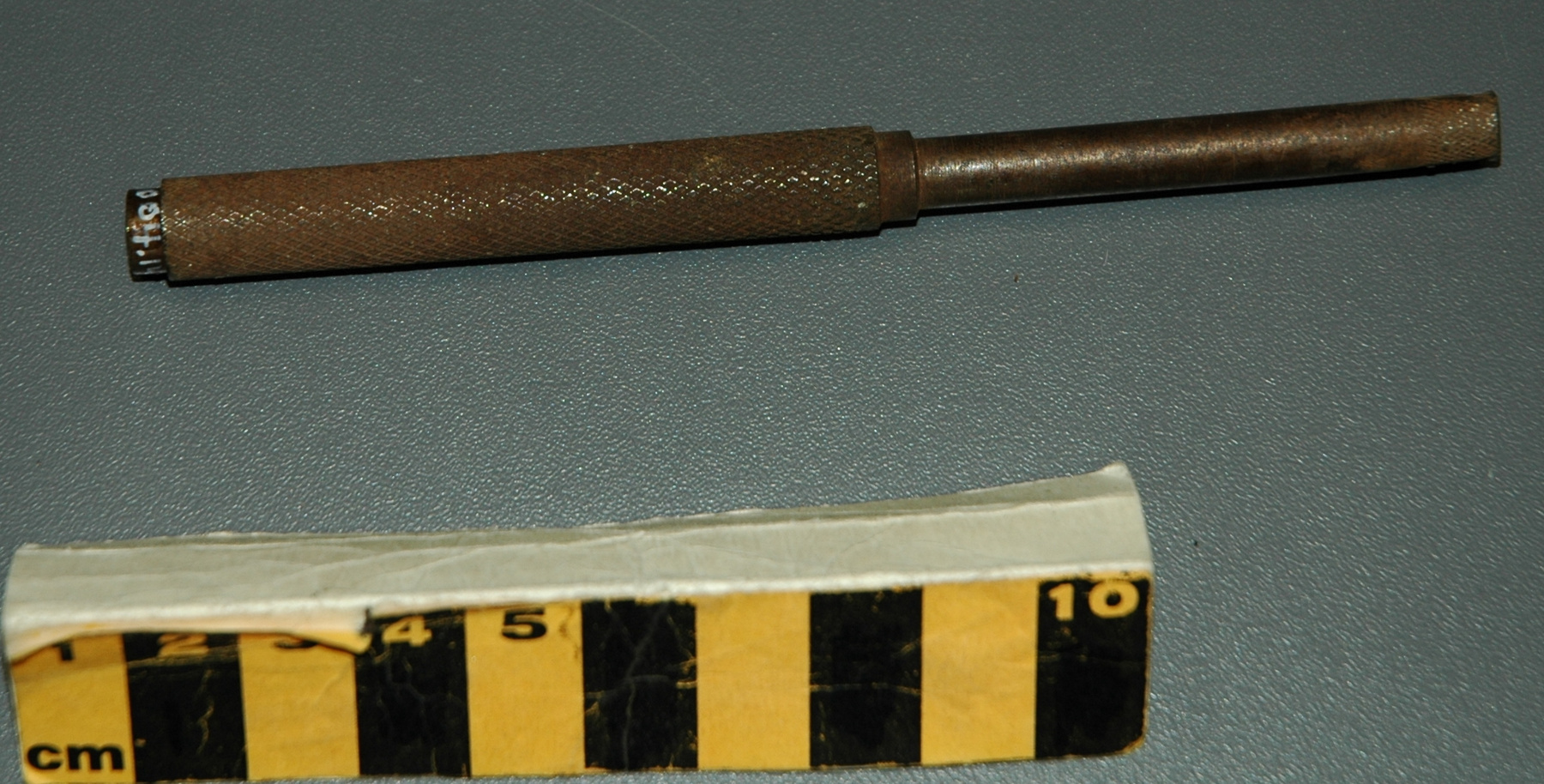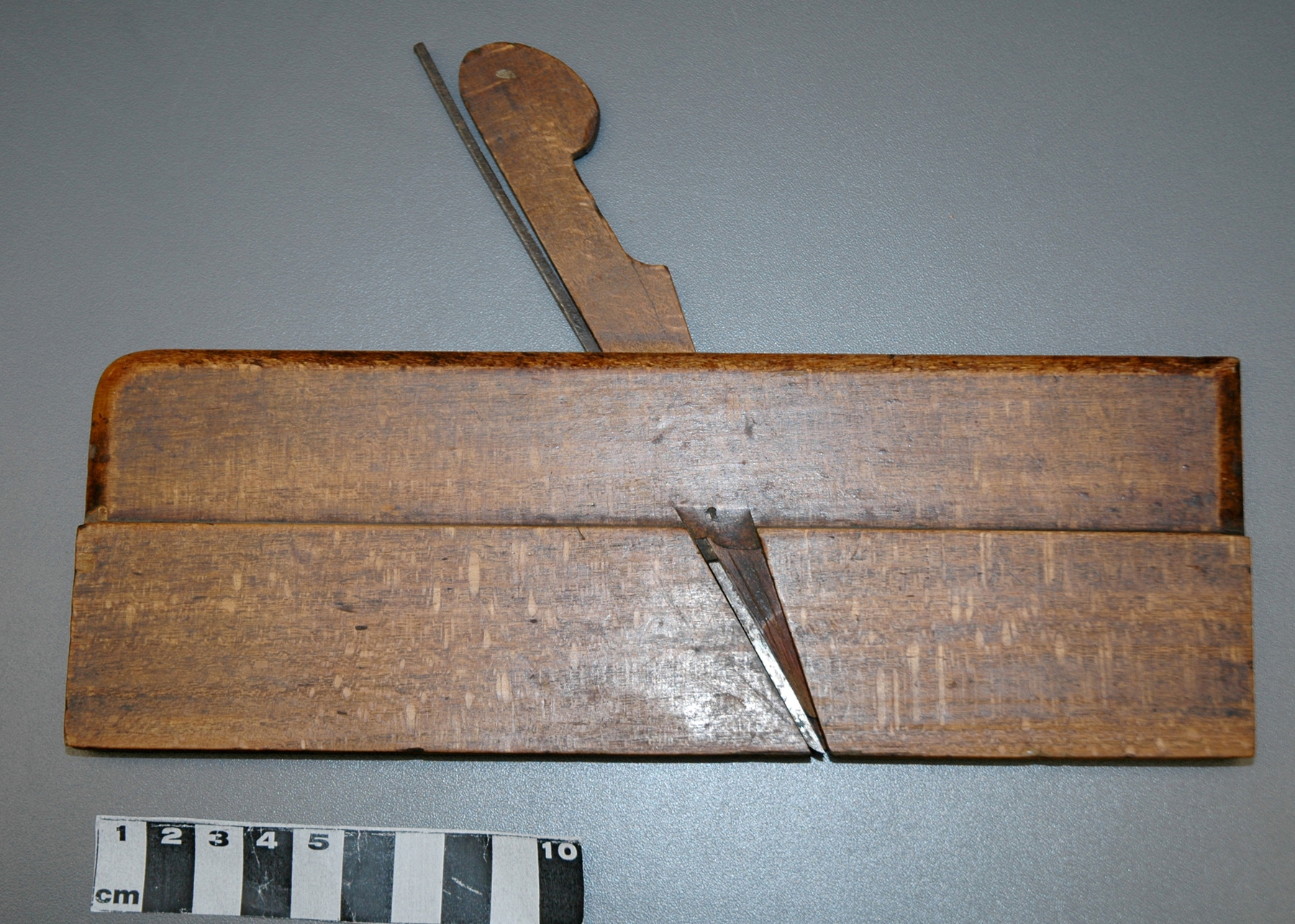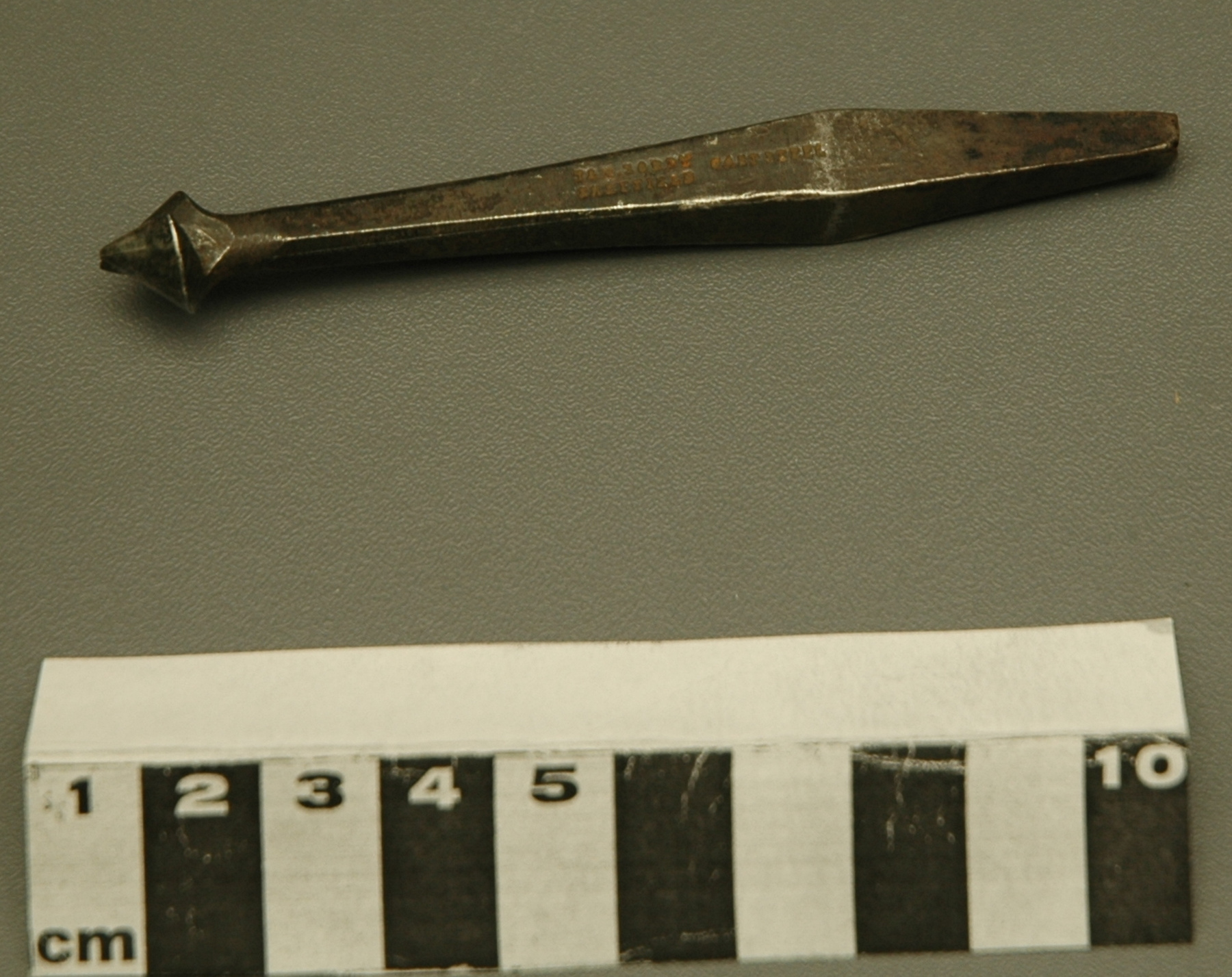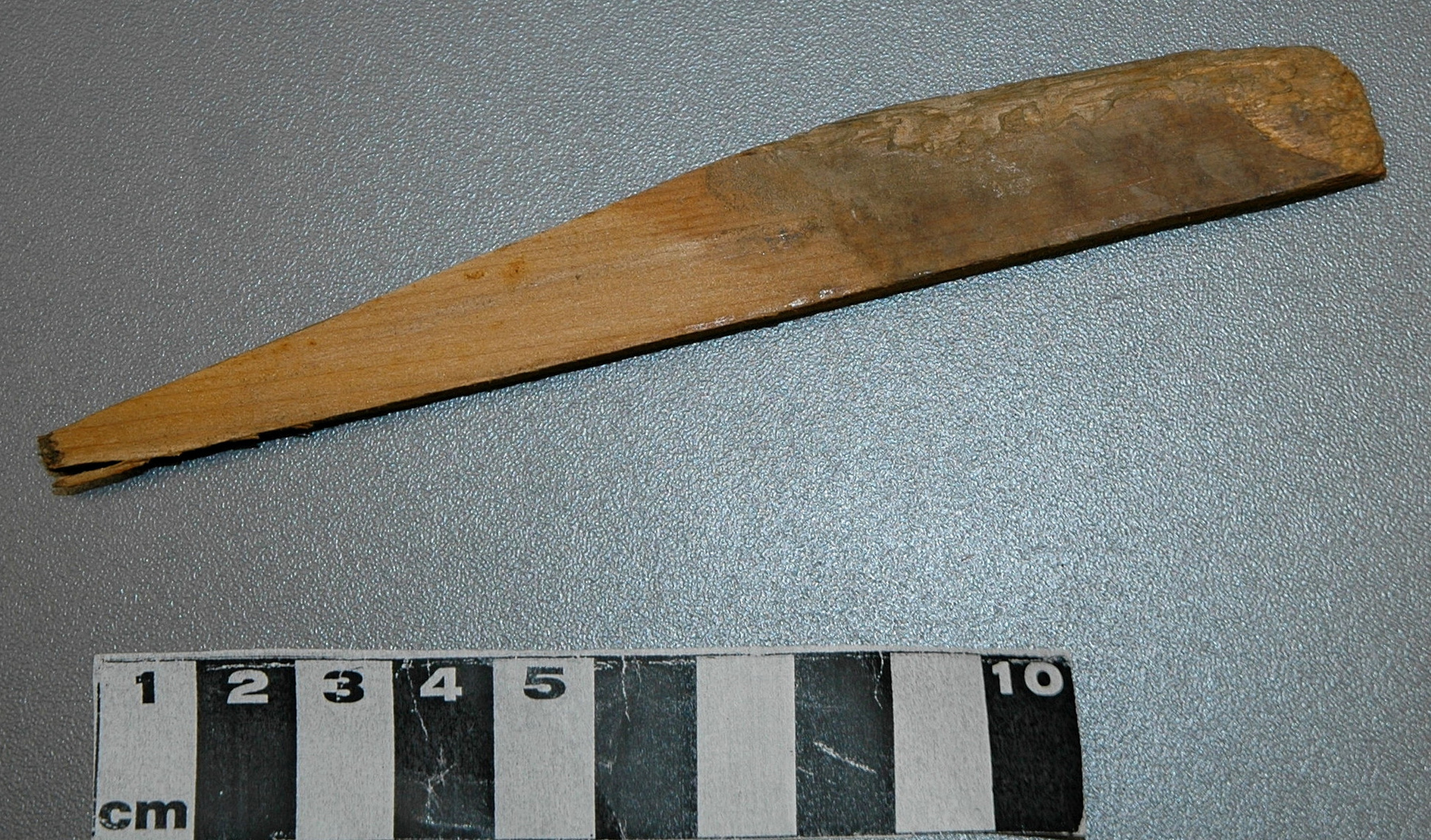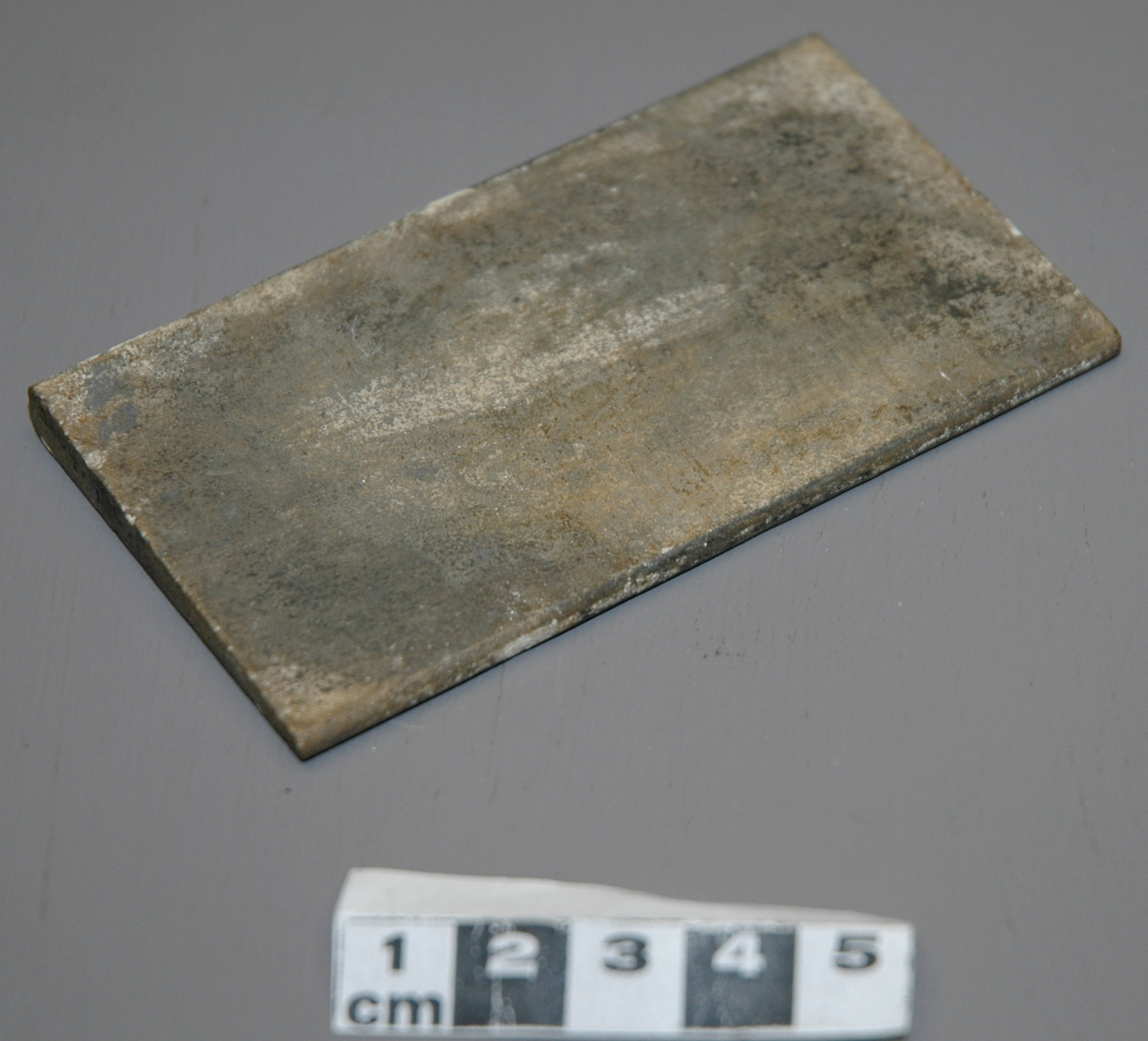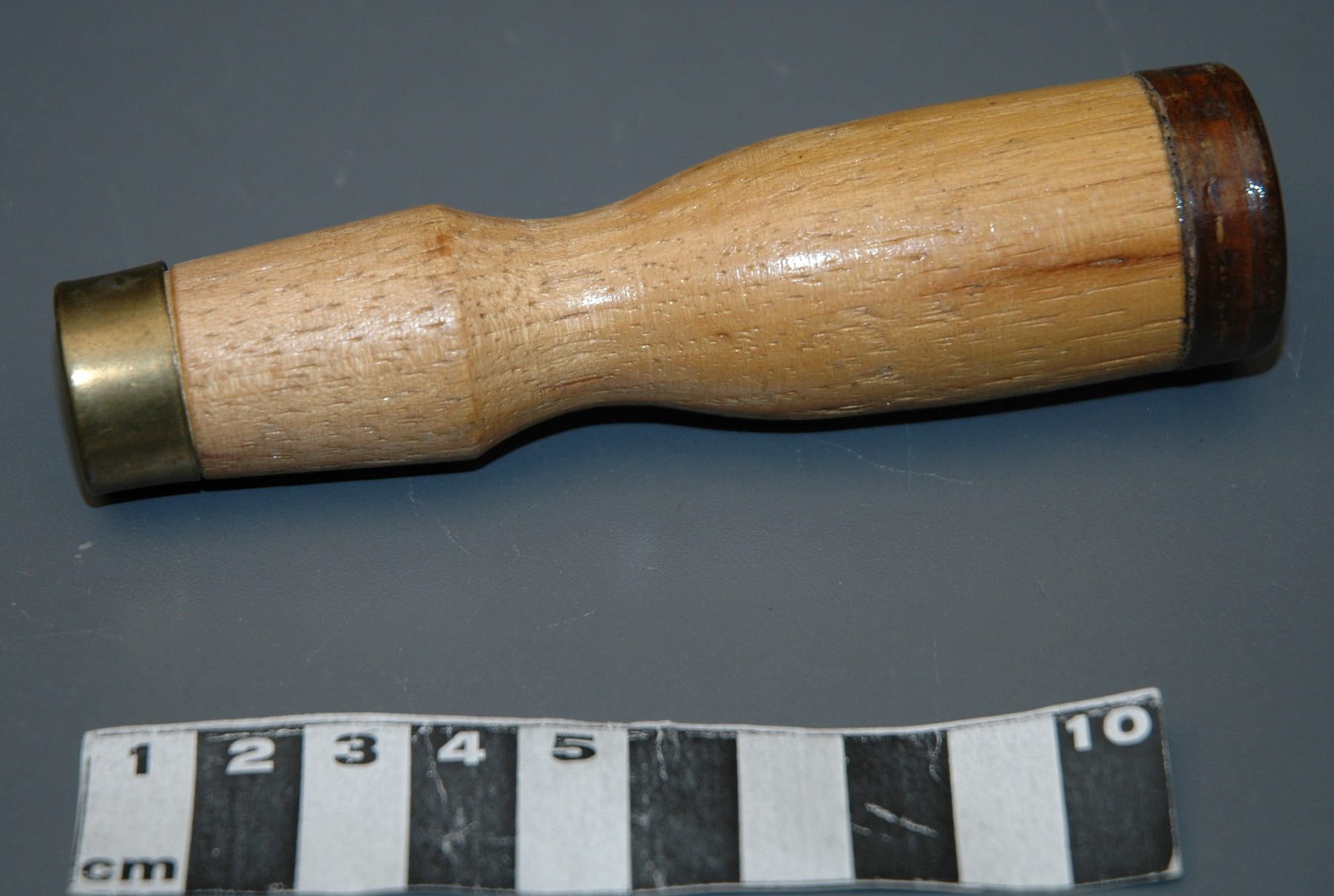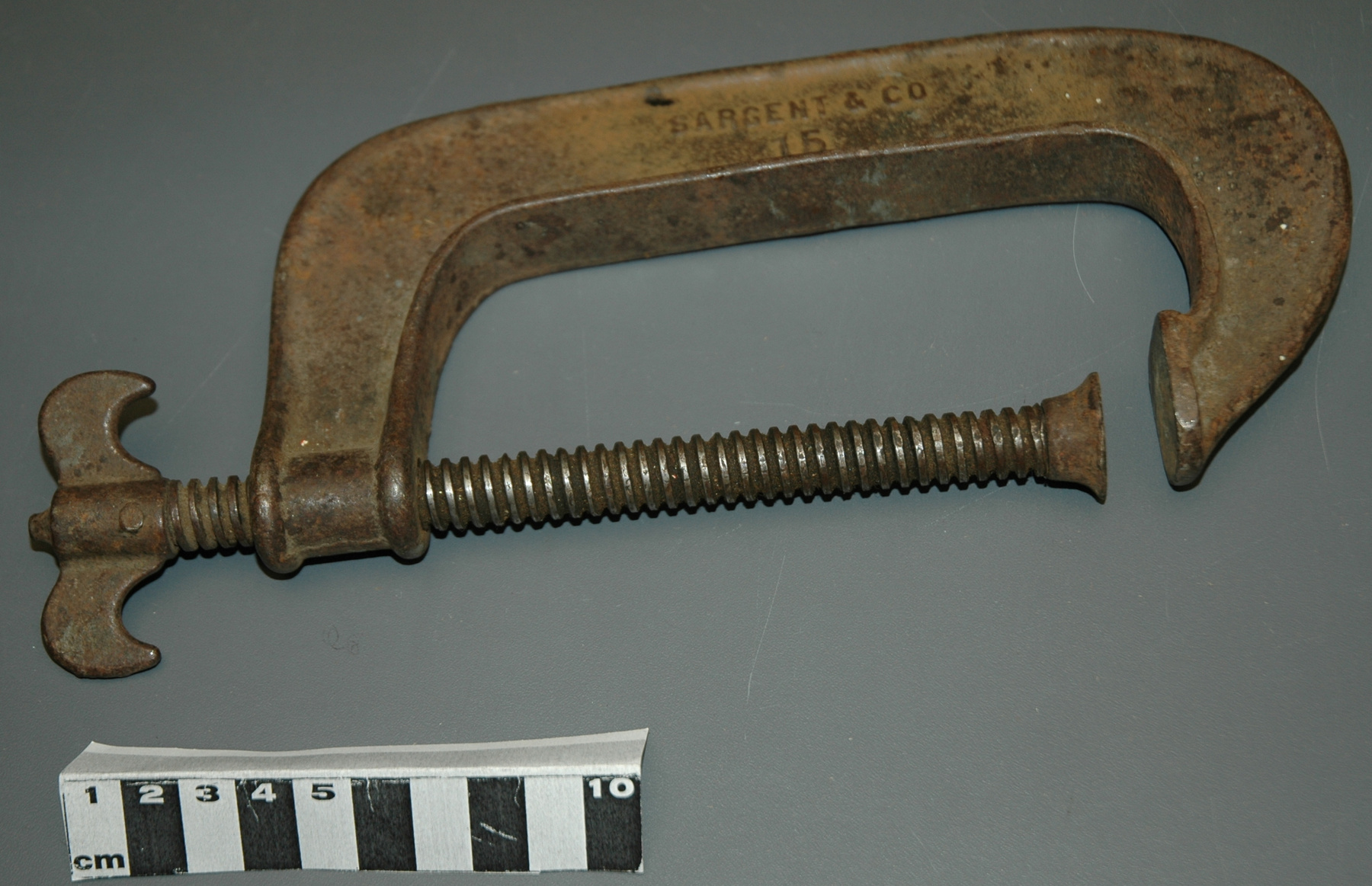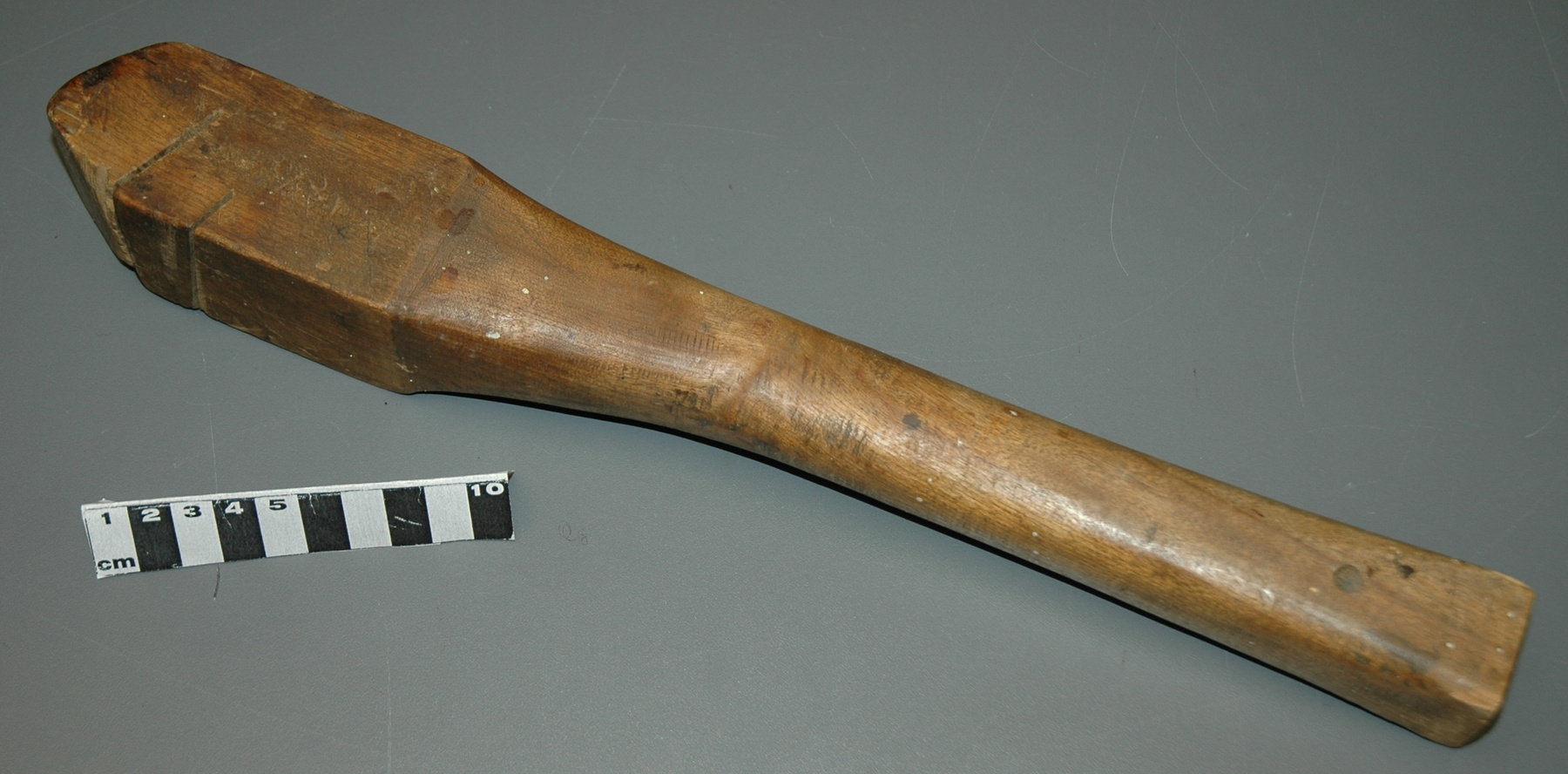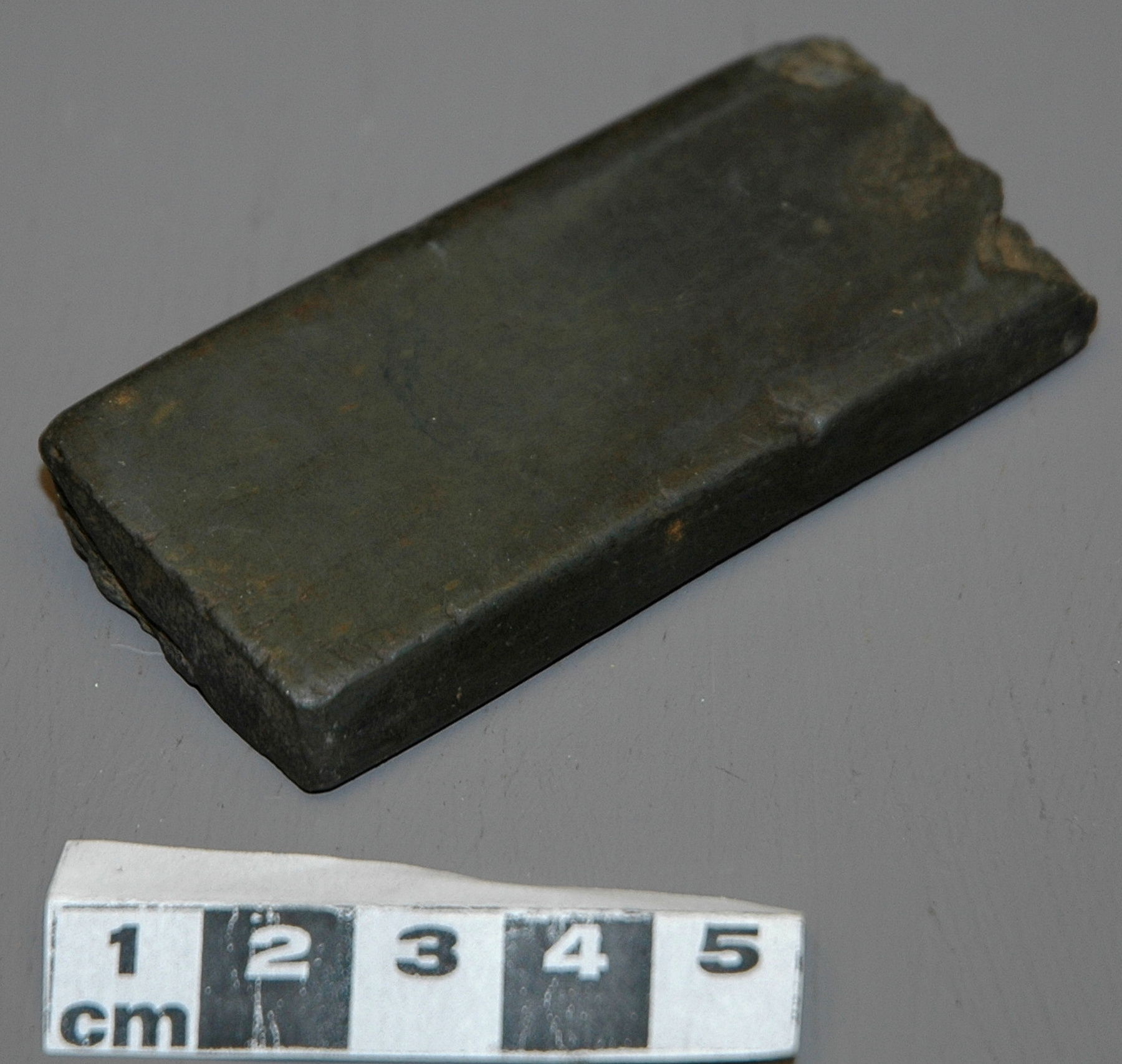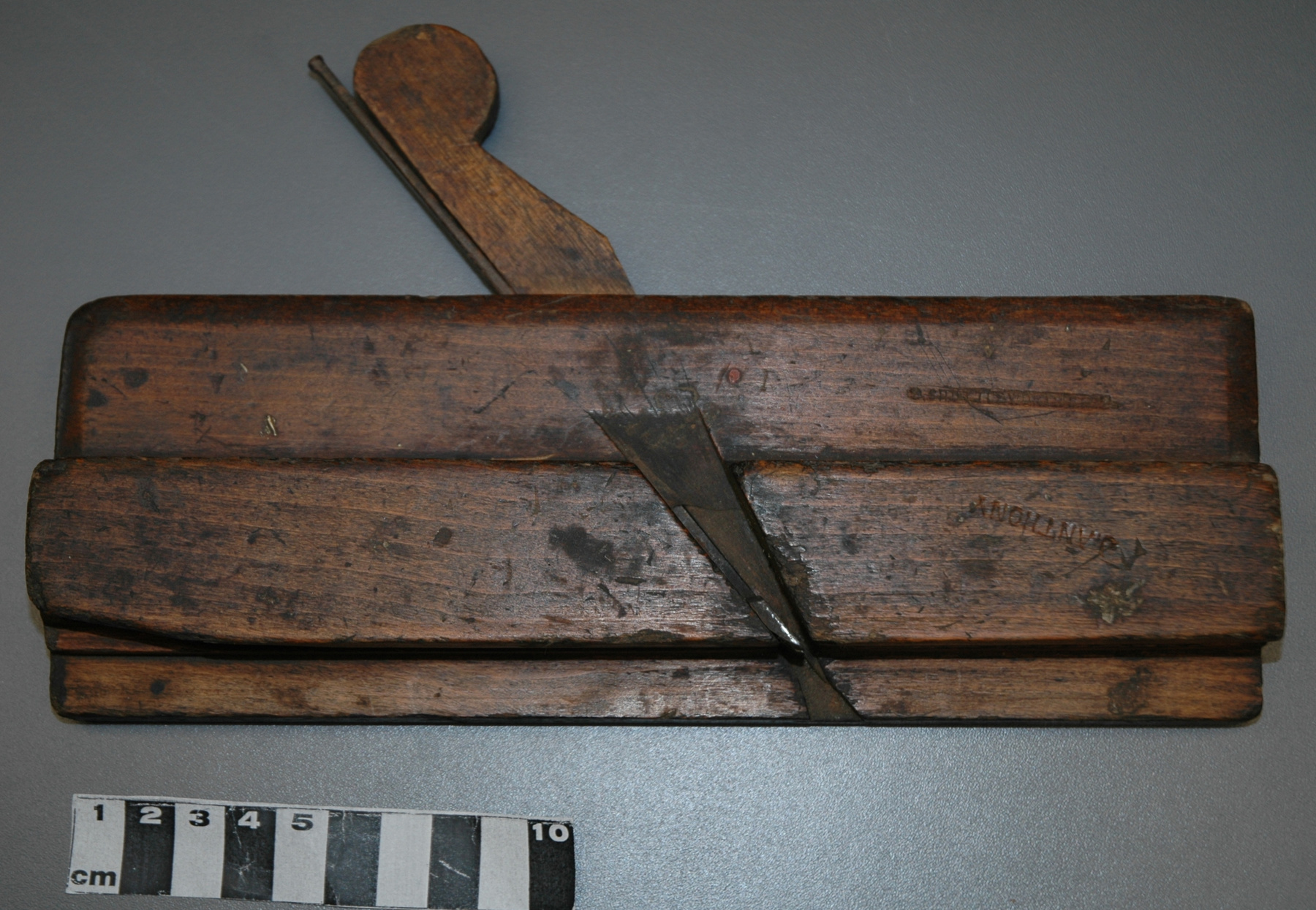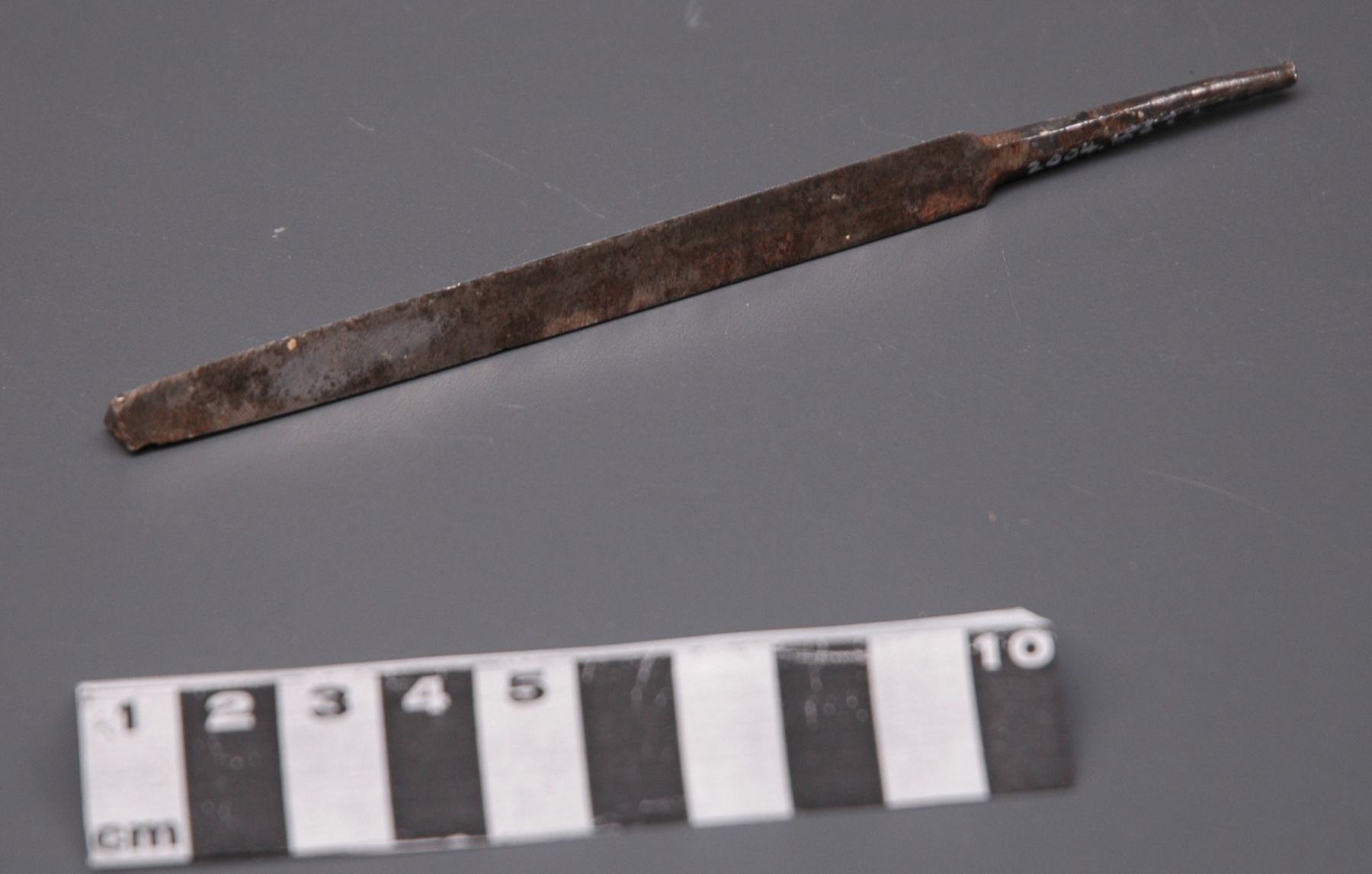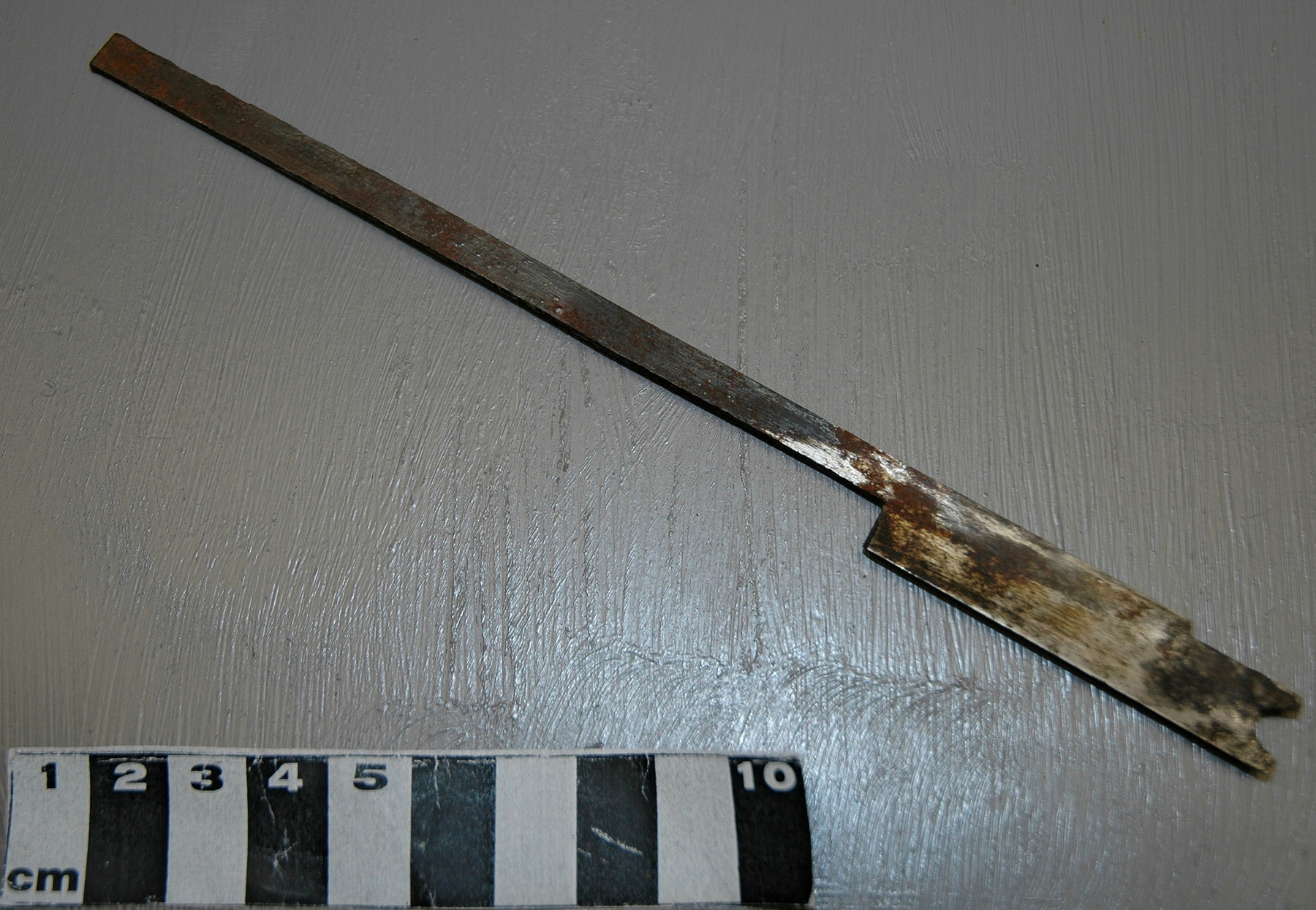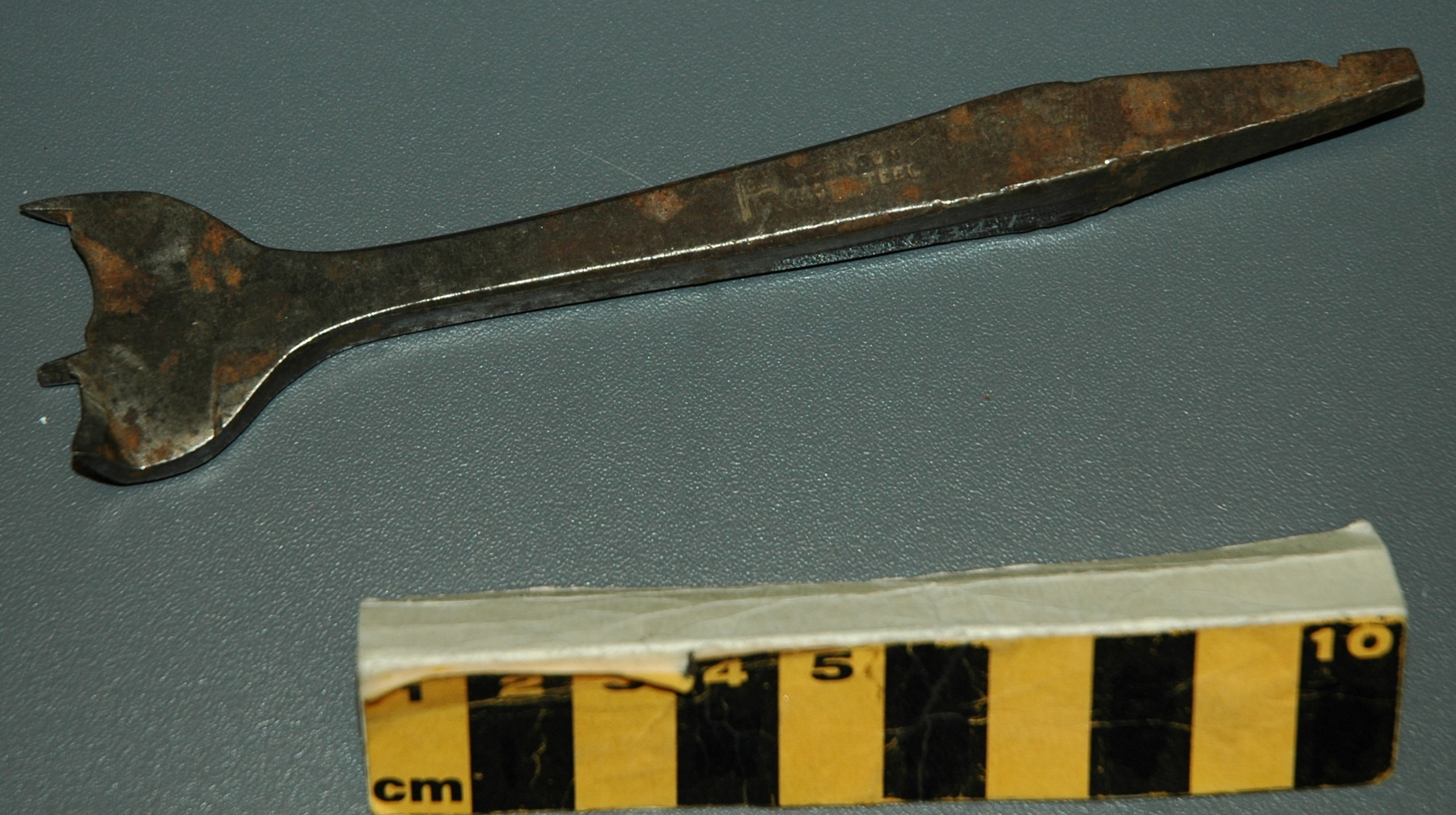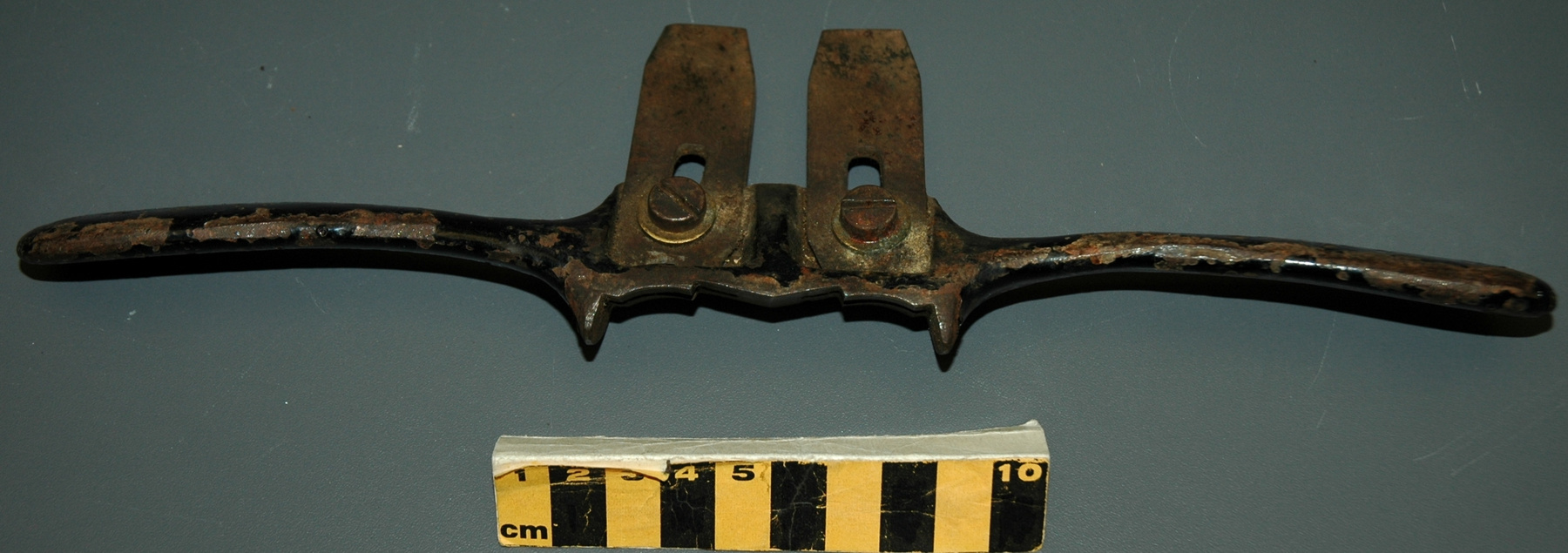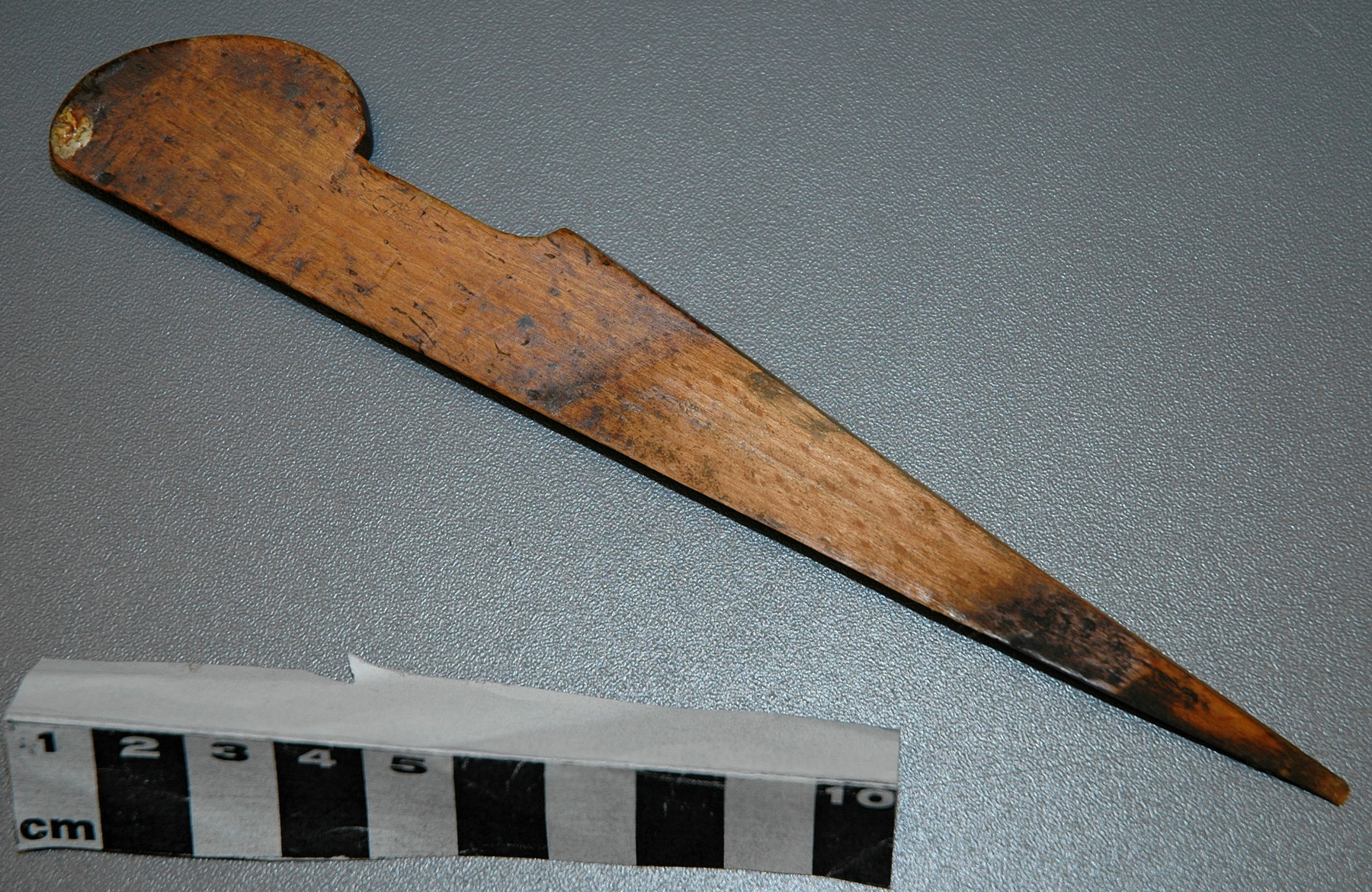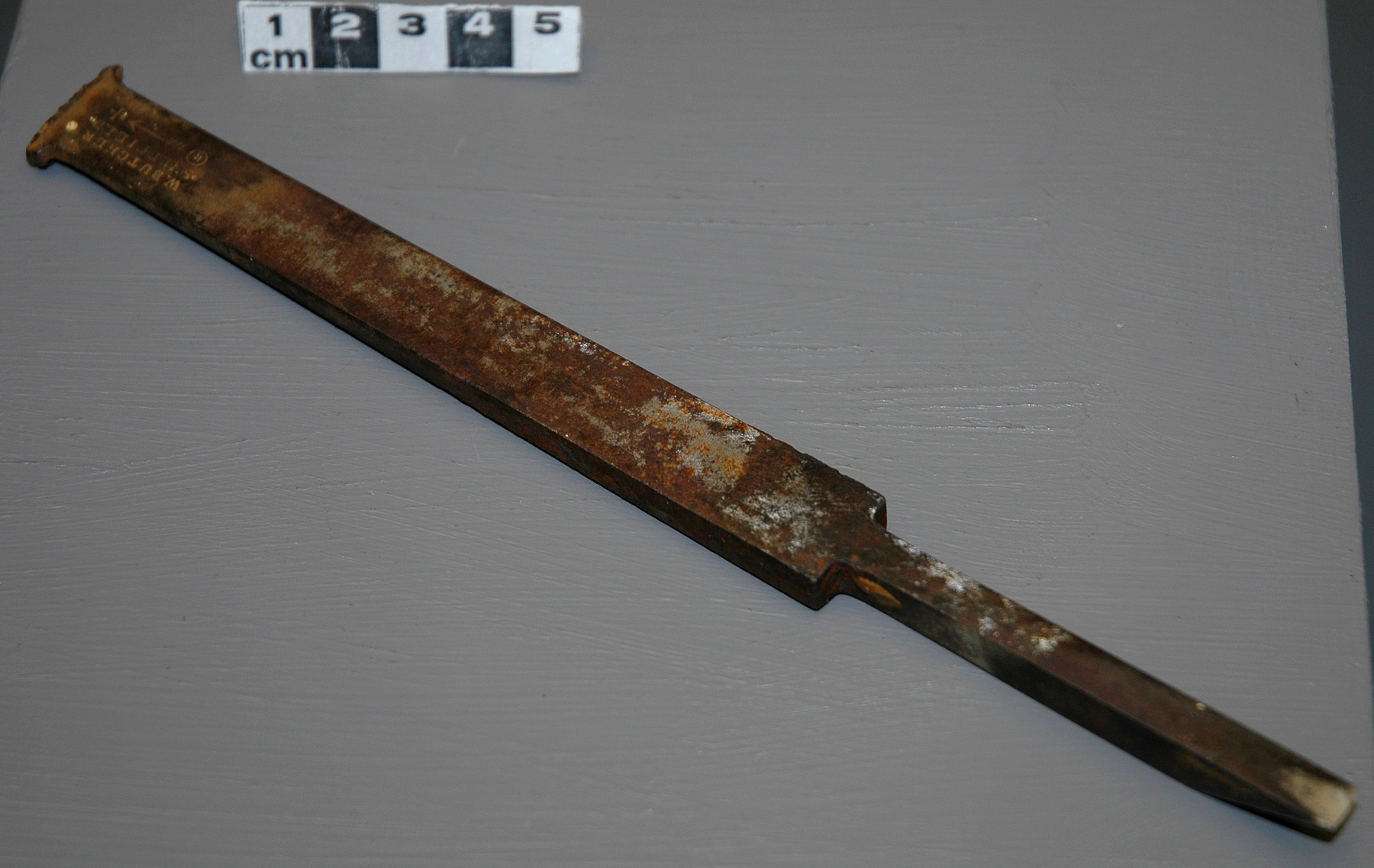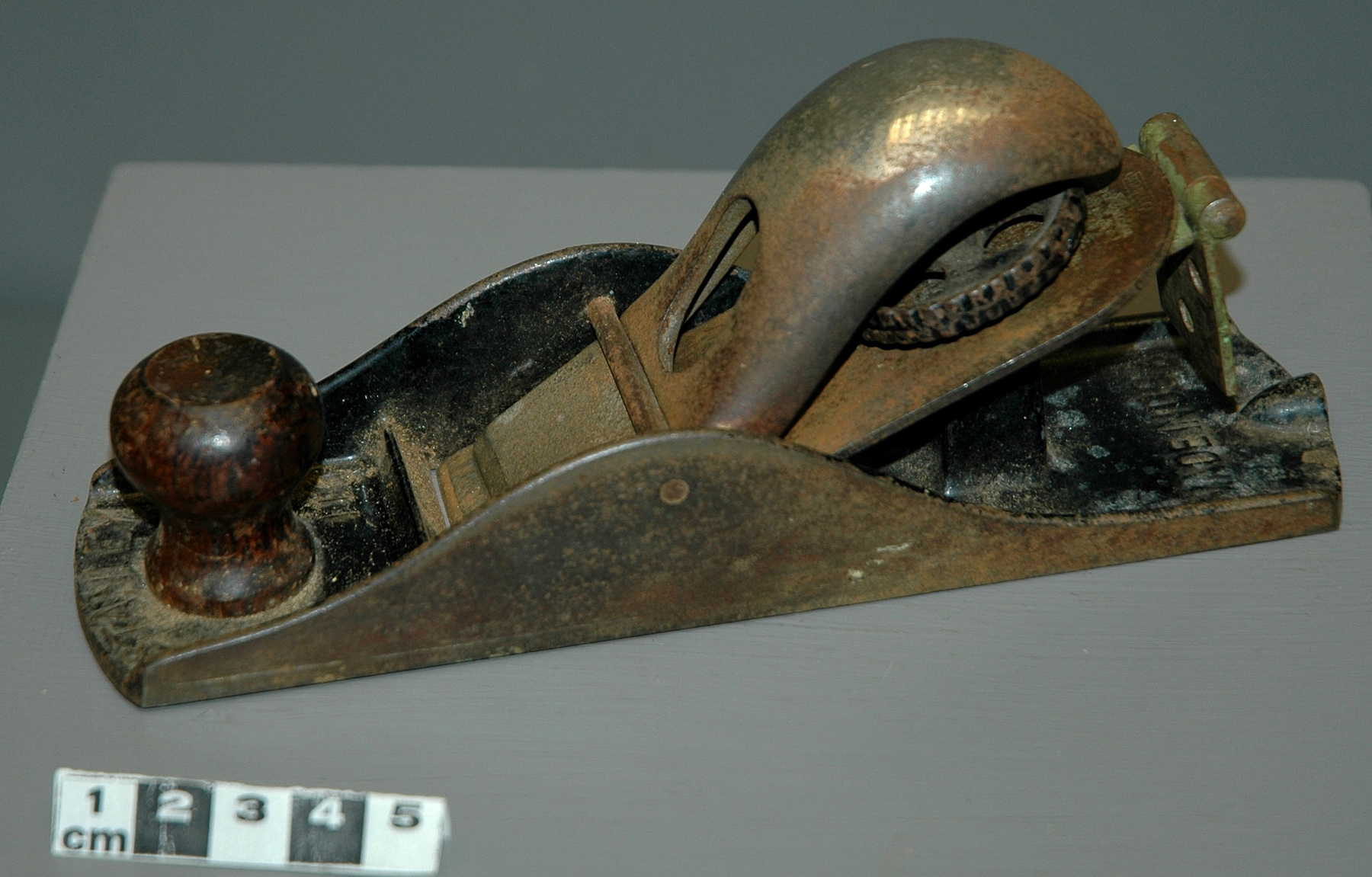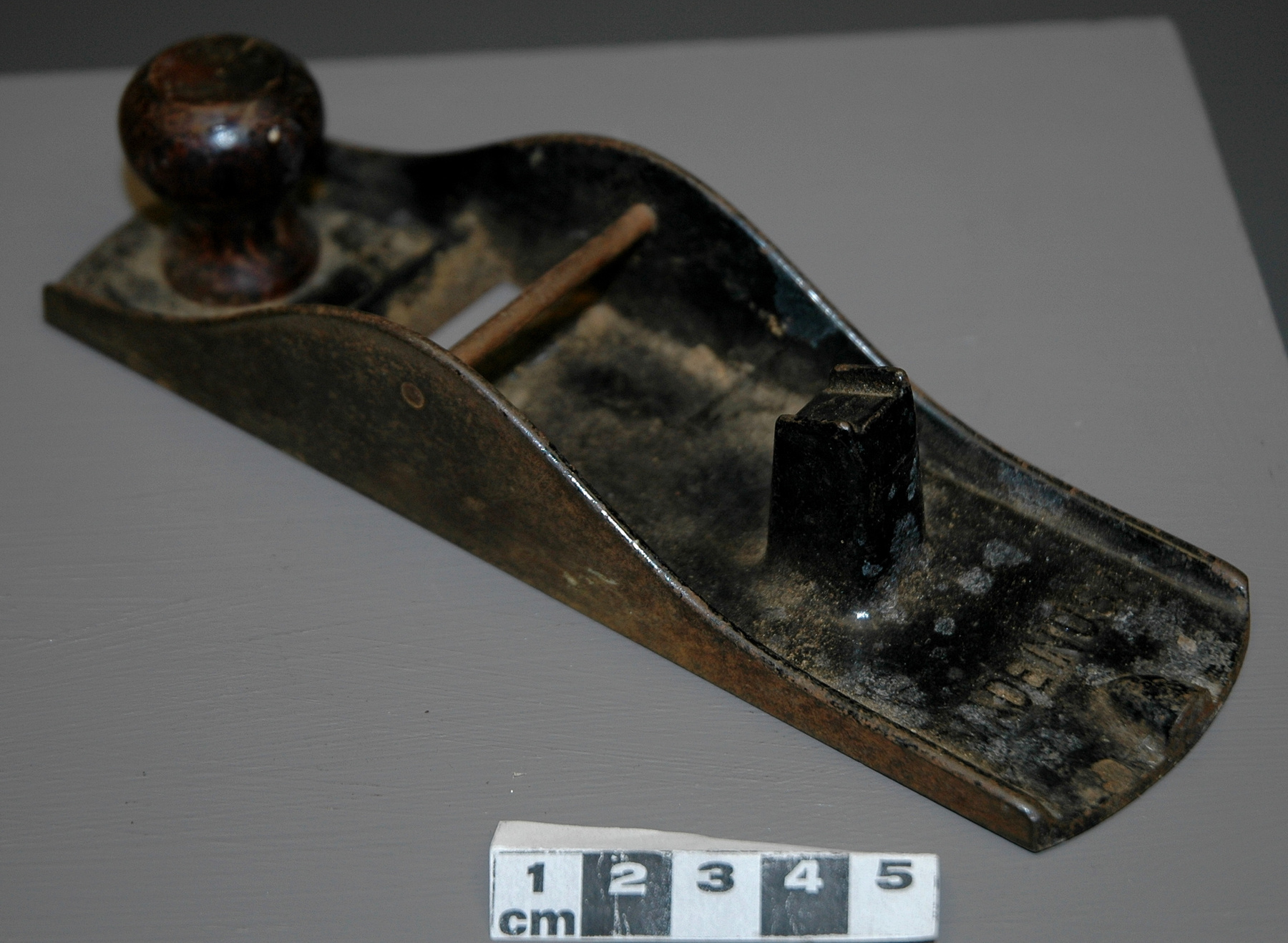Plane
Use this image
Can I reuse this image without permission? Yes
Object images on the Ingenium Collection’s portal have the following Creative Commons license:
Copyright Ingenium / CC BY-NC-ND (Attribution-NonCommercial 4.0 International (CC BY-NC 4.0)
ATTRIBUTE THIS IMAGE
Ingenium,
2004.1972.001
Permalink:
Ingenium is releasing this image under the Creative Commons licensing framework, and encourages downloading and reuse for non-commercial purposes. Please acknowledge Ingenium and cite the artifact number.
DOWNLOAD IMAGEPURCHASE THIS IMAGE
This image is free for non-commercial use.
For commercial use, please consult our Reproduction Fees and contact us to purchase the image.
- OBJECT TYPE
- metal/bench/smoothing/block
- DATE
- 1917
- ARTIFACT NUMBER
- 2004.1972.001
- MANUFACTURER
- Stanley
- MODEL
- 110
- LOCATION
- United States of America
More Information
General Information
- Serial #
- N/A
- Part Number
- 1
- Total Parts
- 5
- AKA
- body or stock
- Patents
- N/A
- General Description
- metal plane body; hardwood tote
Dimensions
Note: These reflect the general size for storage and are not necessarily representative of the object's true dimensions.
- Length
- 17.9 cm
- Width
- 5.1 cm
- Height
- 3.2 cm
- Thickness
- N/A
- Weight
- N/A
- Diameter
- N/A
- Volume
- N/A
Lexicon
- Group
- Industrial Technology
- Category
- Tools-Hand
- Sub-Category
- N/A
Manufacturer
- AKA
- Stanley
- Country
- United States of America
- State/Province
- Unknown
- City
- Unknown
Context
- Country
- Canada
- State/Province
- Ontario
- Period
- This example presumably used after 1917 and until late 1940s; possibly used later.
- Canada
-
Part of a collection of hand tools belonging to James Anthony (1883-1966), an English born and trained carpenter who came to Canada c. 1910 and worked in and around Ottawa, ON. Following the 1916 fire which destroyed the Parliament buildings and damaged the Library, Mr. Anthony was hired as a foreman with the restoration crews. Until 1920, he was involved in the rebuilding of the Peace Tower and the installation of new windows at the Library of Parliament. He later worked with various builders in the Ottawa area, retiring in the late1940s. After his death in 1966 the tools were given to his son Jack, who in turn donated them to CSTMC. [Ref. 1] - Function
-
To shape and smooth surface of wood by removing thin, narrow strips. - Technical
-
This model of block plane was a very popular Stanley product, but it's design was limited and somewhat flawed. Earlier models [. 1876-early 1880s] featured decorative casting details on the iron cap, which was fitted with a tightening wheel. No adjustment mechanism was provided on the plane for it's cutting blade: irons had to be set by hand. The front knob [or 'tote'] was prone to falling off: many users drilled through the main casting and secured the knob to the plane with a screw. [Ref.3] 110's were often in need of repairs: in this example, a homemade "fix" employed was the use of a shim [.5] to exert sufficient pressure on the iron and cap to secure both within plane. - Area Notes
-
Unknown
Details
- Markings
- "STANLEY/ NO. 110" and "MADE IN U.S.A." cast in raised print on either end of plane body.
- Missing
- None.
- Finish
- All metal, save wooden knob. Black Japanned [?] finish is worn, but mostly present on topmost surfaces of plane body.
- Decoration
- N/A
CITE THIS OBJECT
If you choose to share our information about this collection object, please cite:
Stanley, Plane, after 1917, Artifact no. 2004.1972, Ingenium – Canada’s Museums of Science and Innovation, http://collection.ingeniumcanada.org/en/item/2004.1972.001/
FEEDBACK
Submit a question or comment about this artifact.
More Like This
